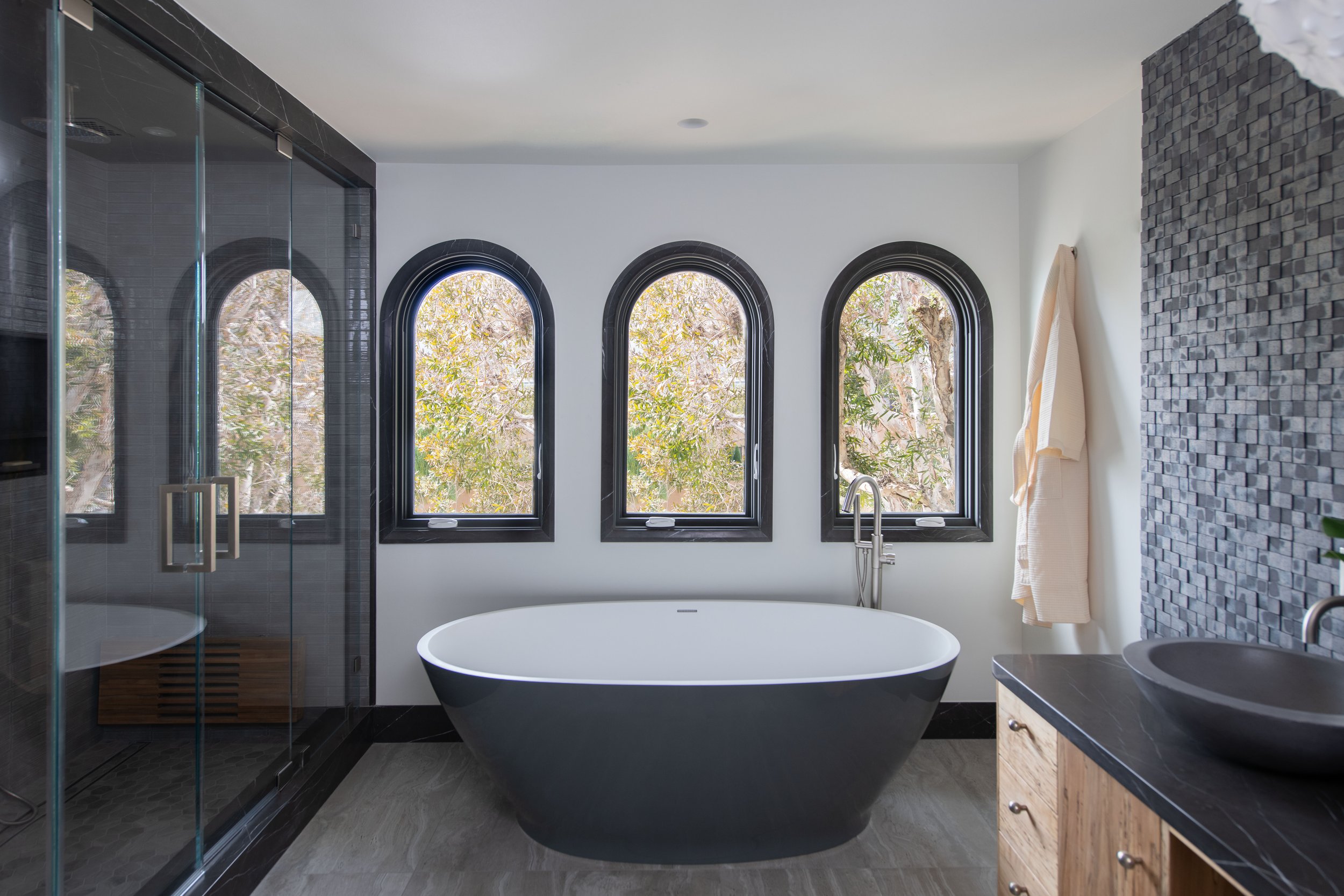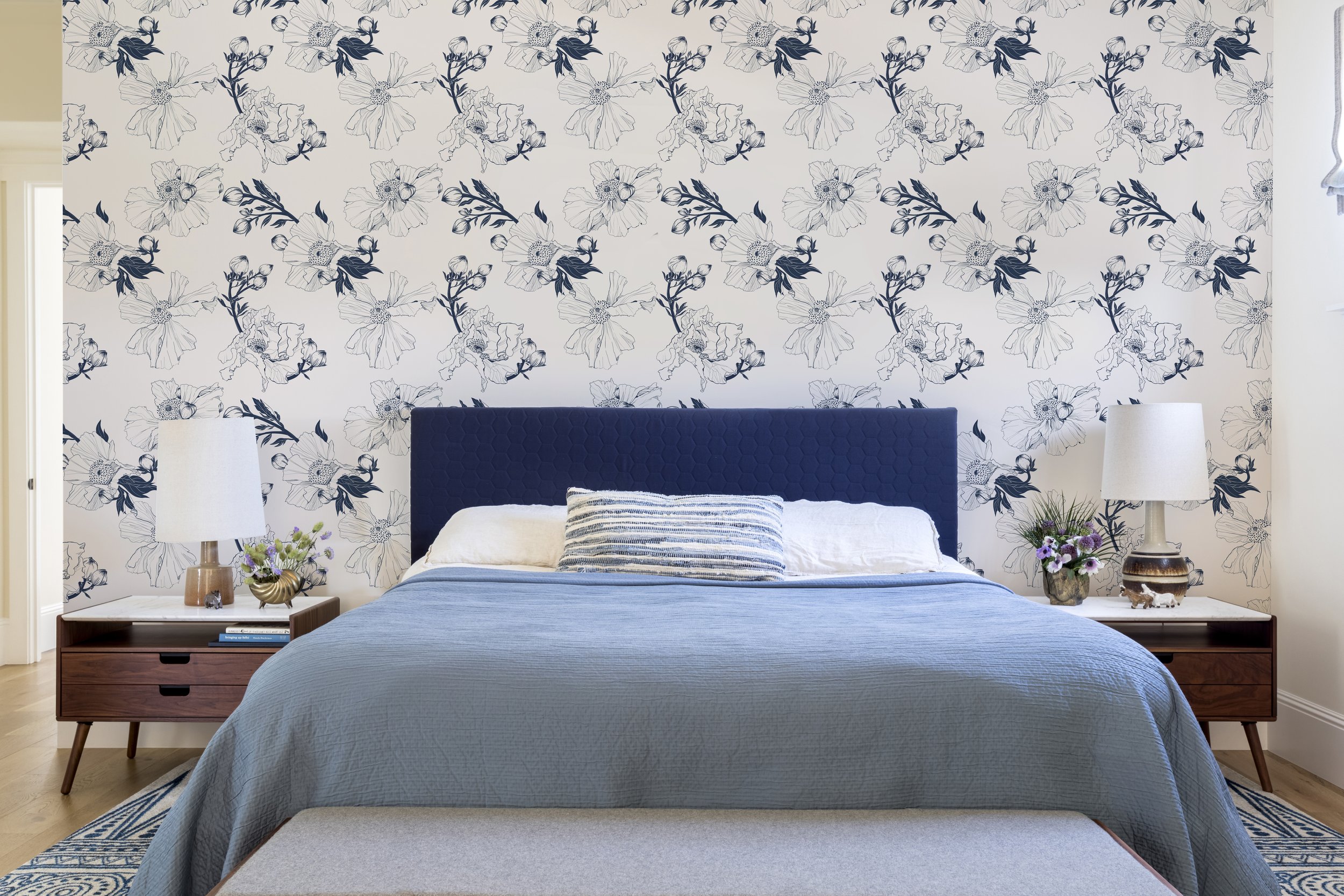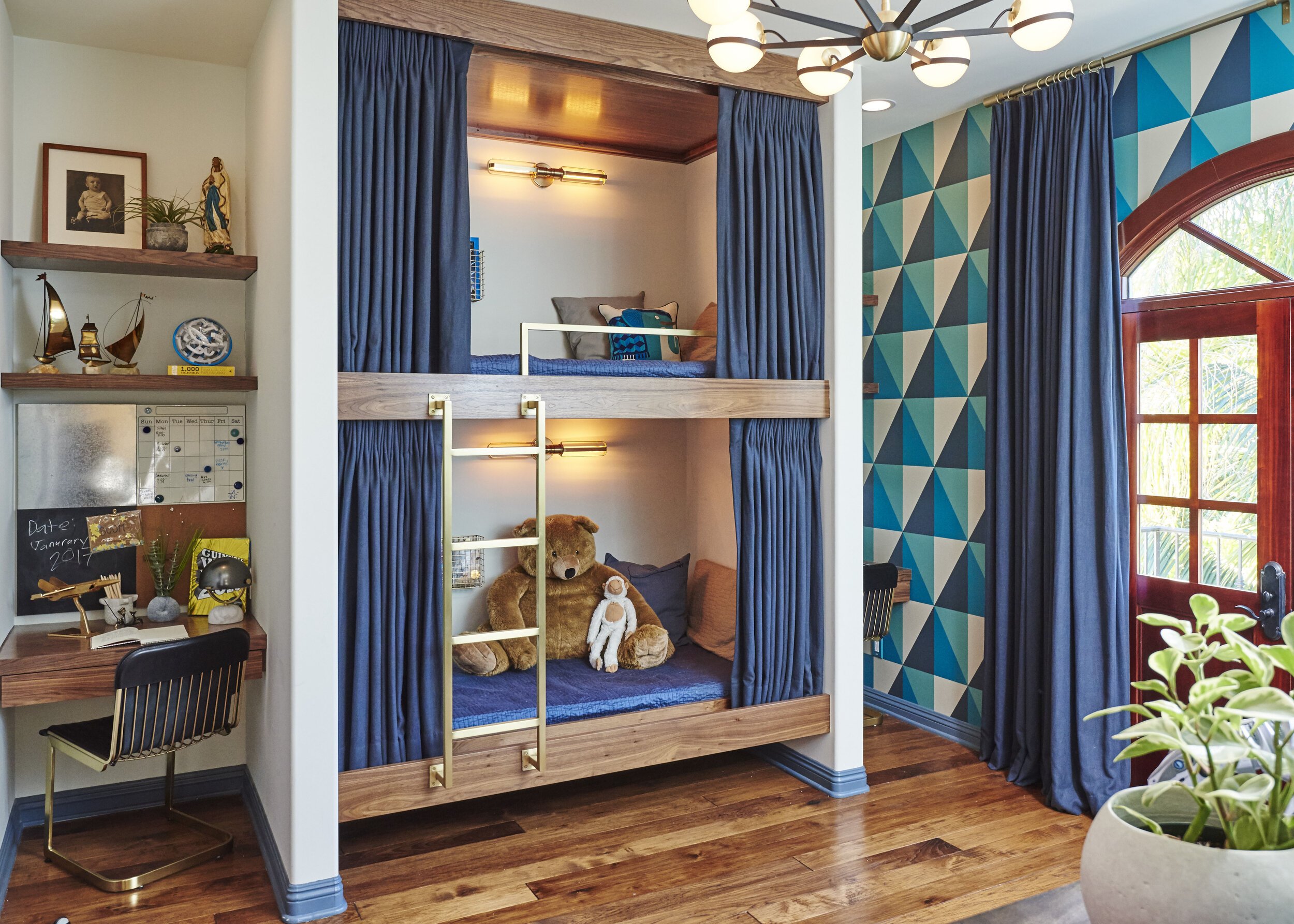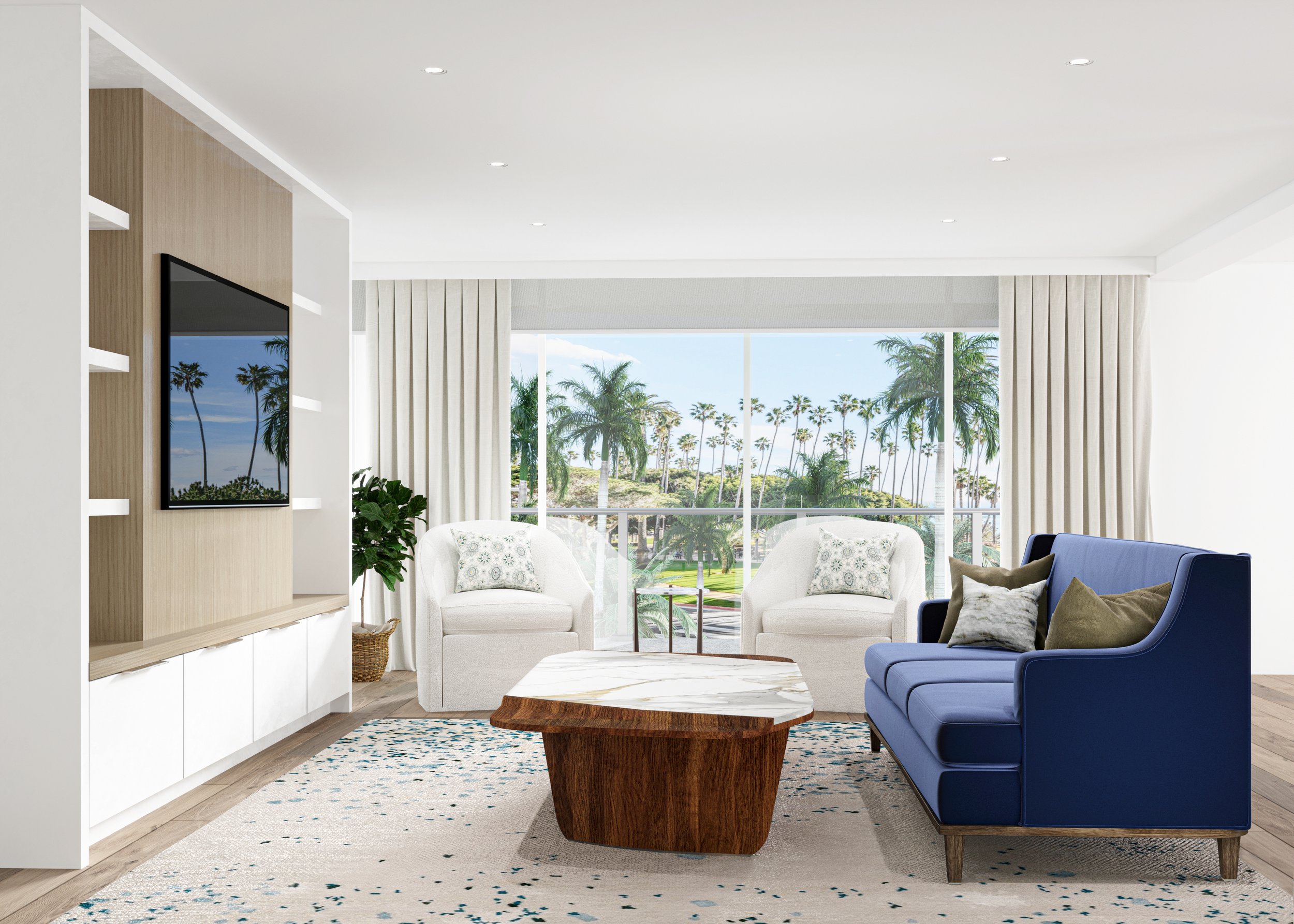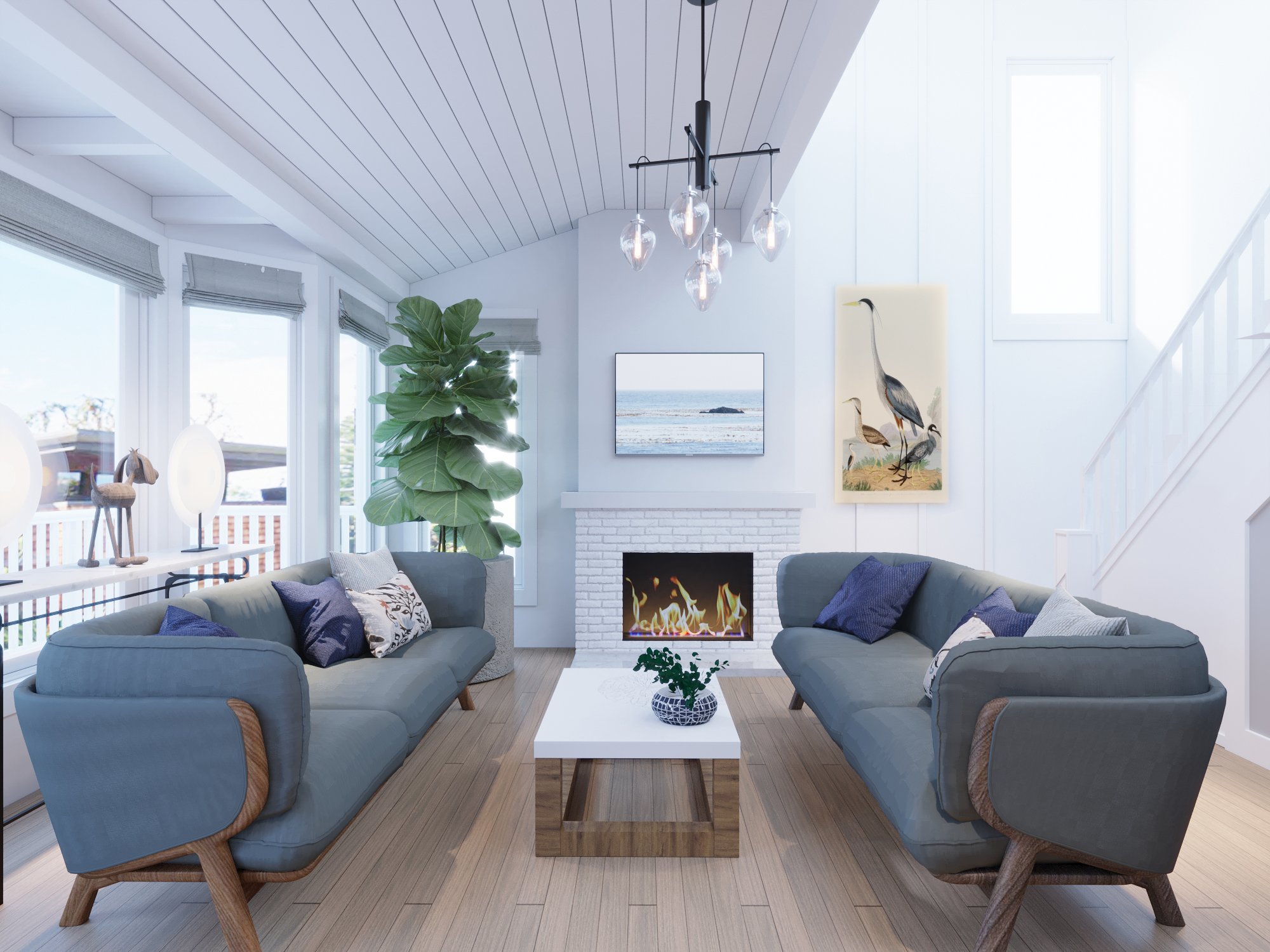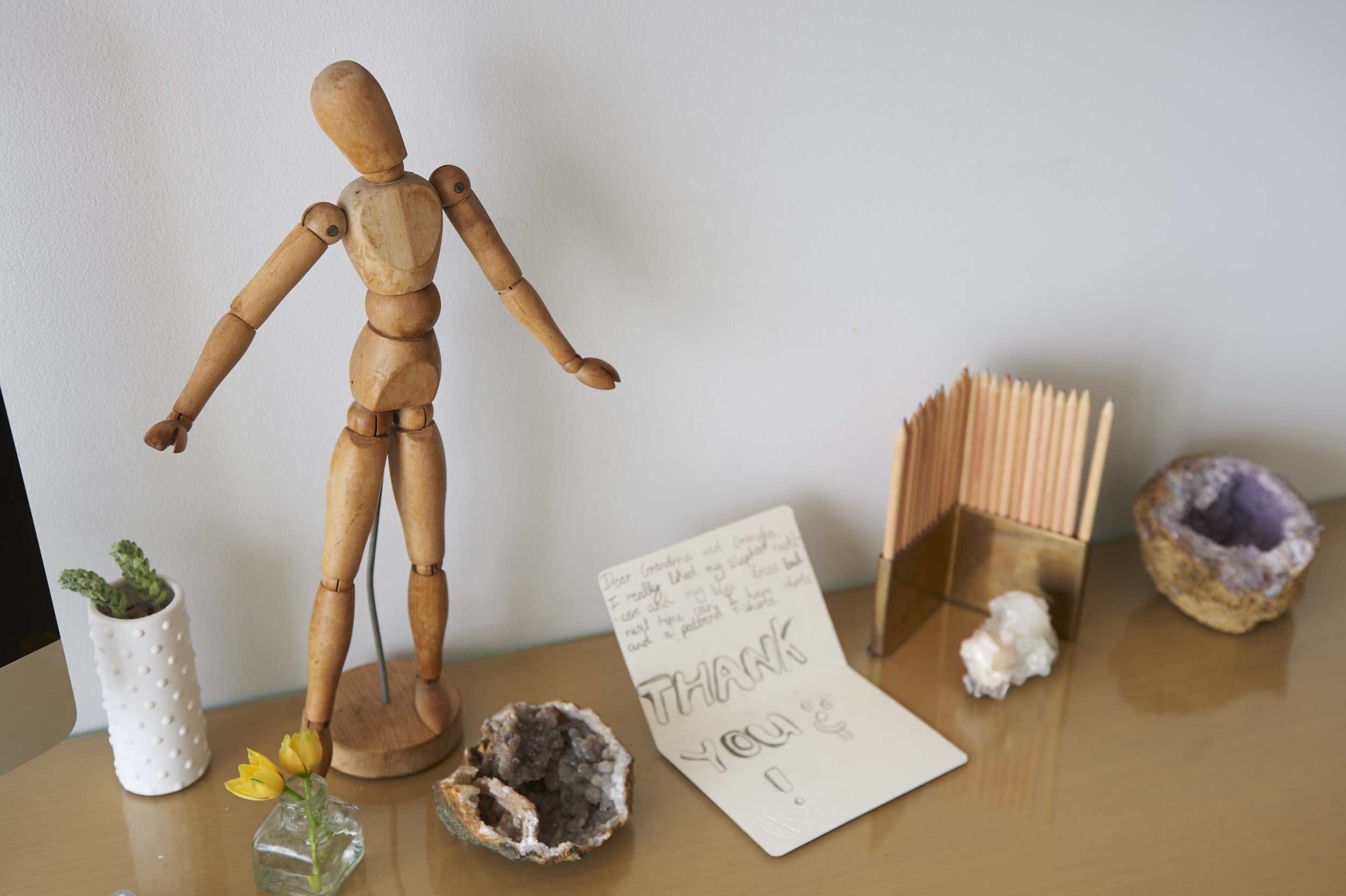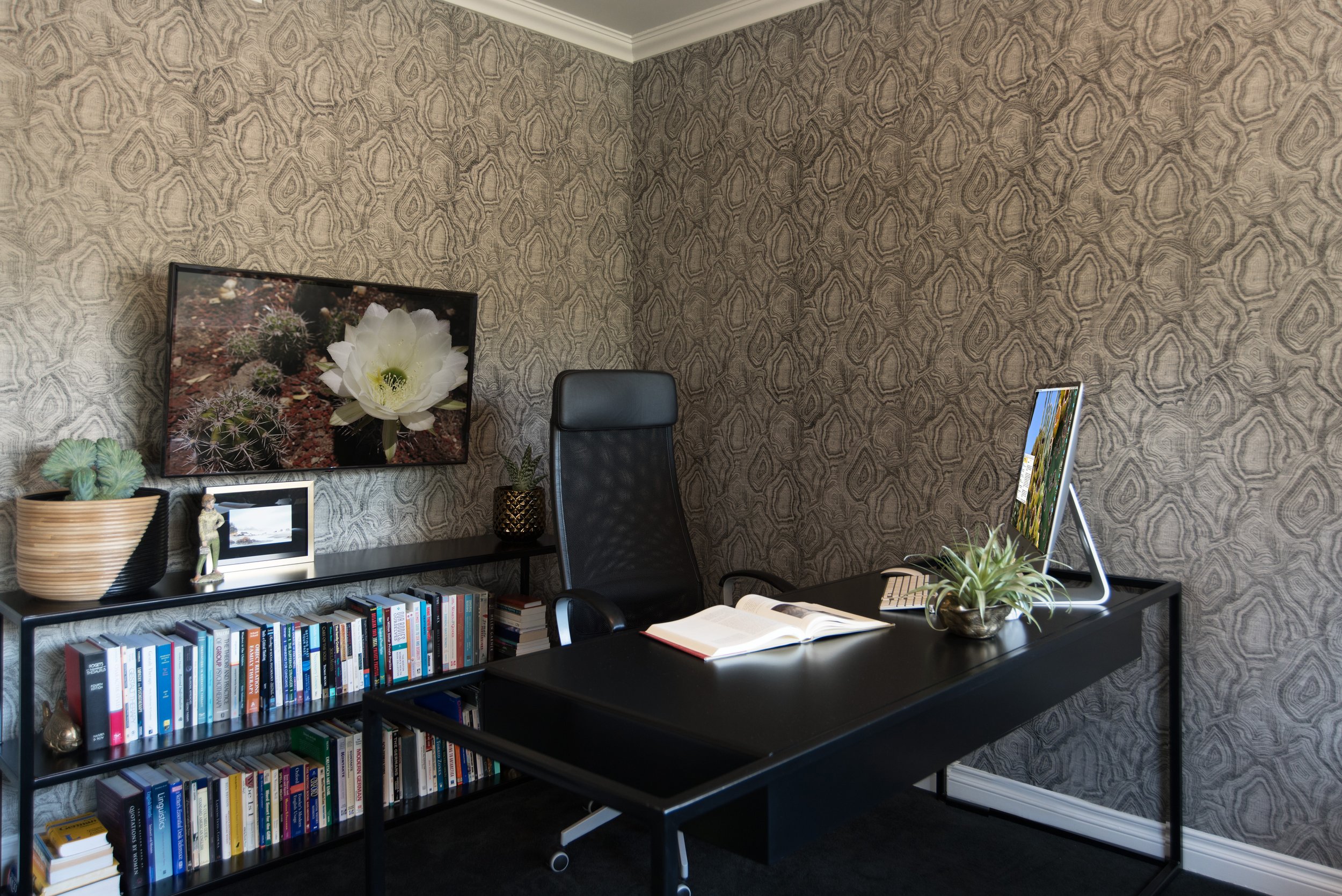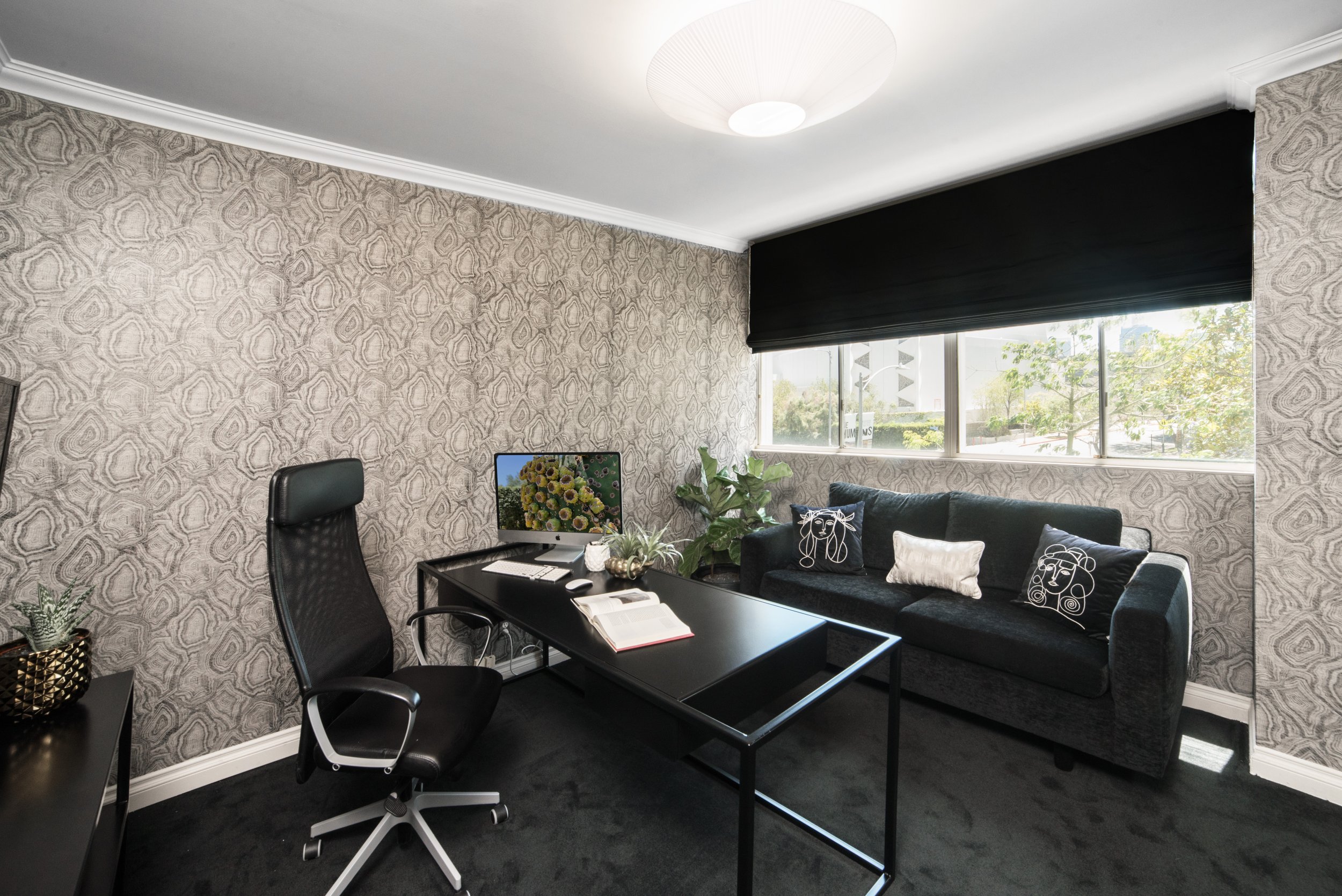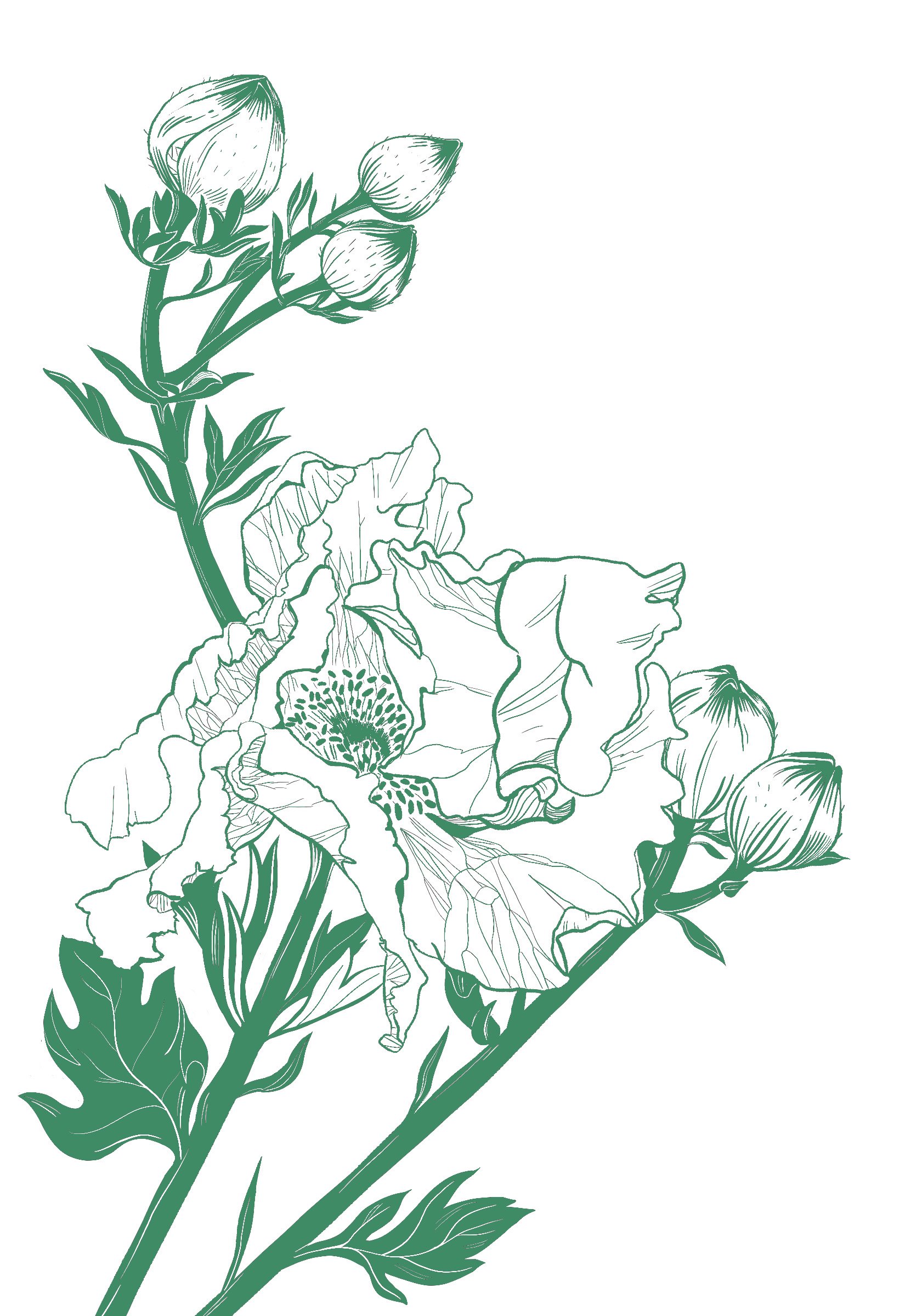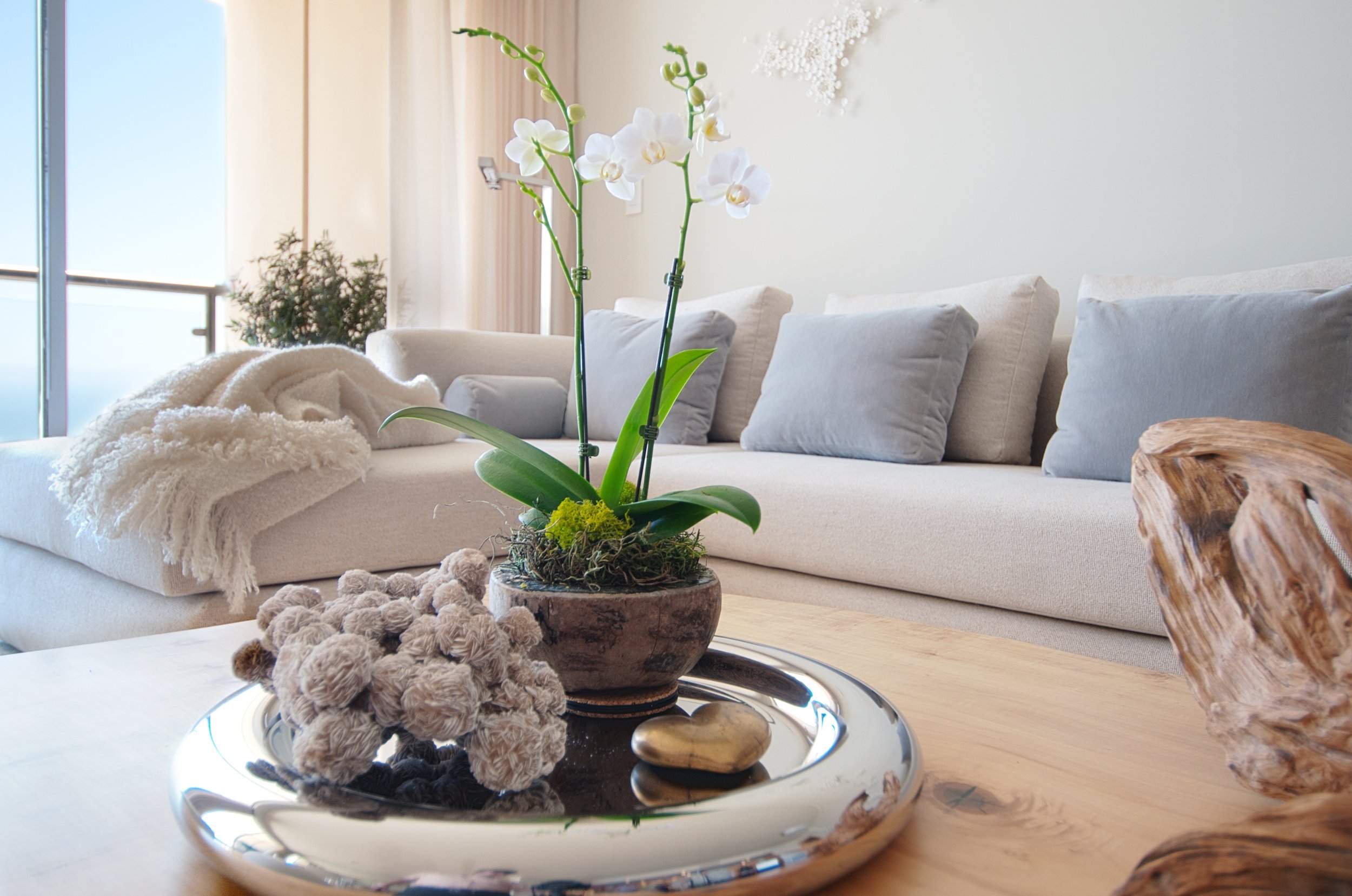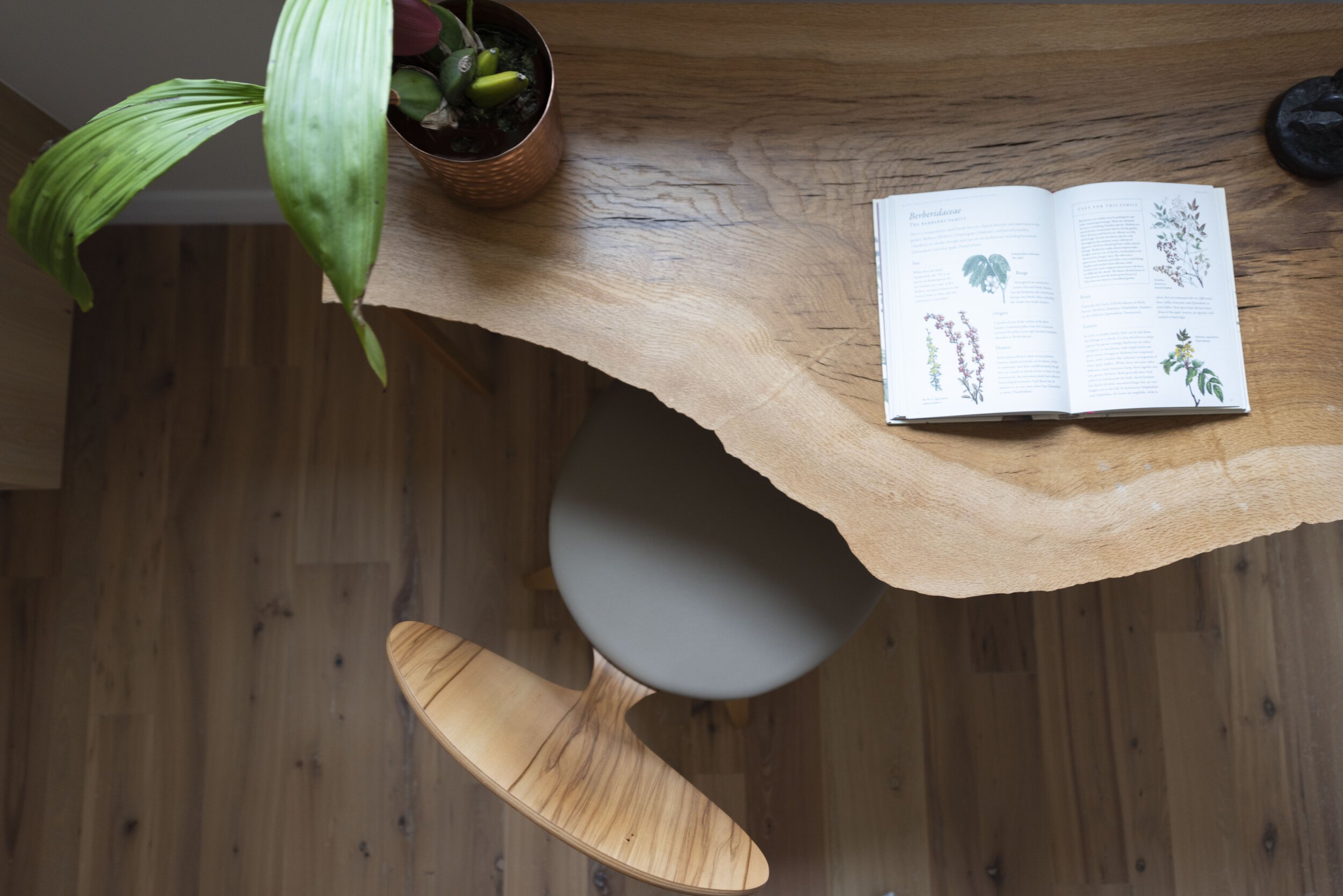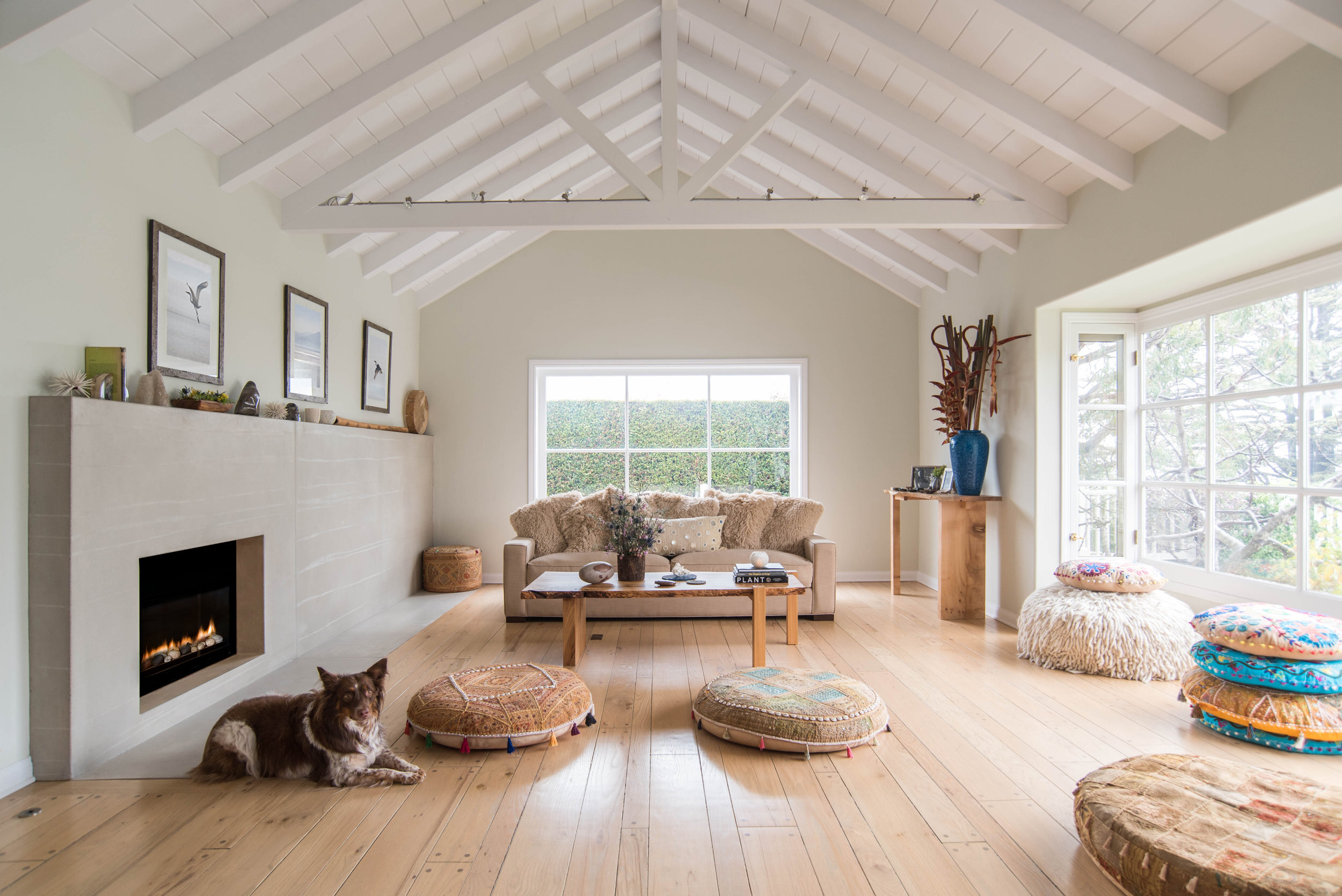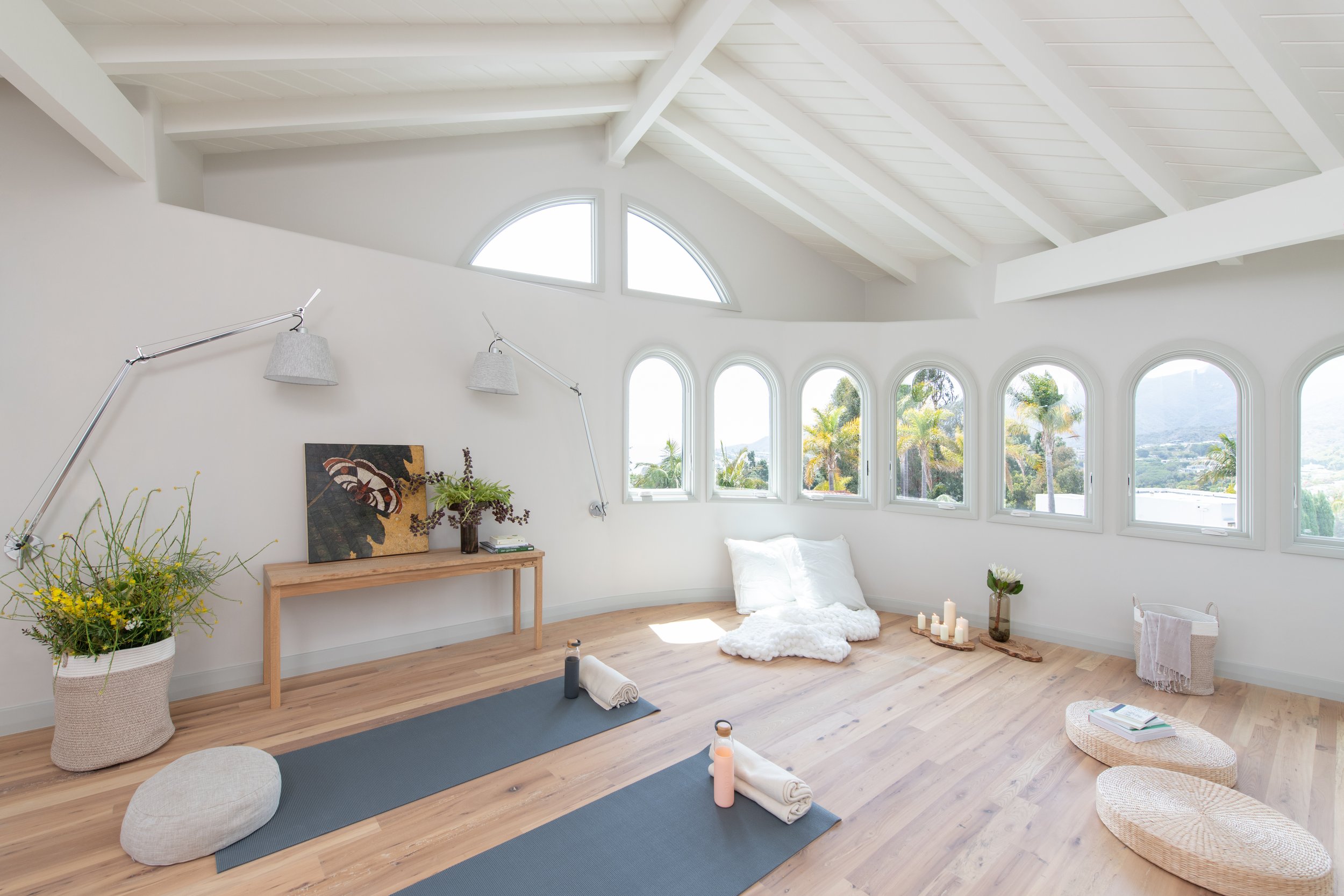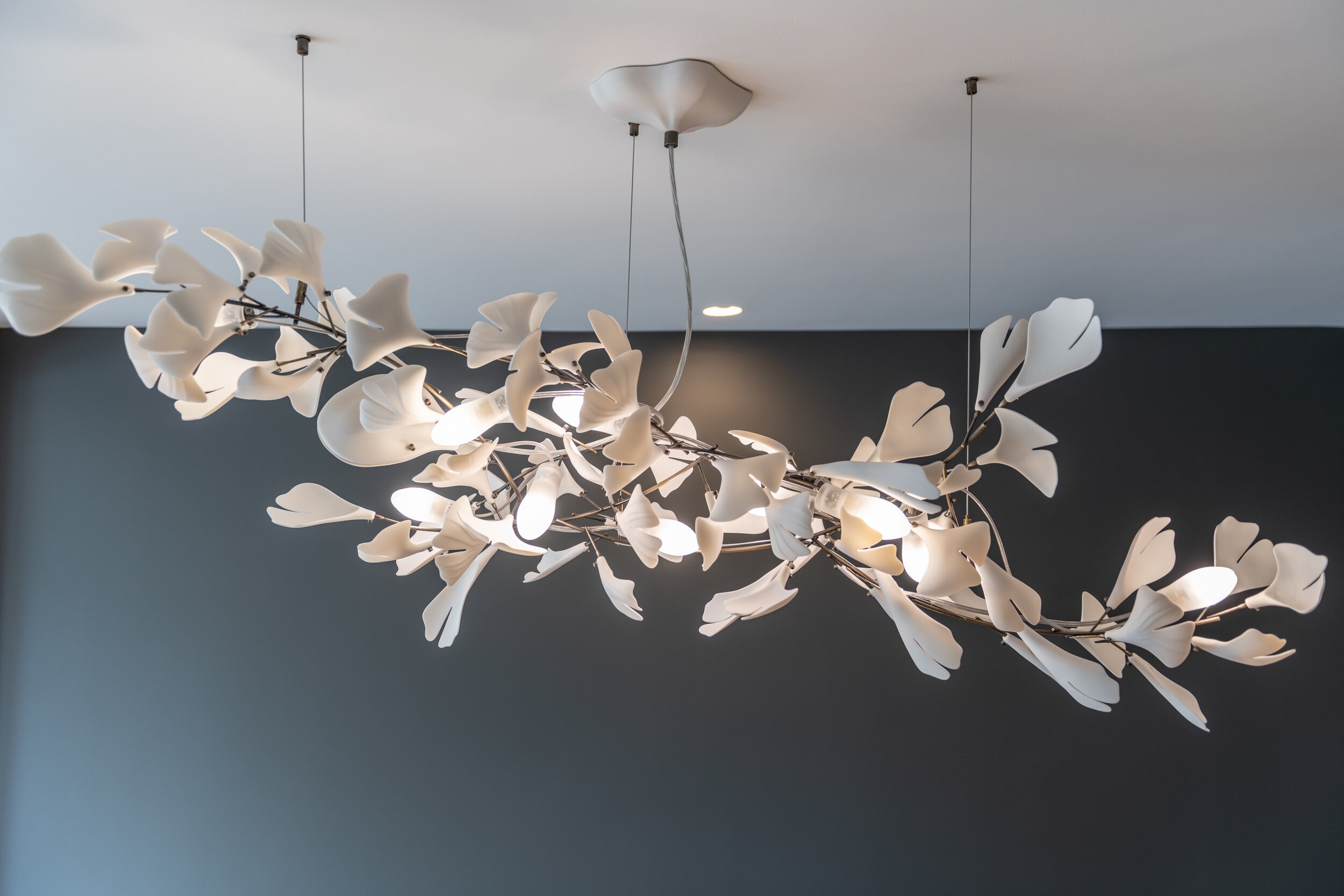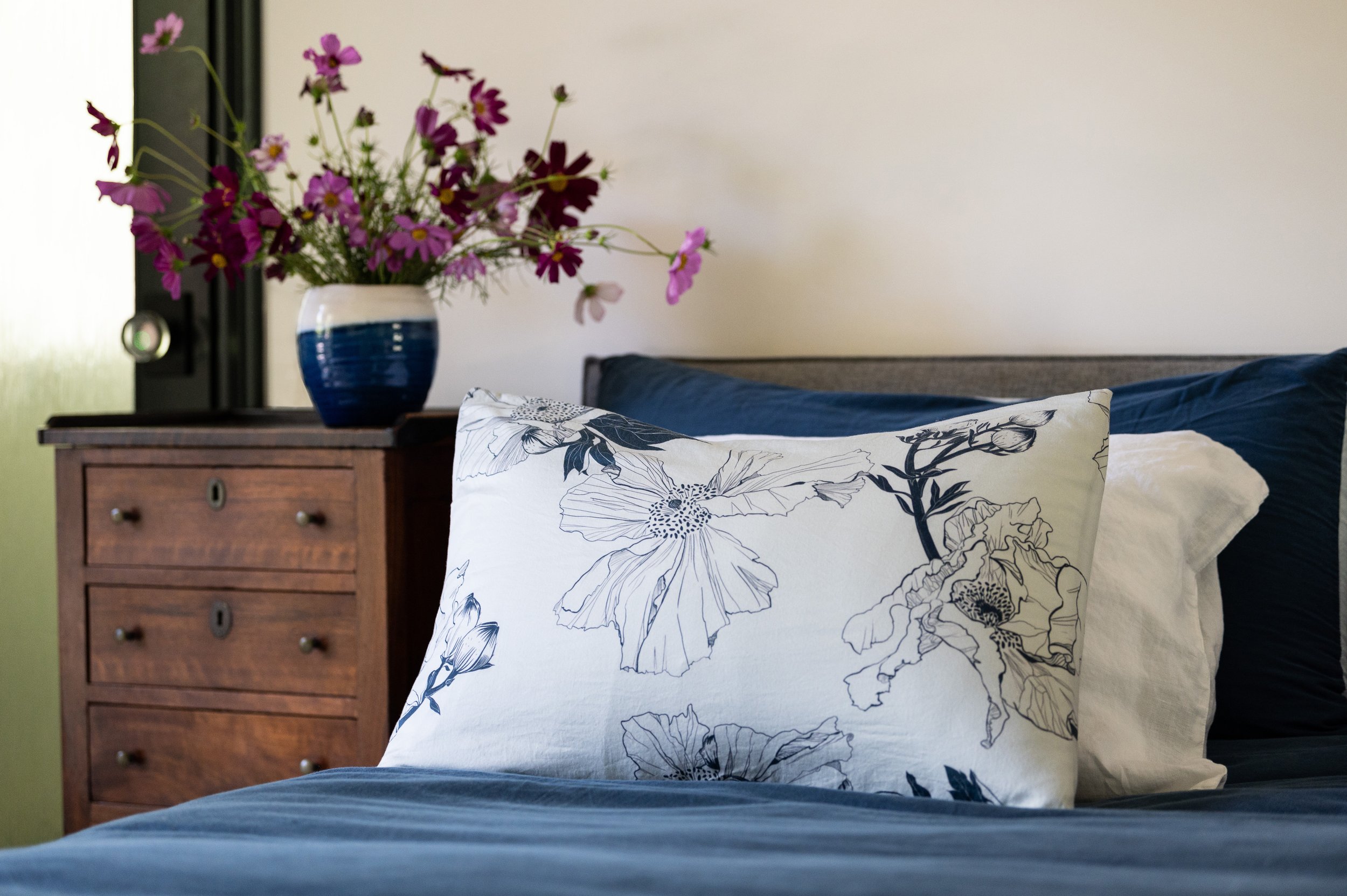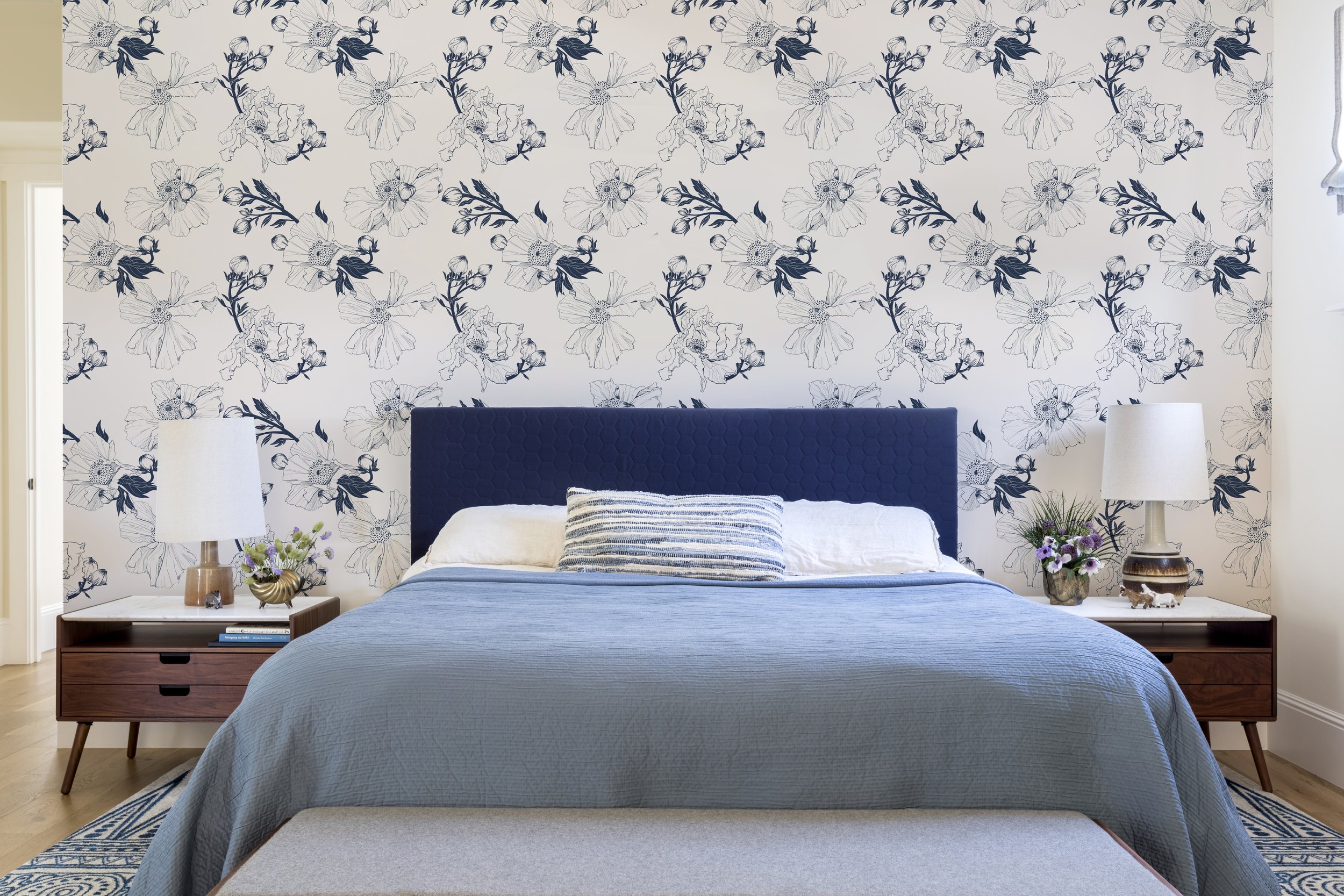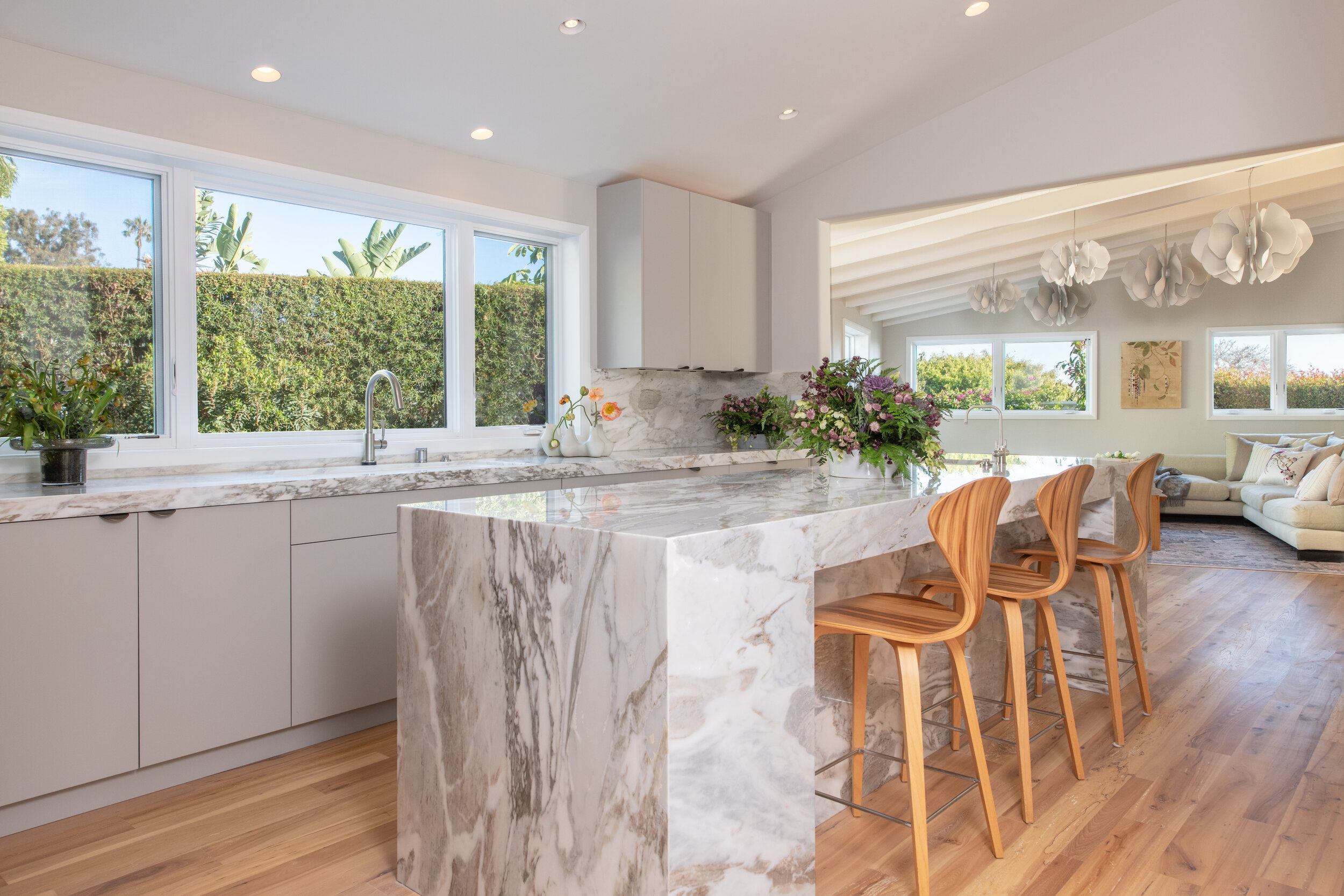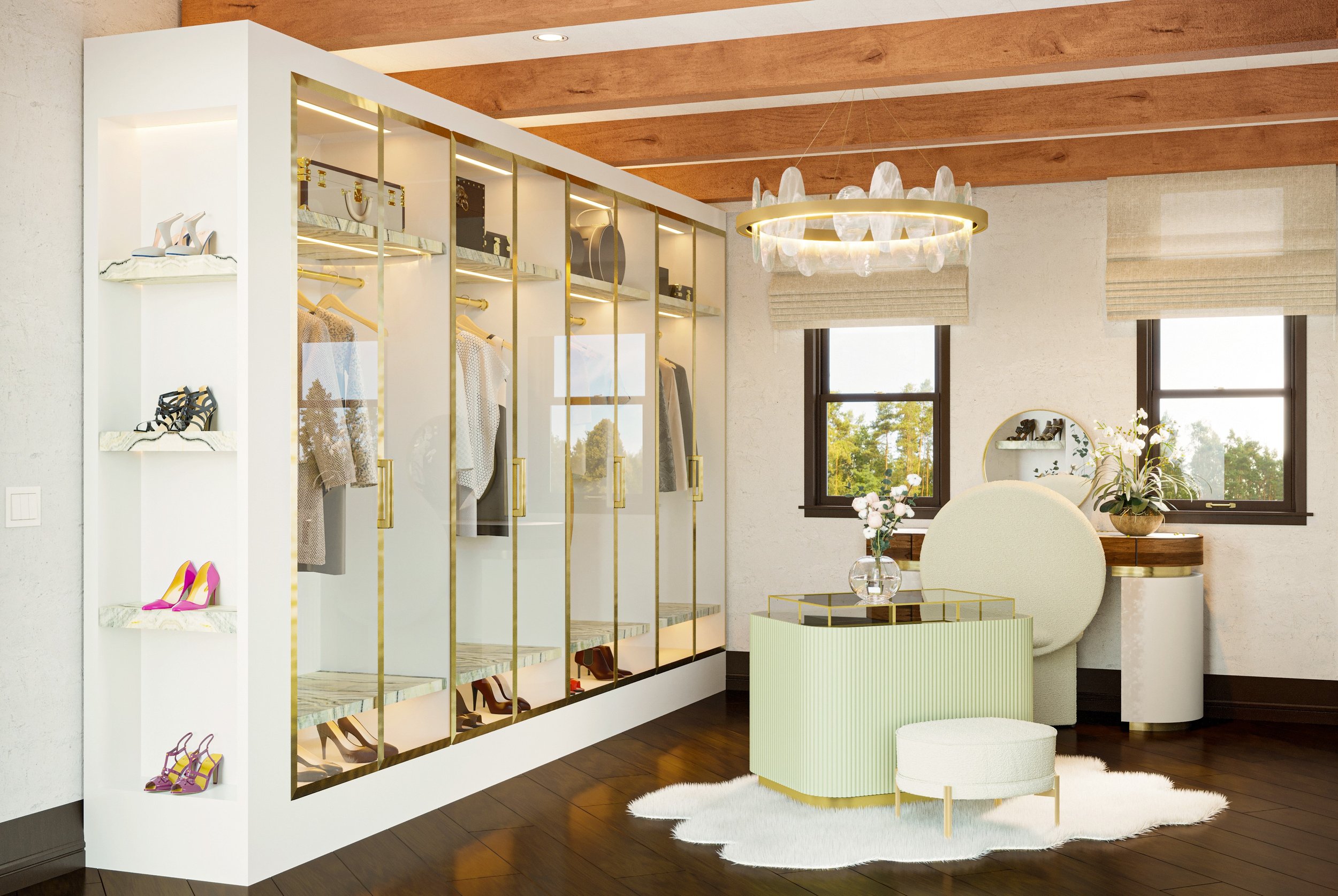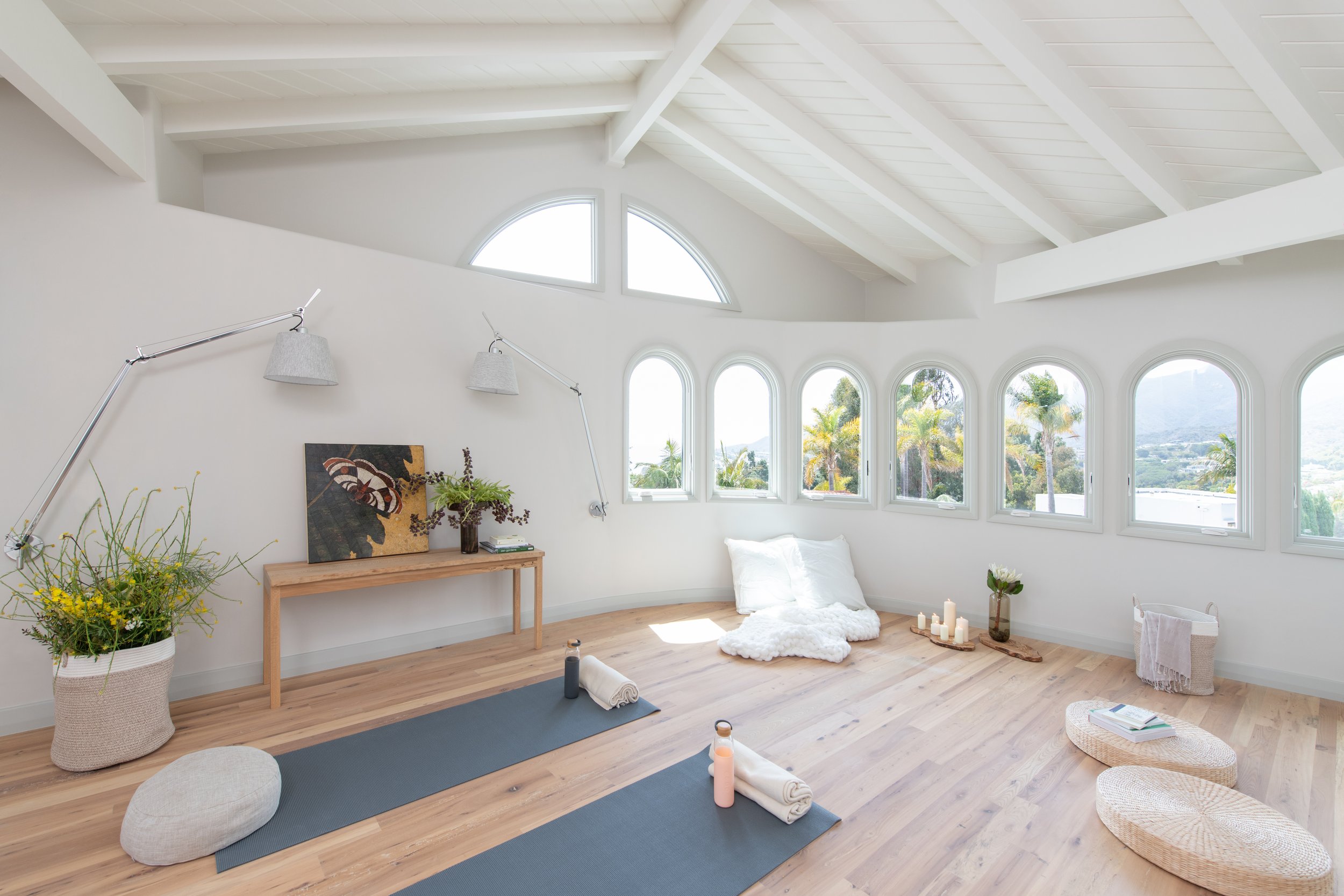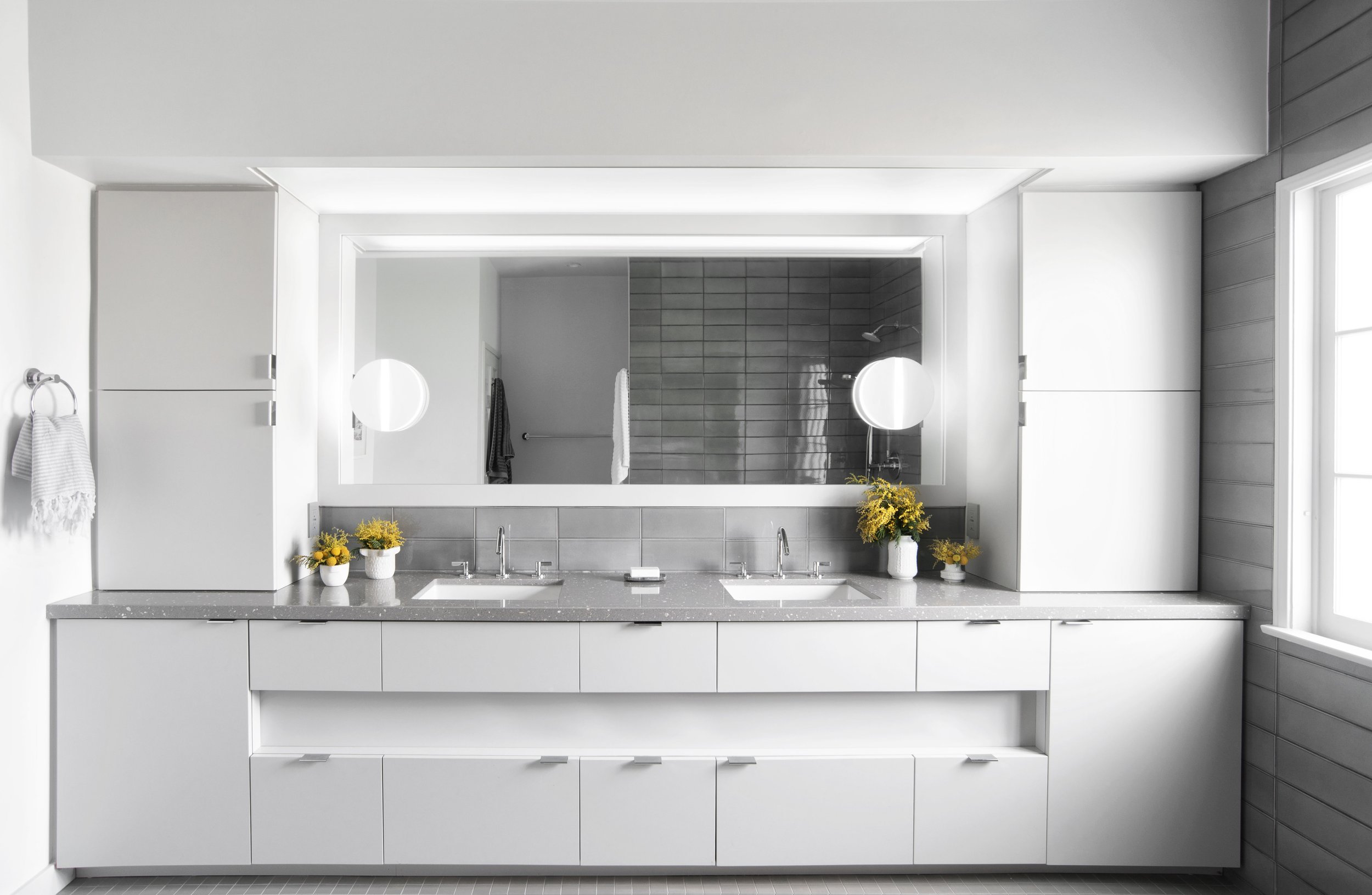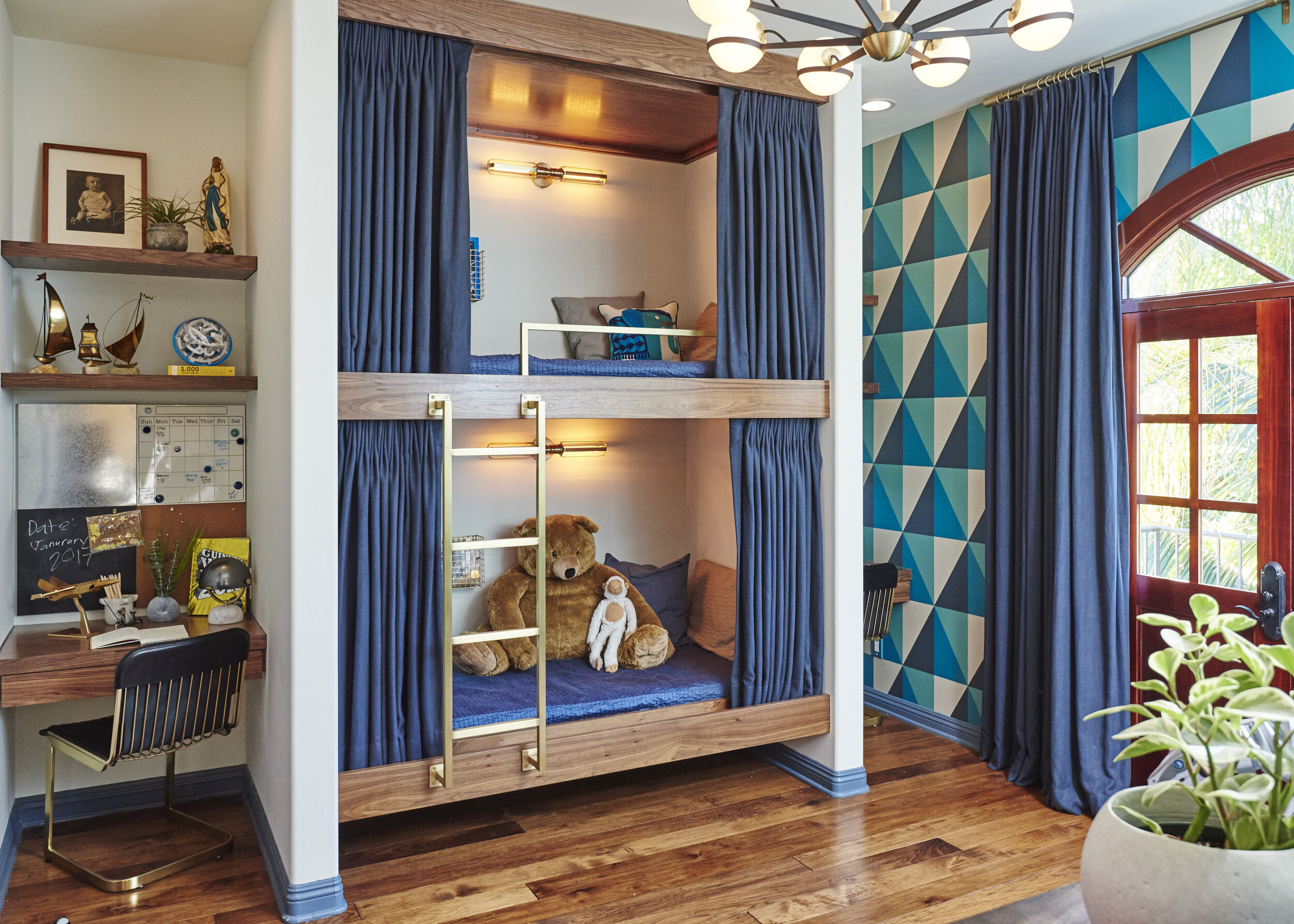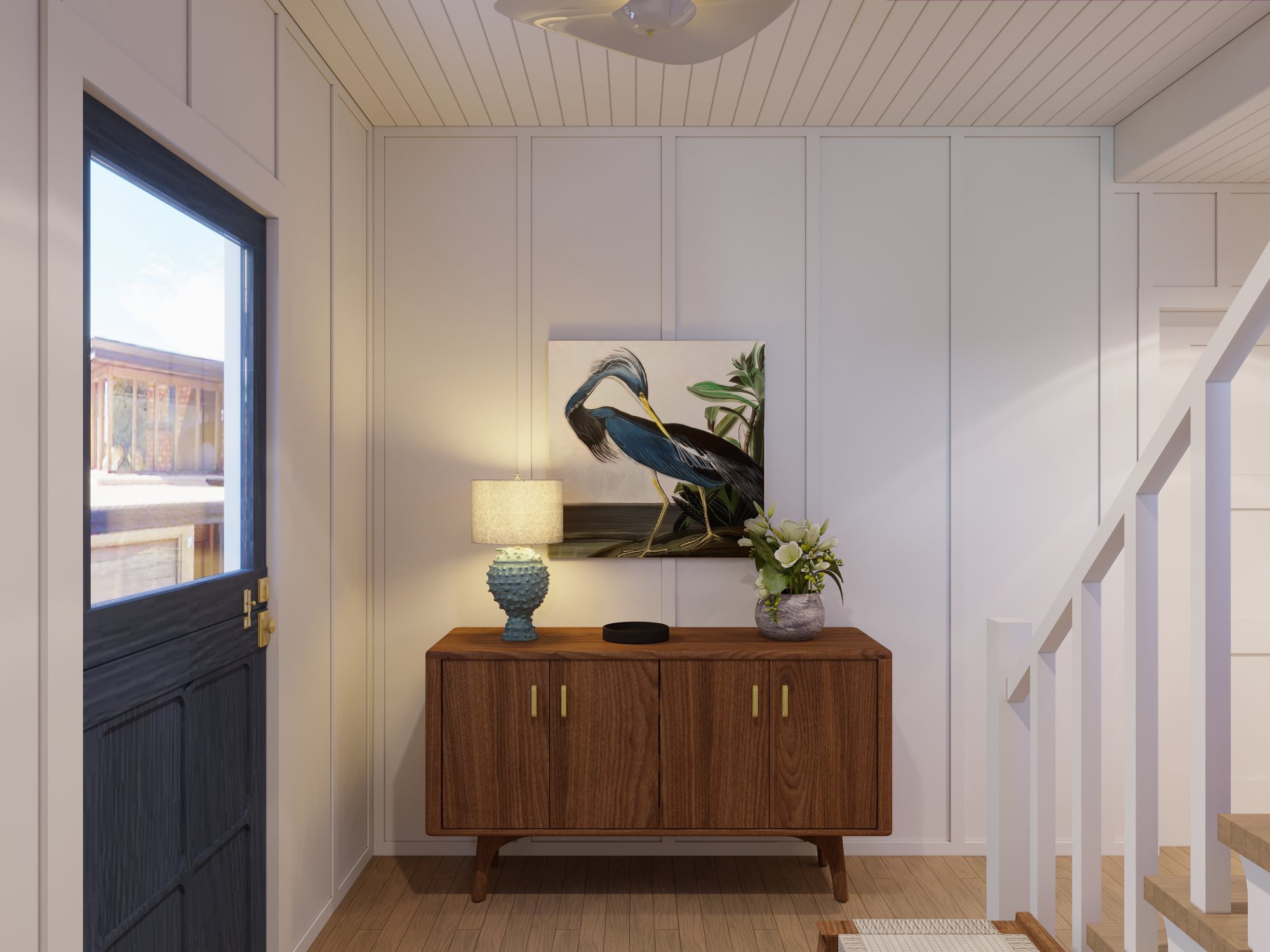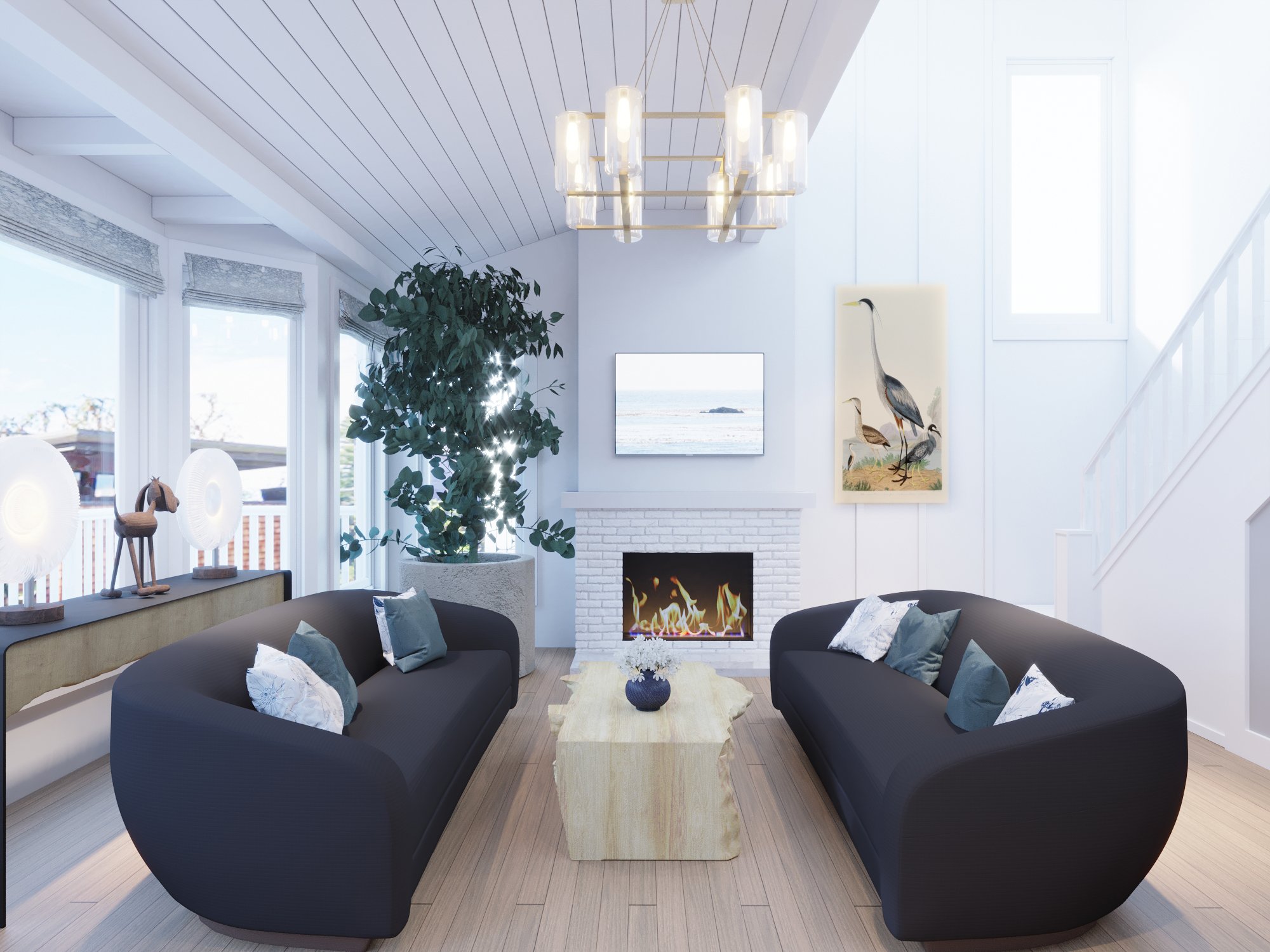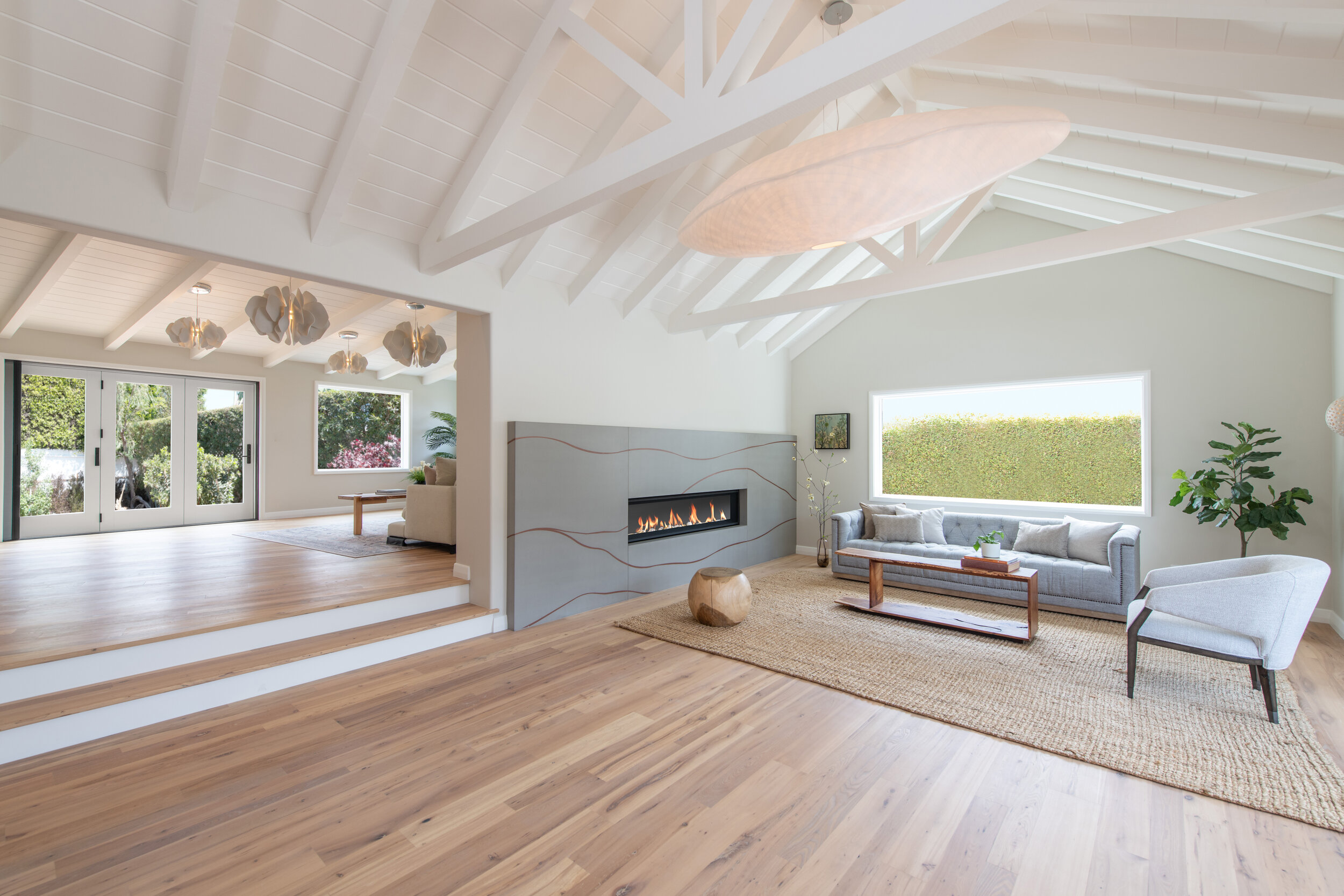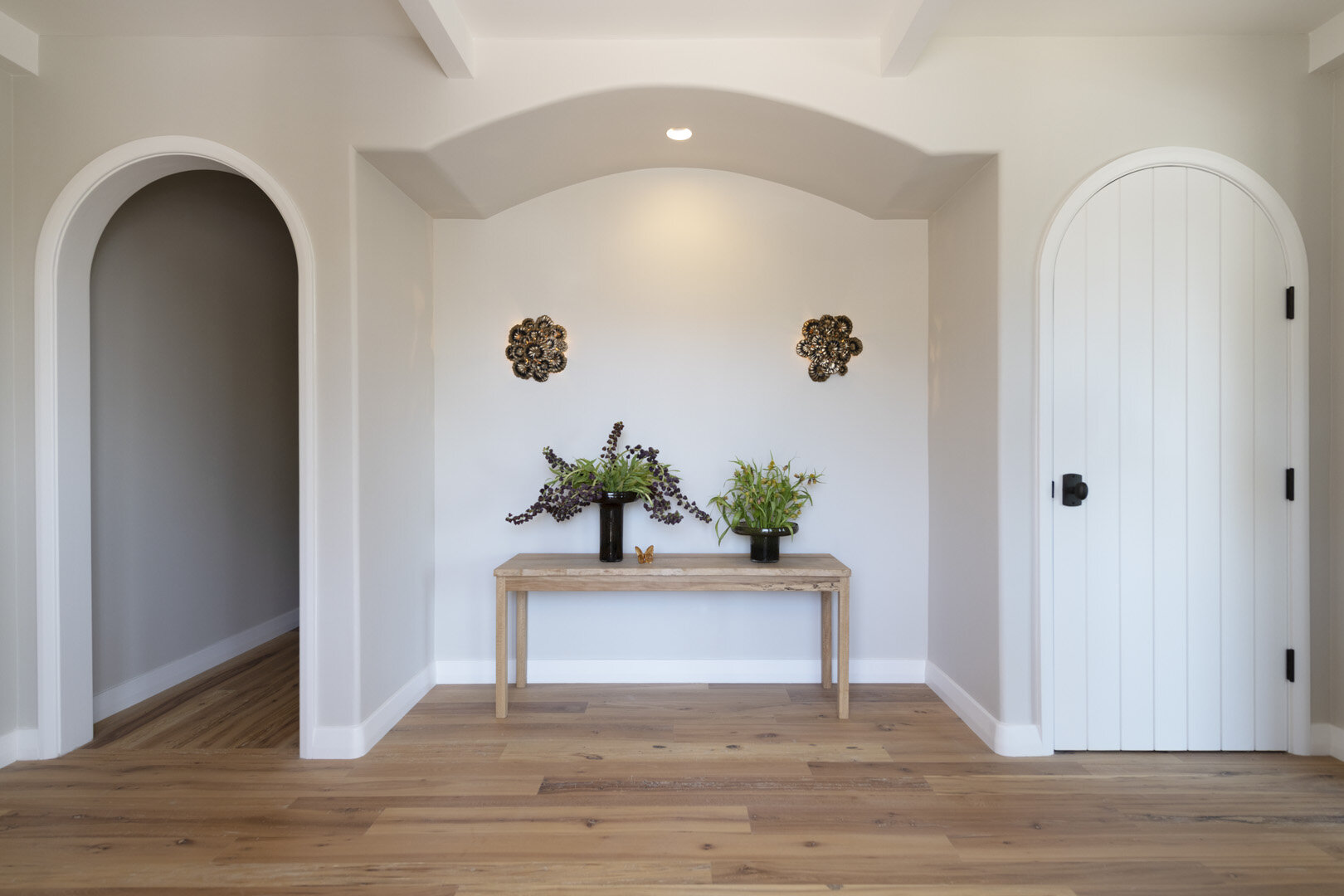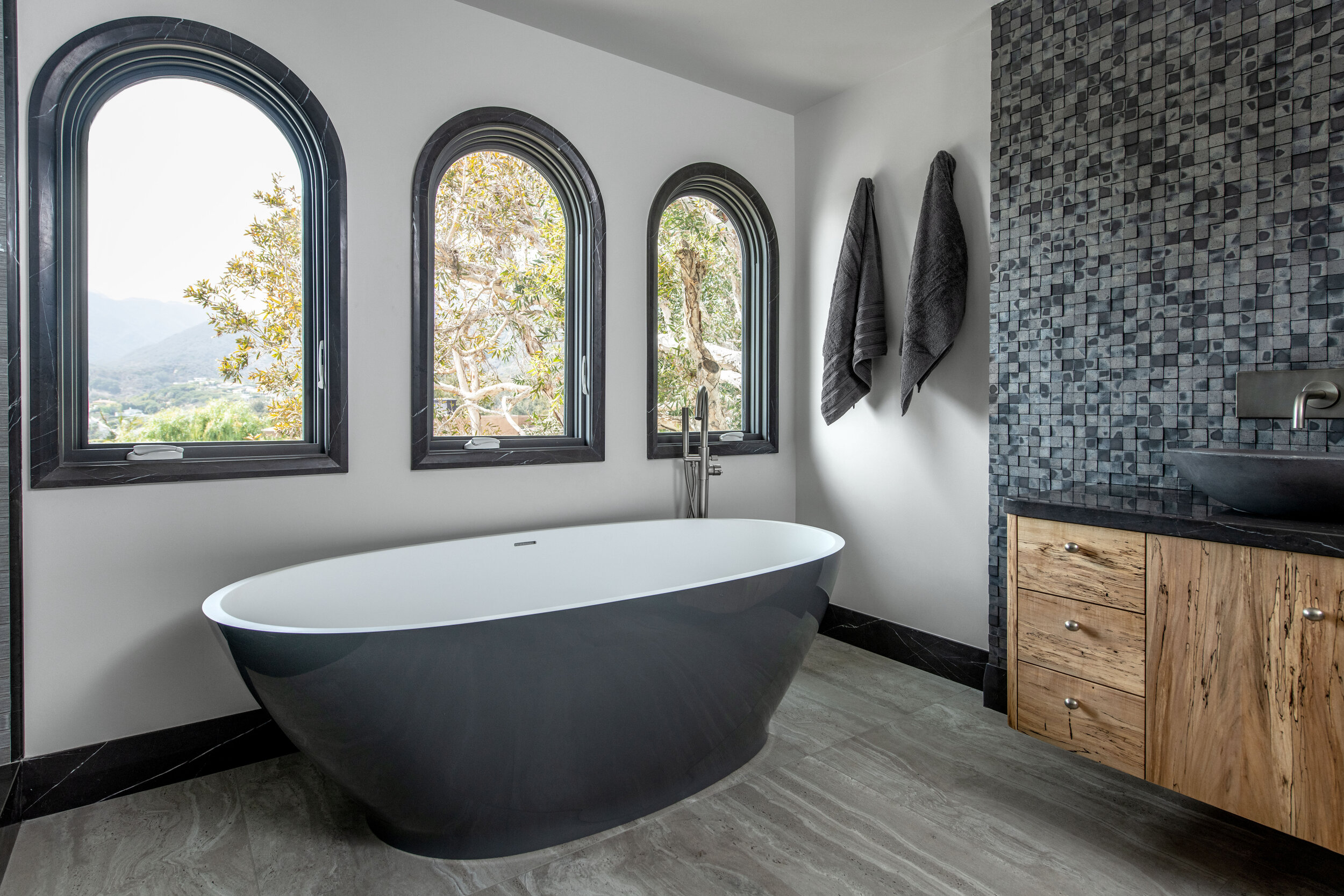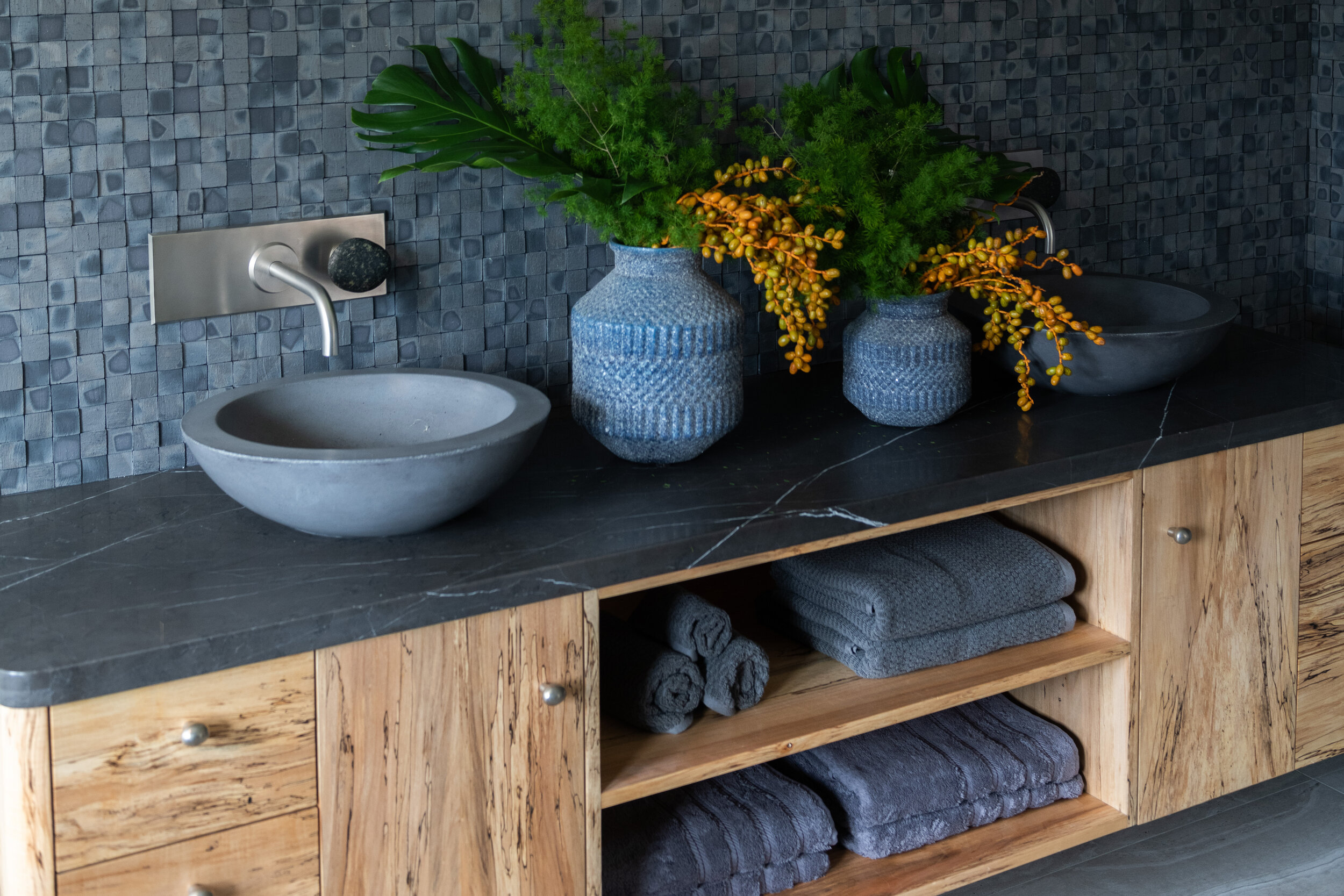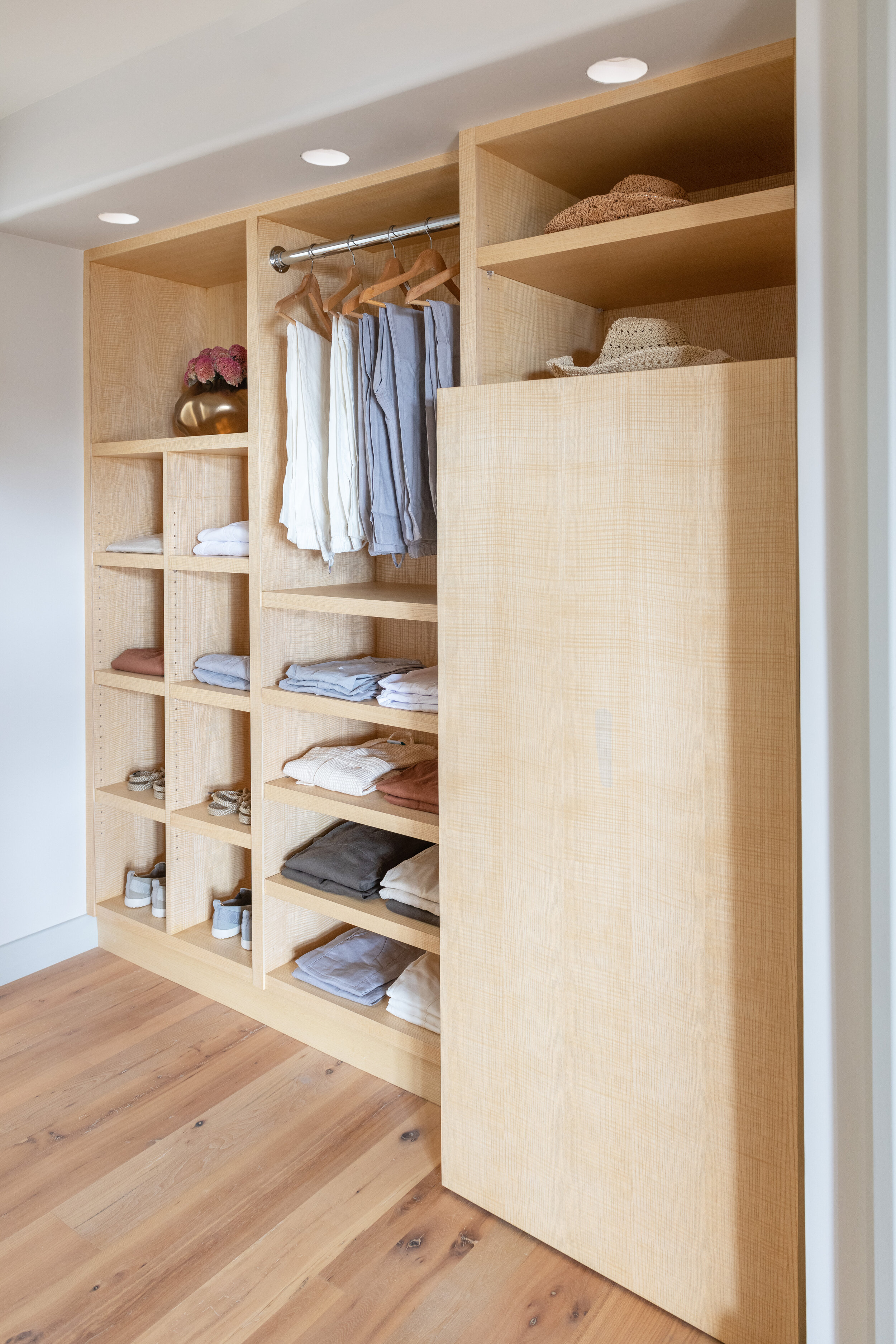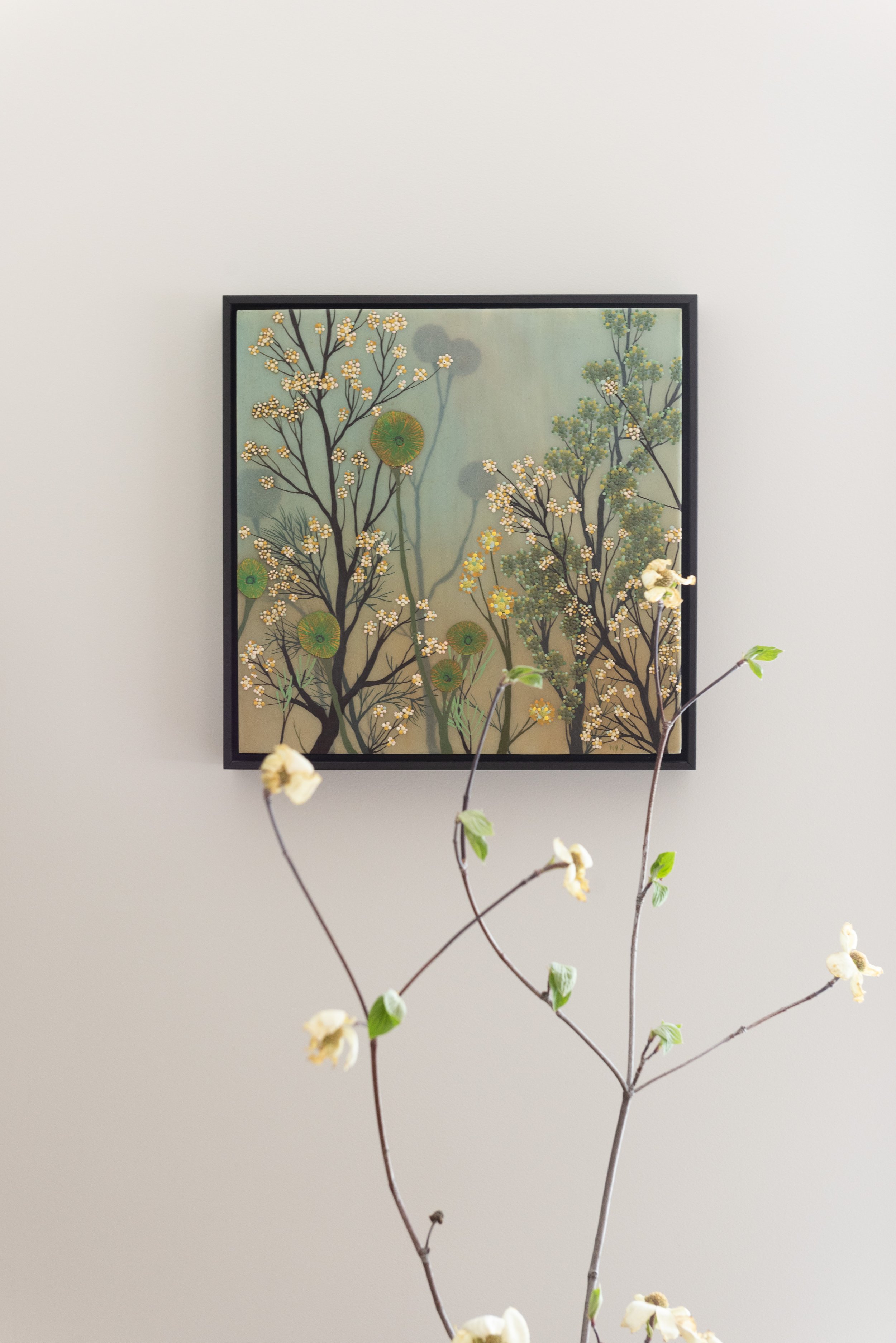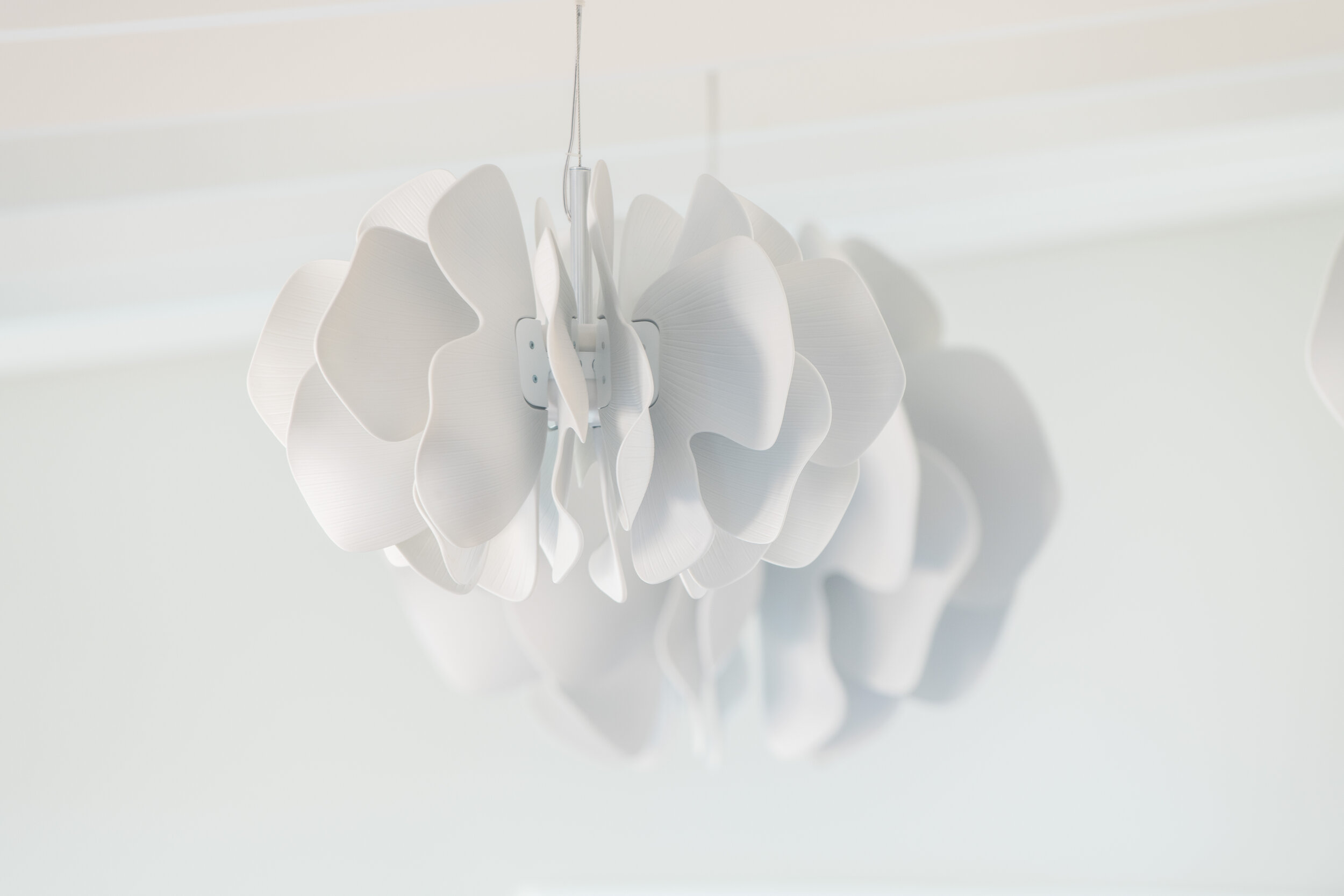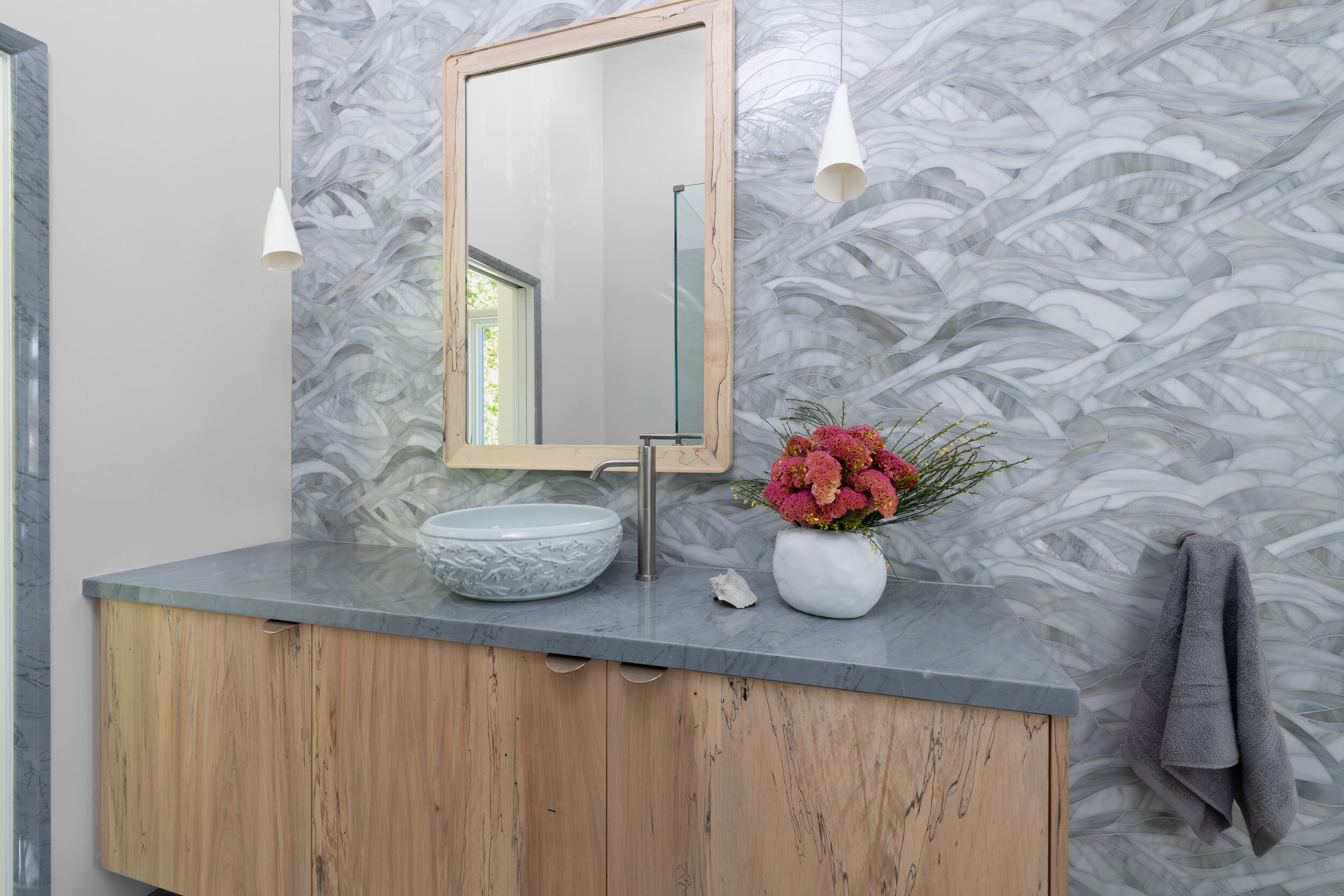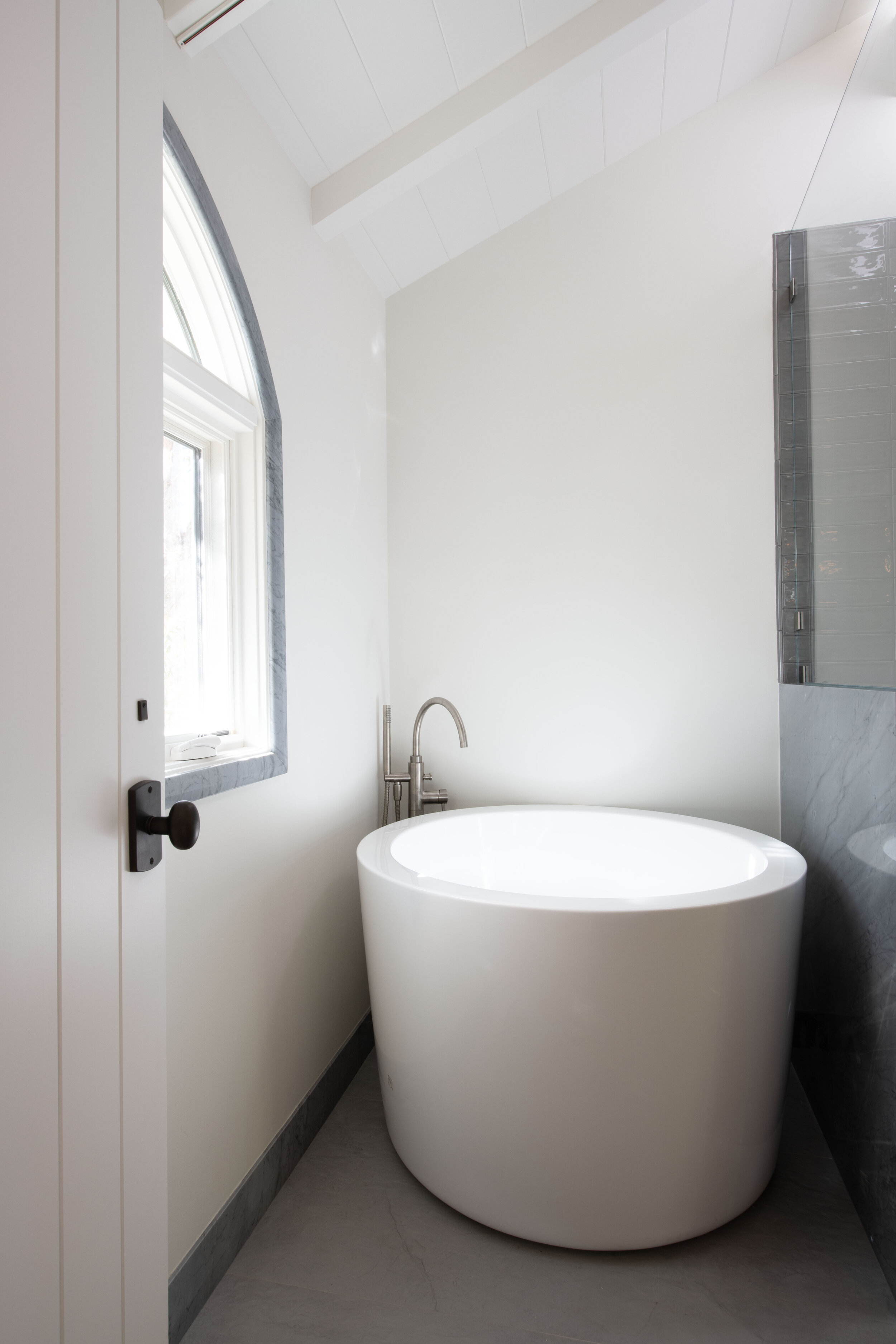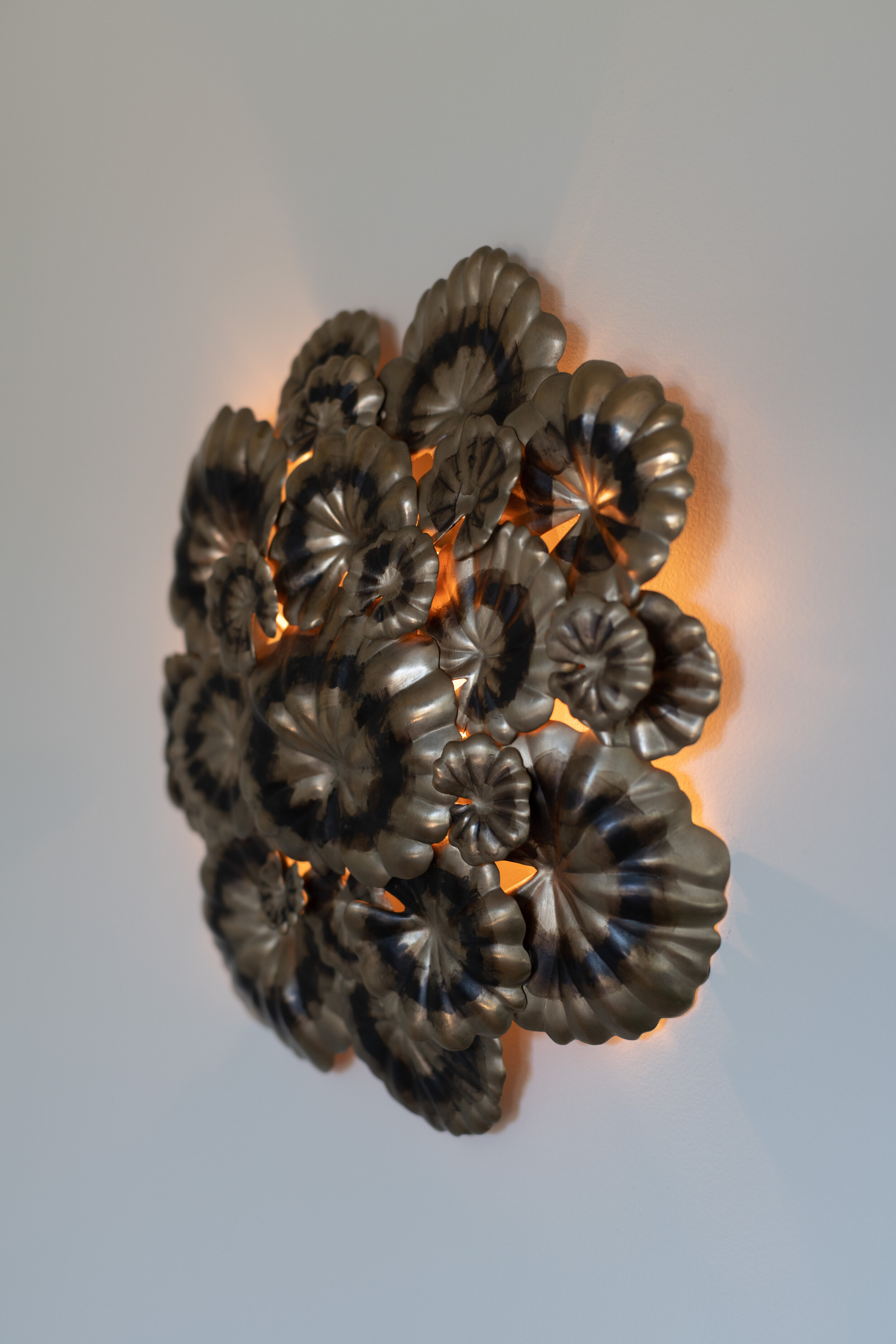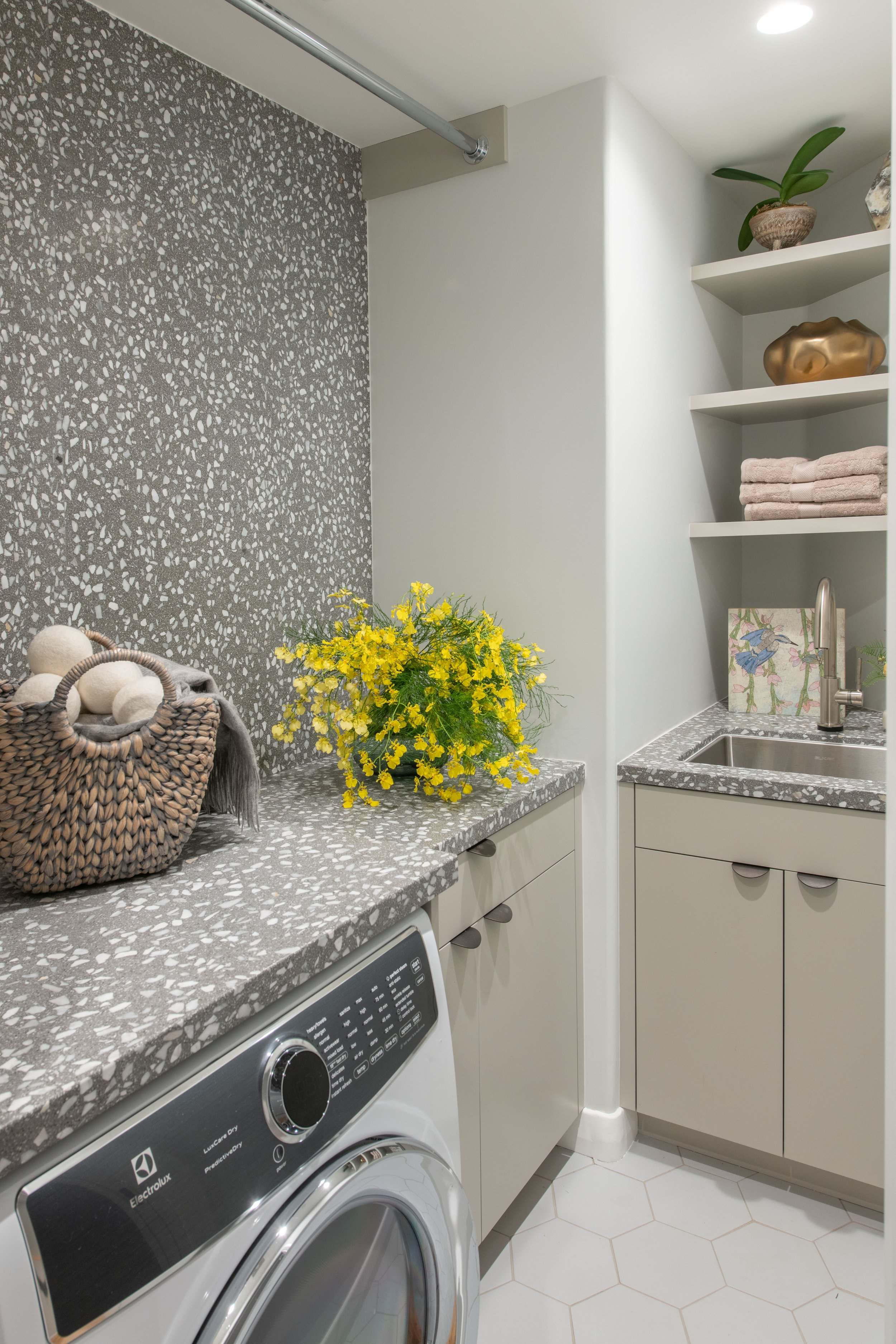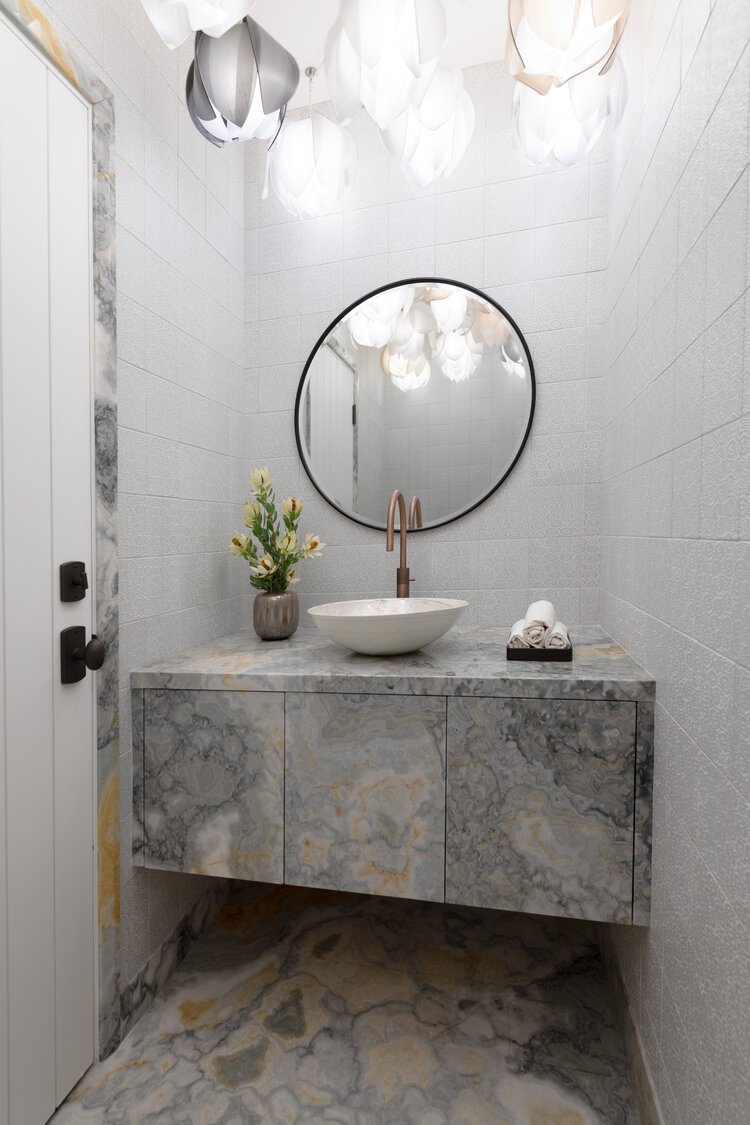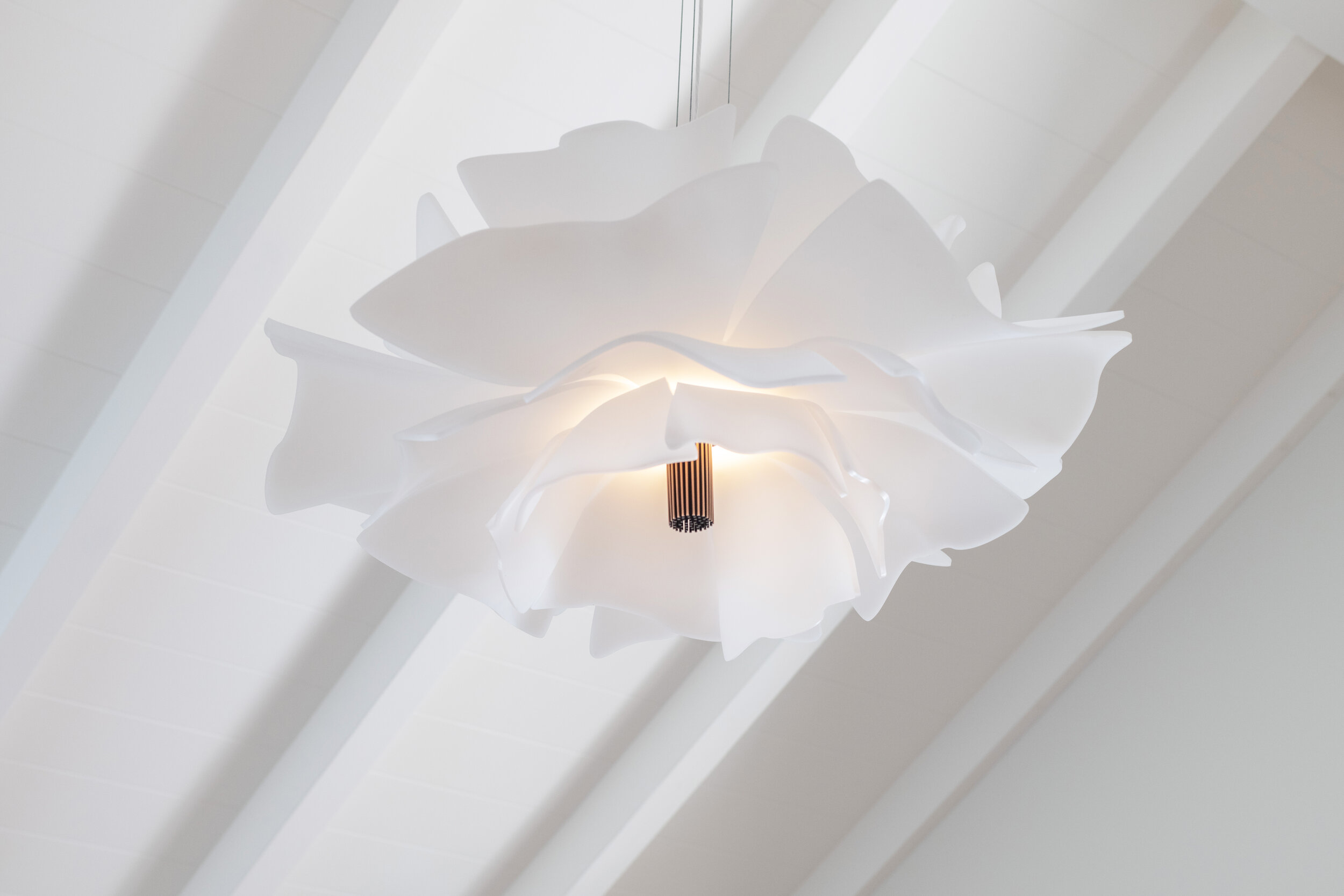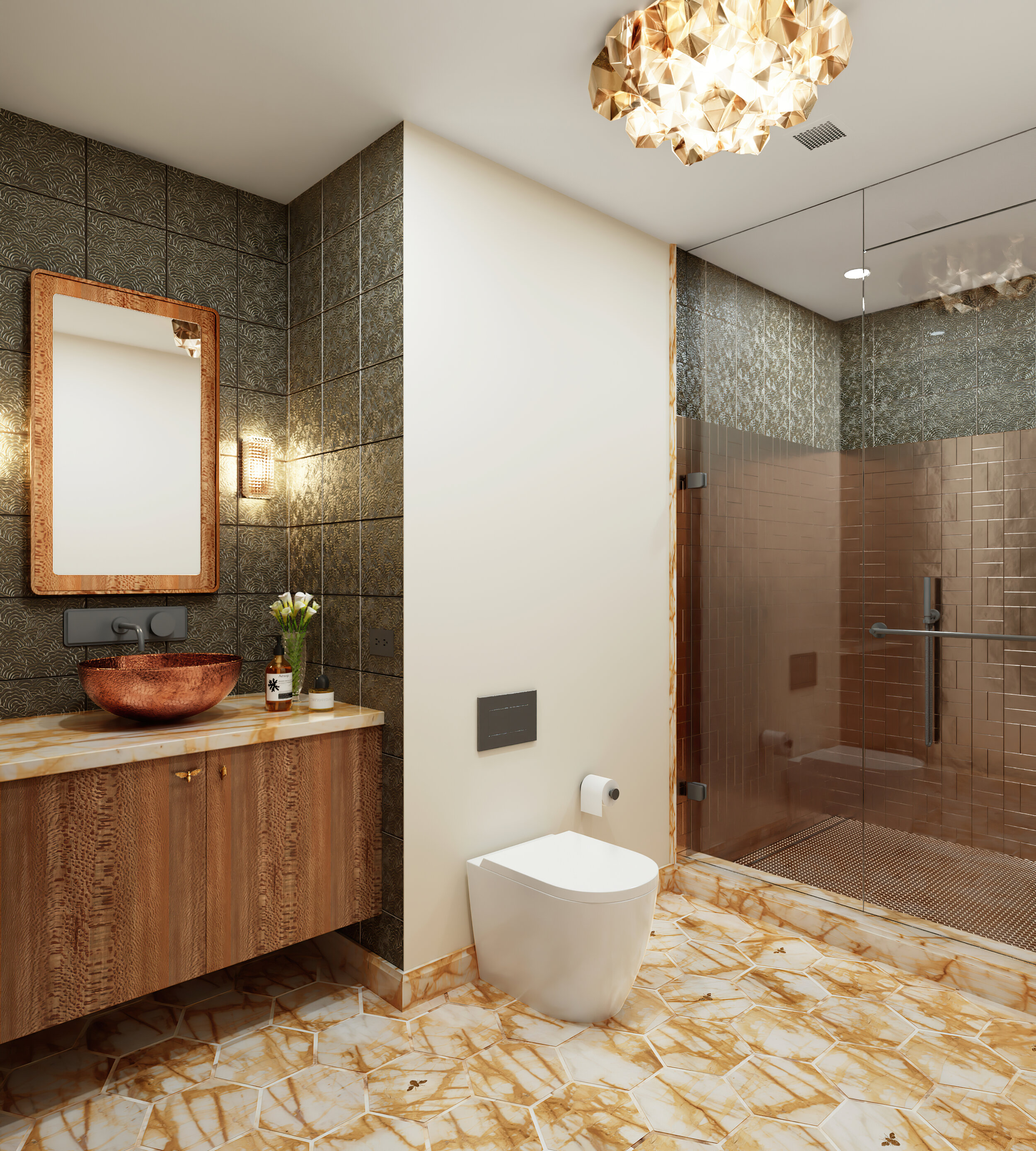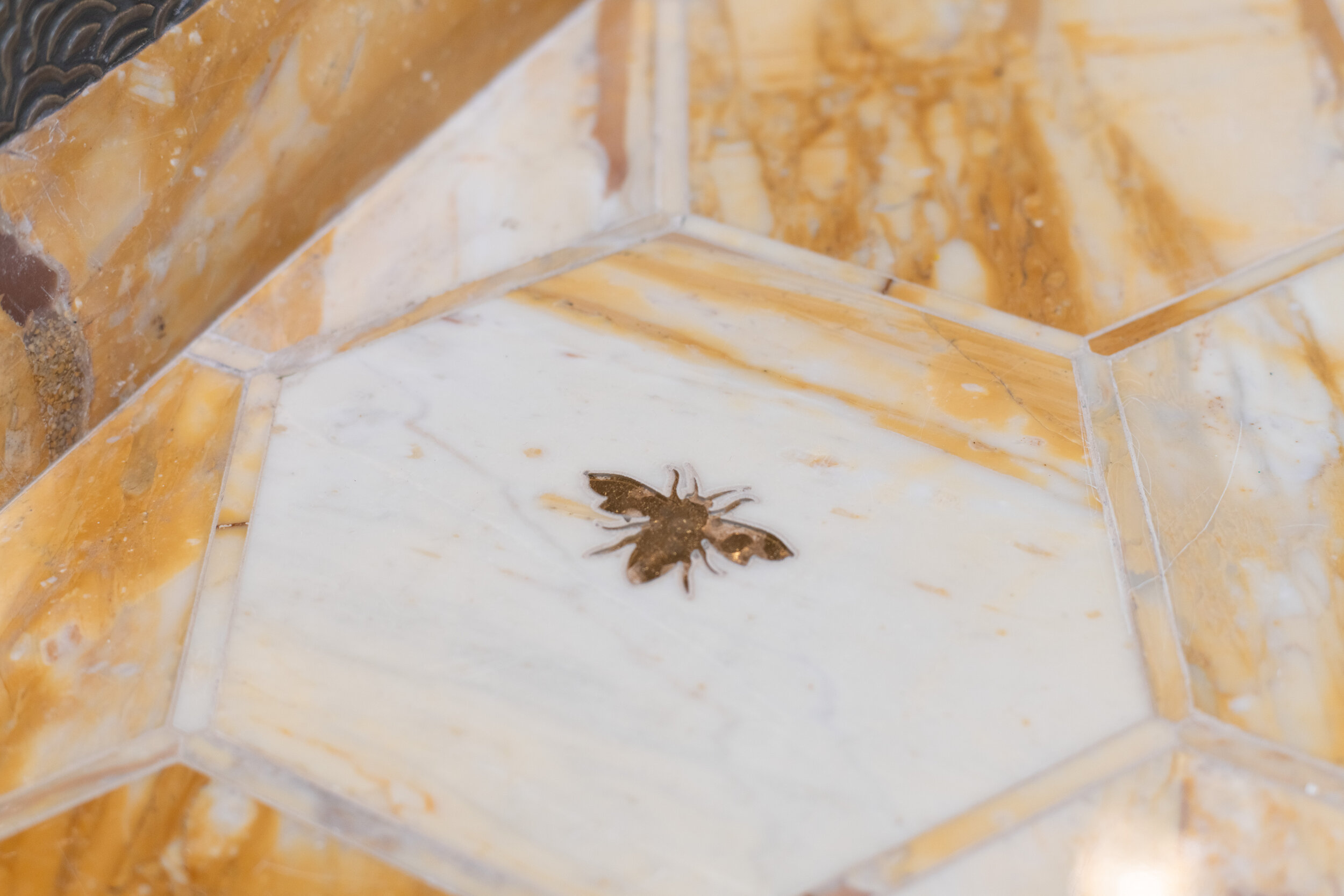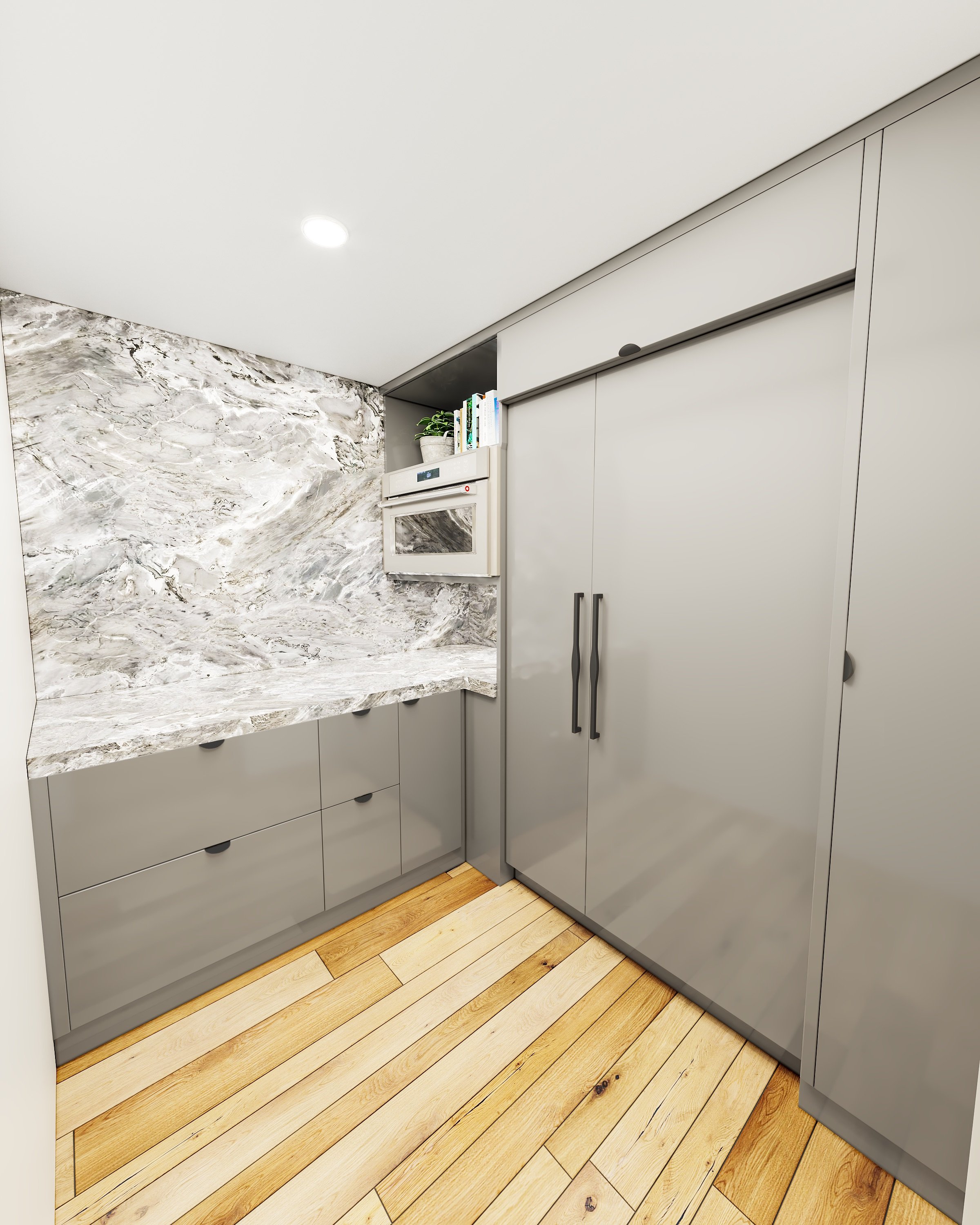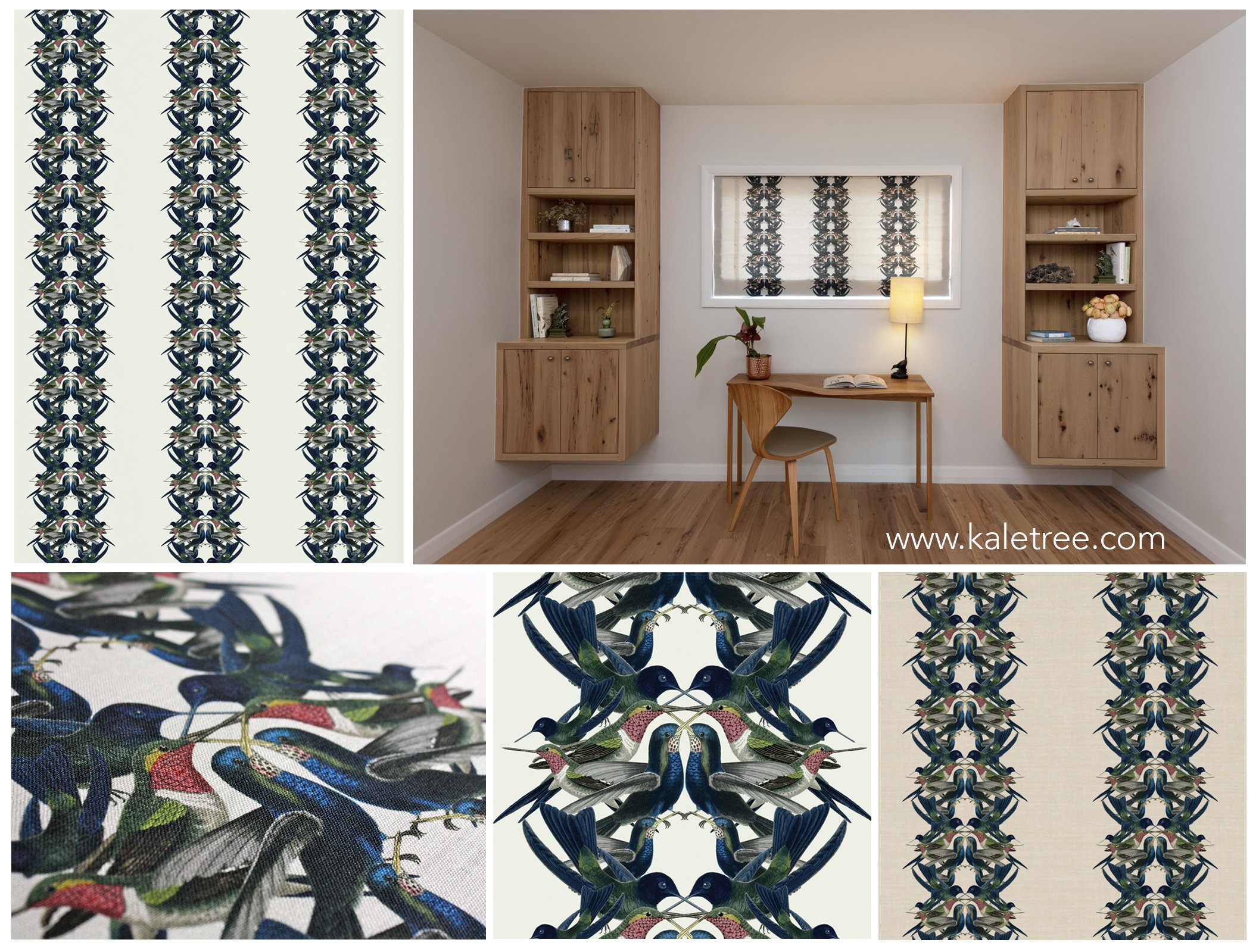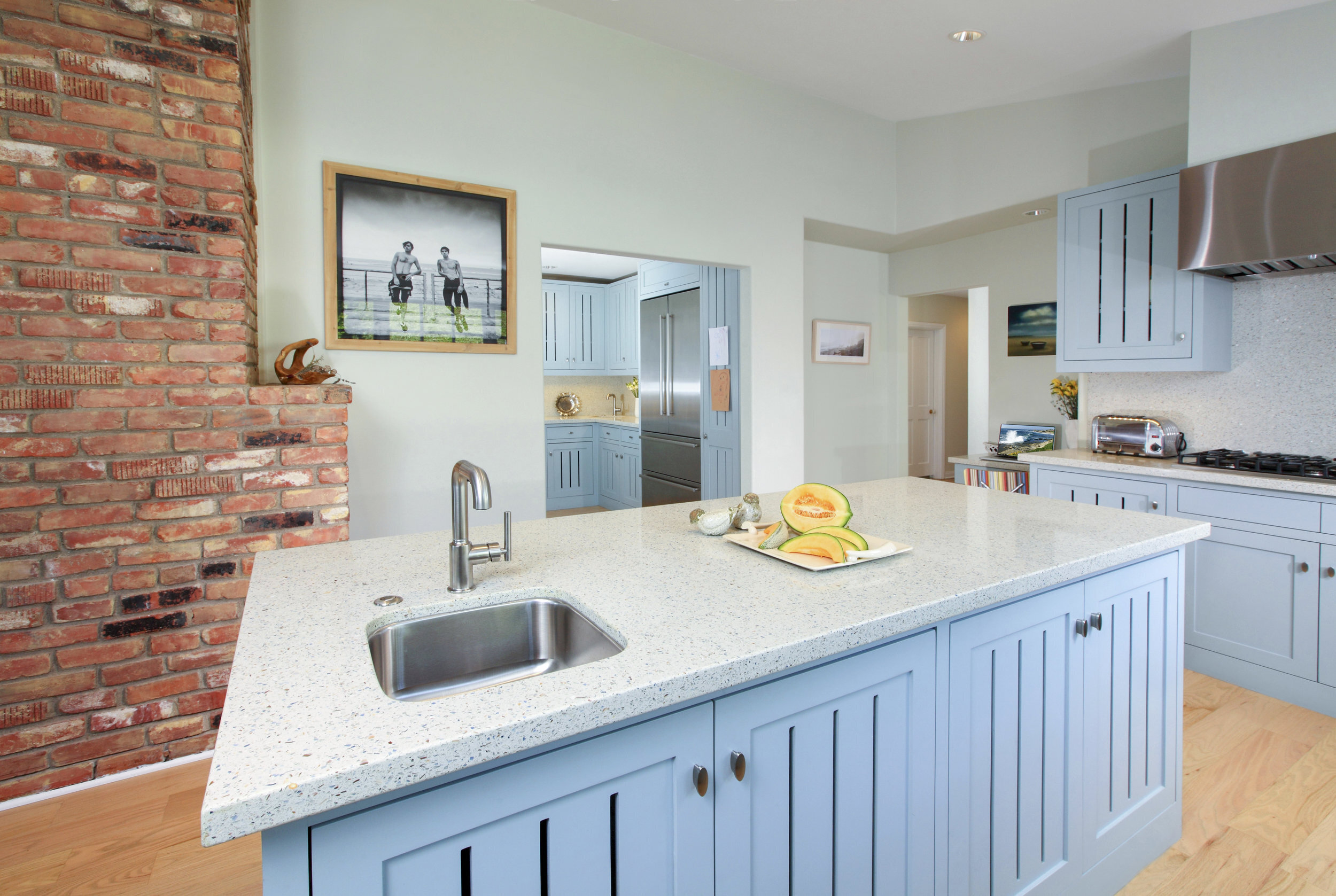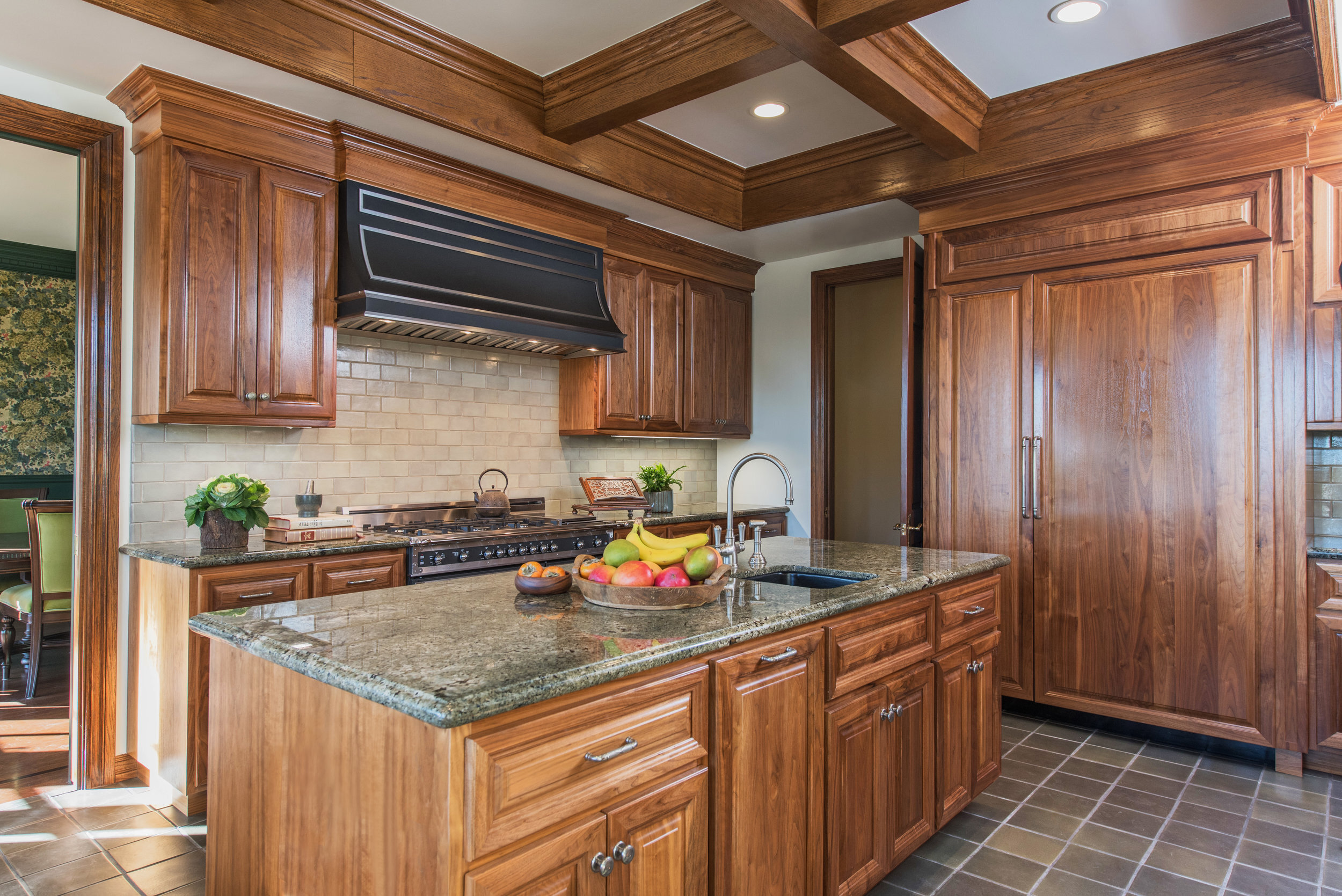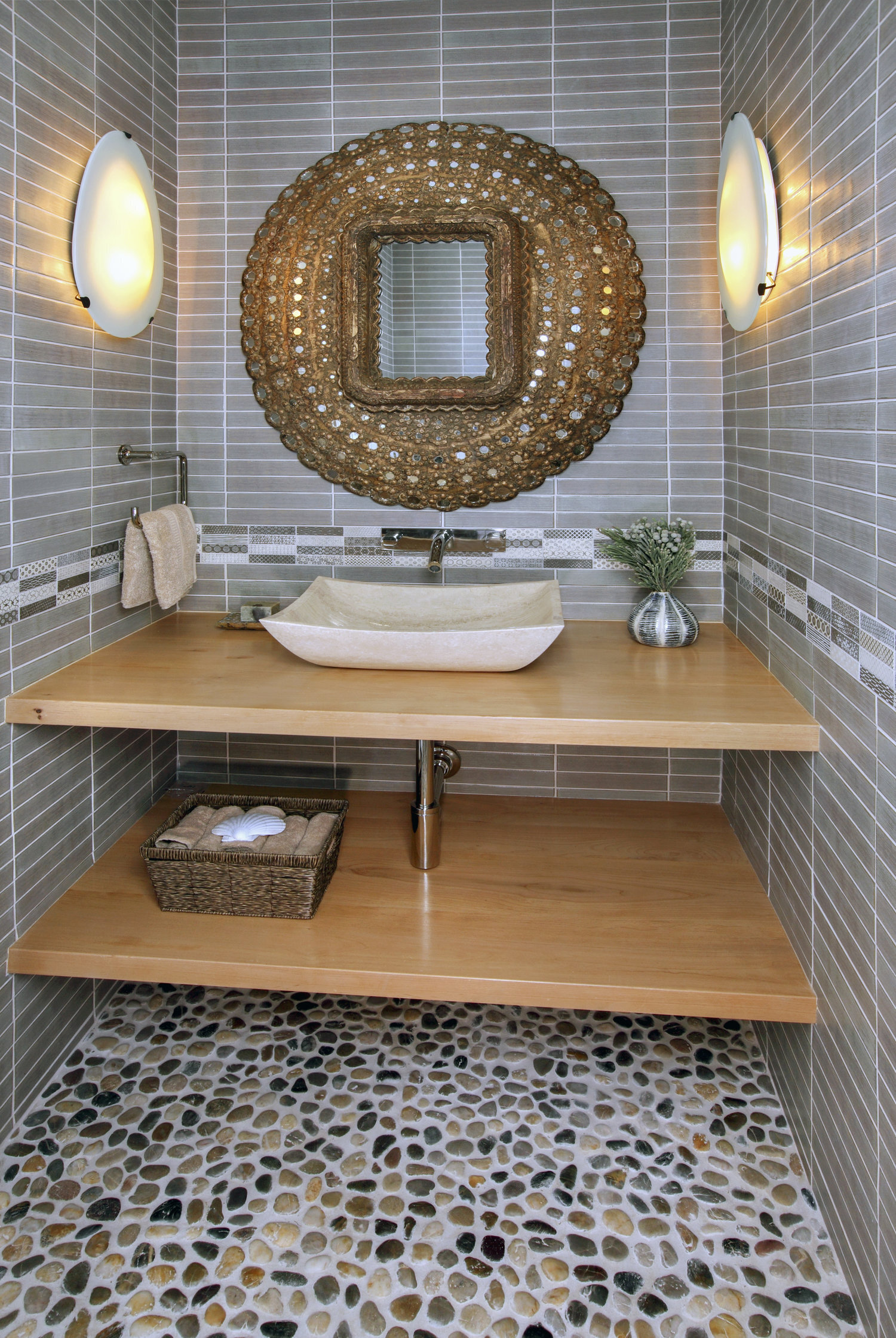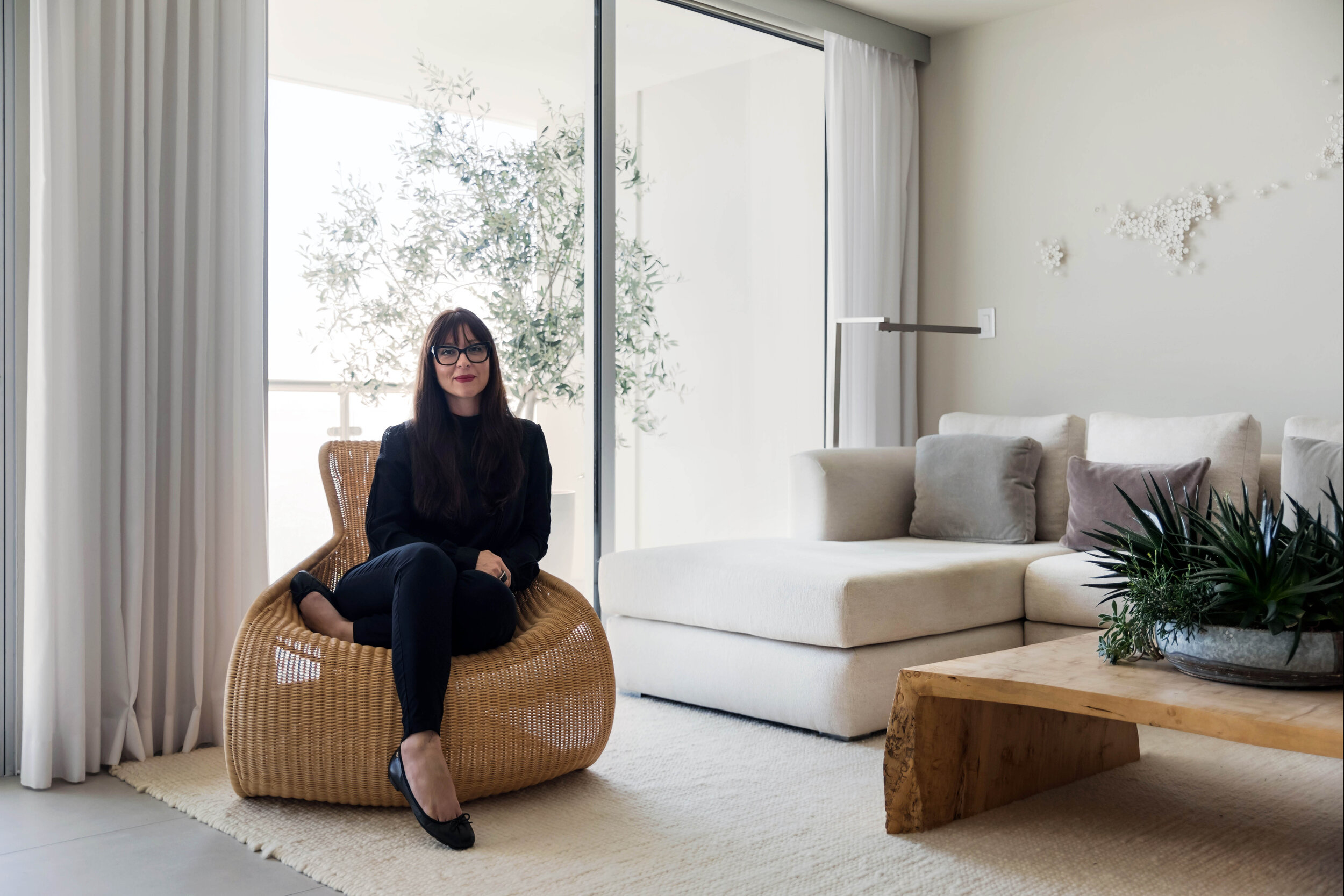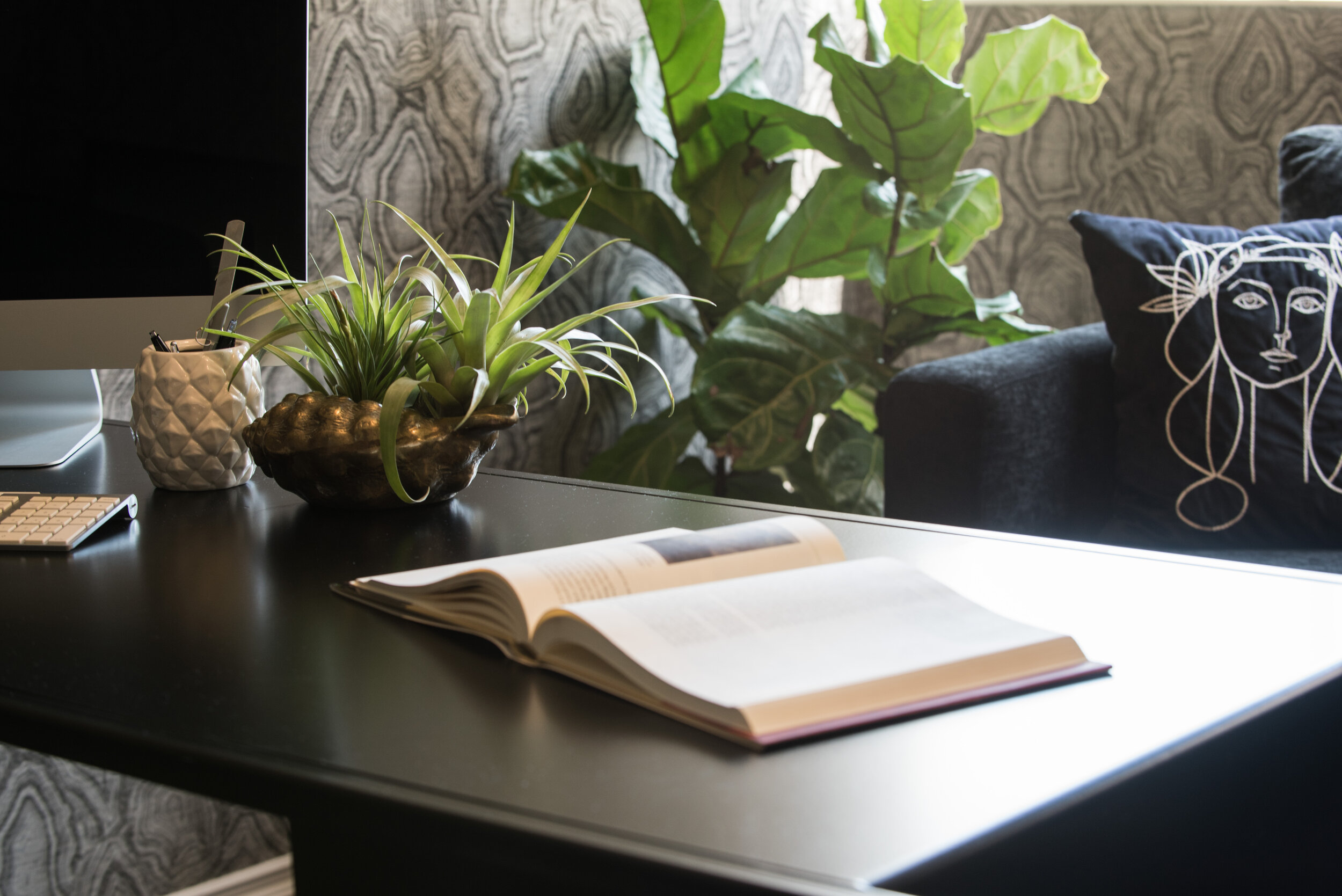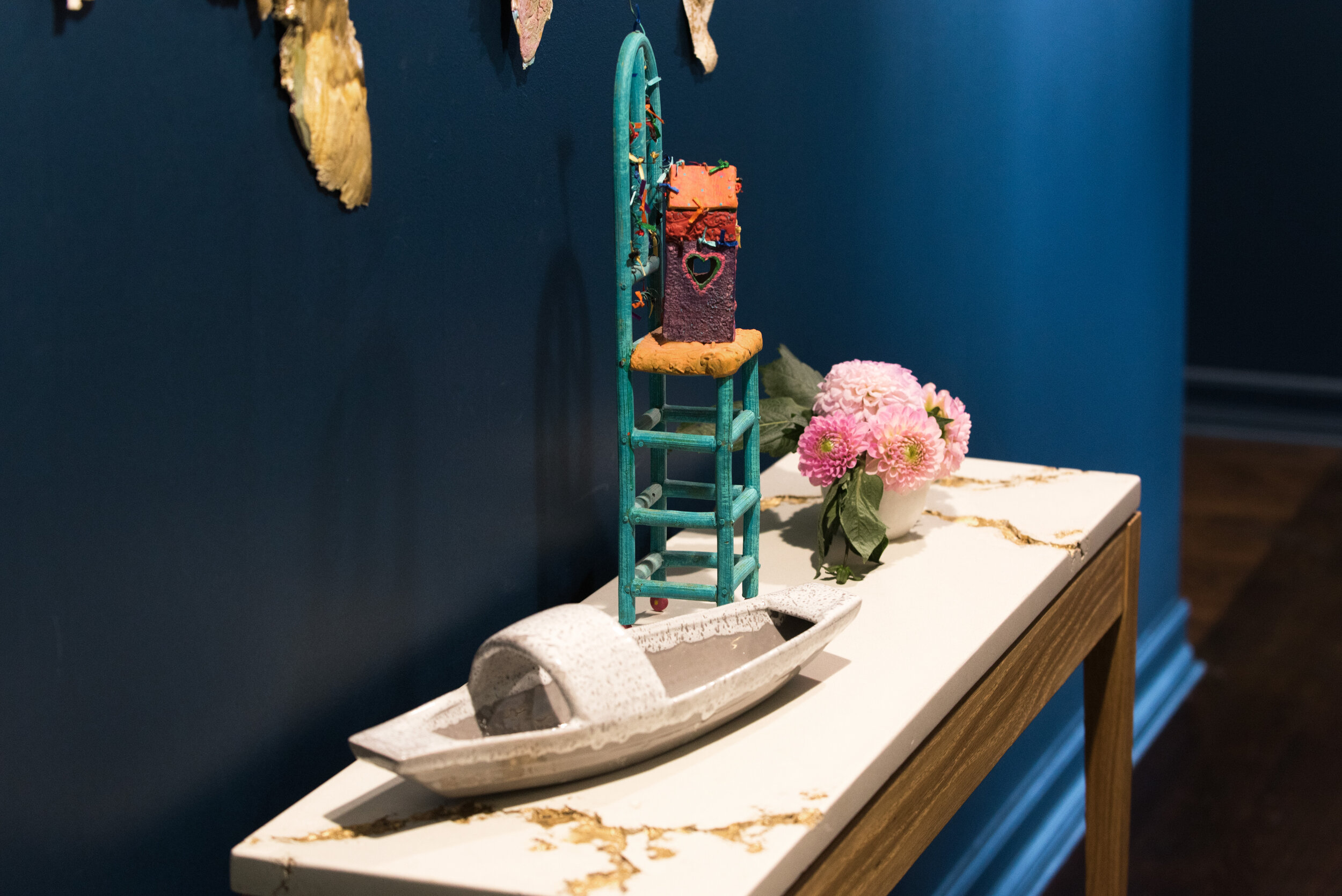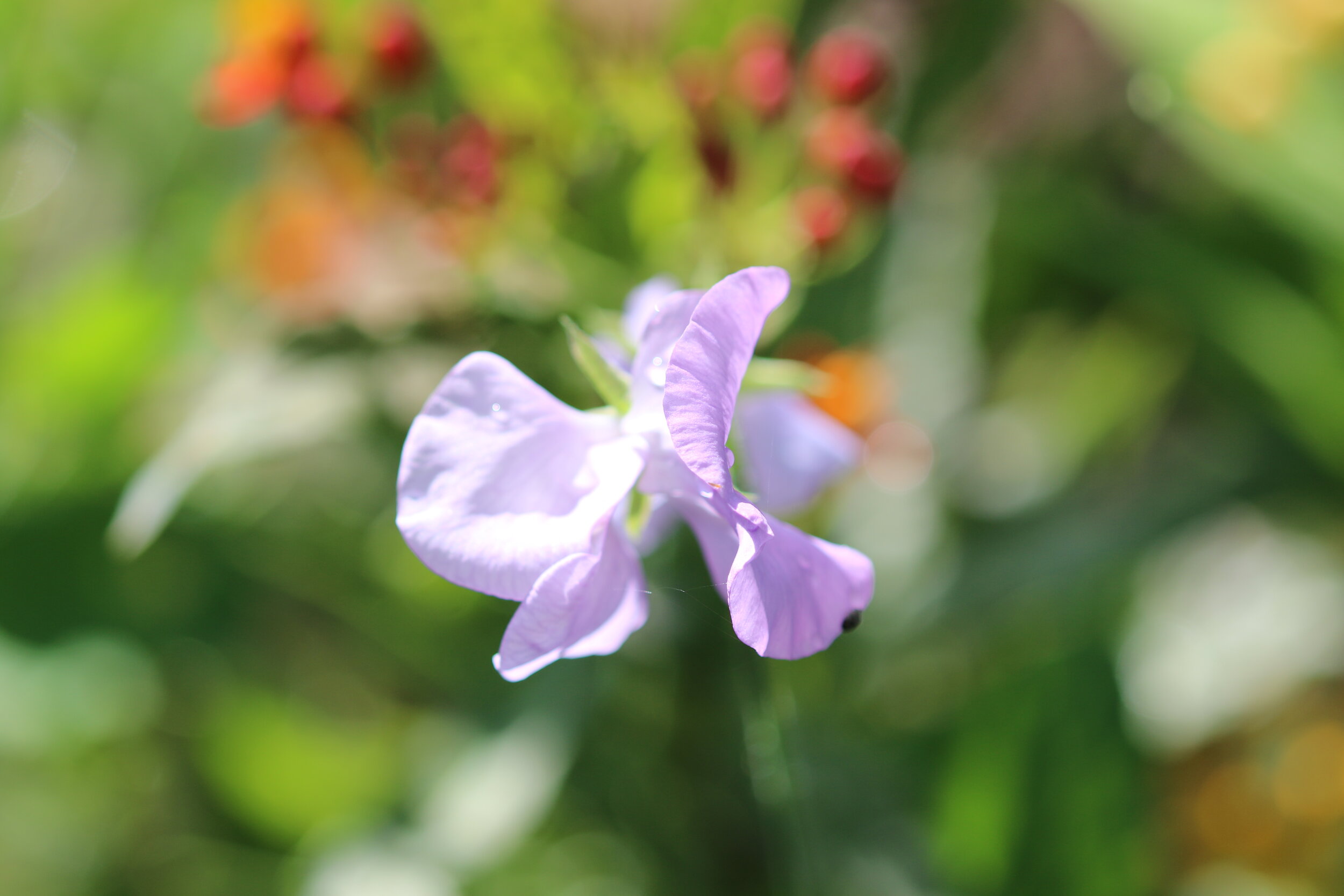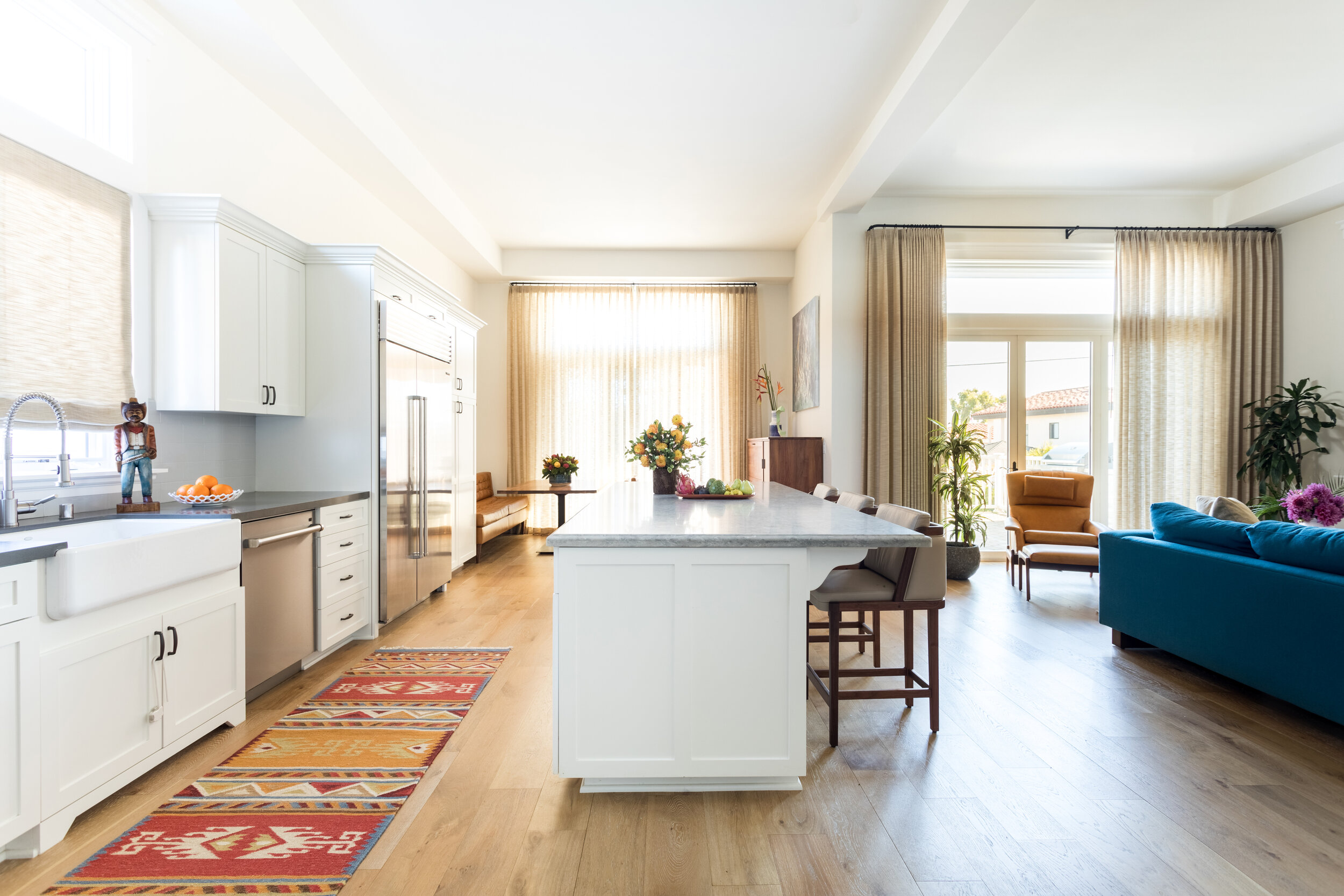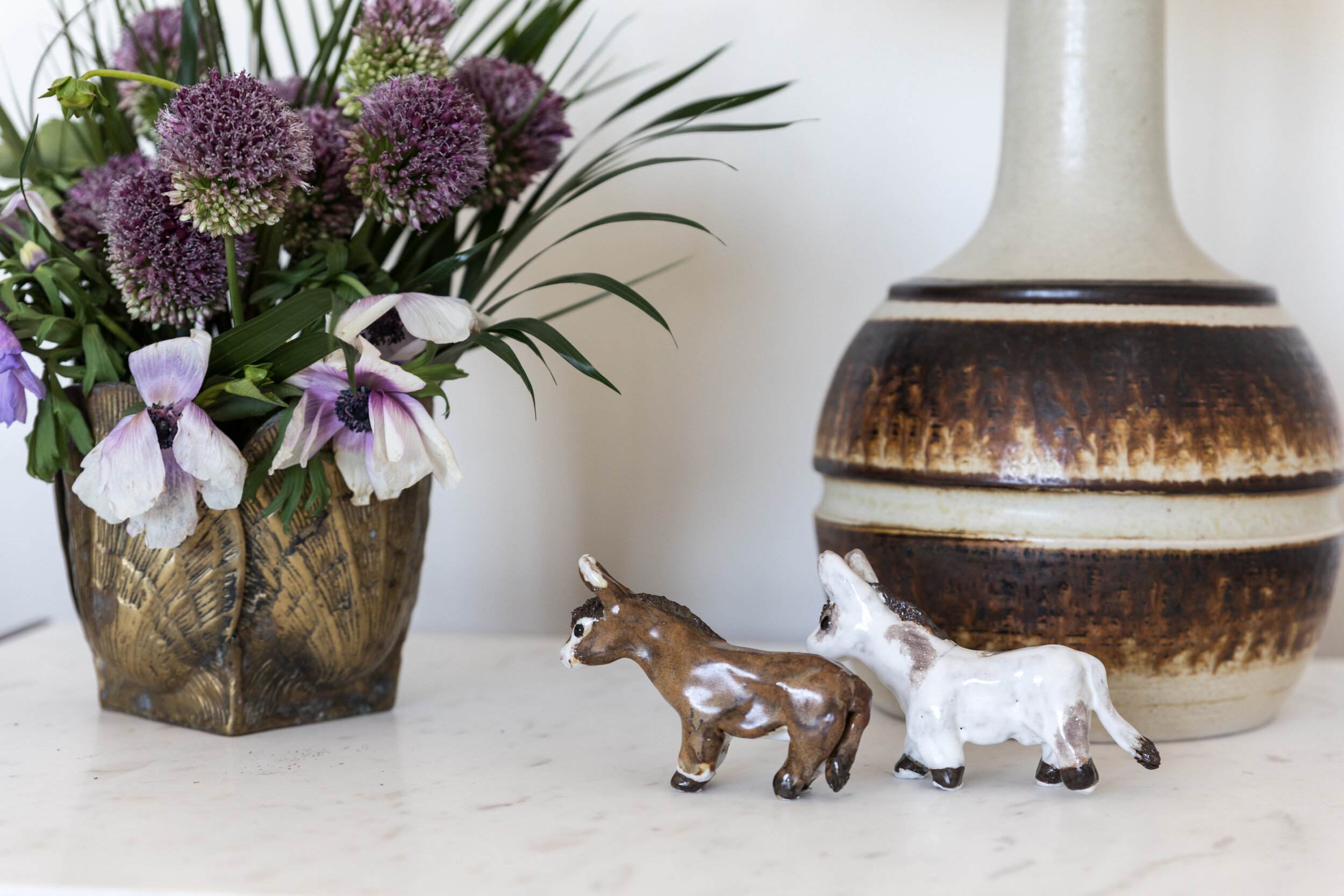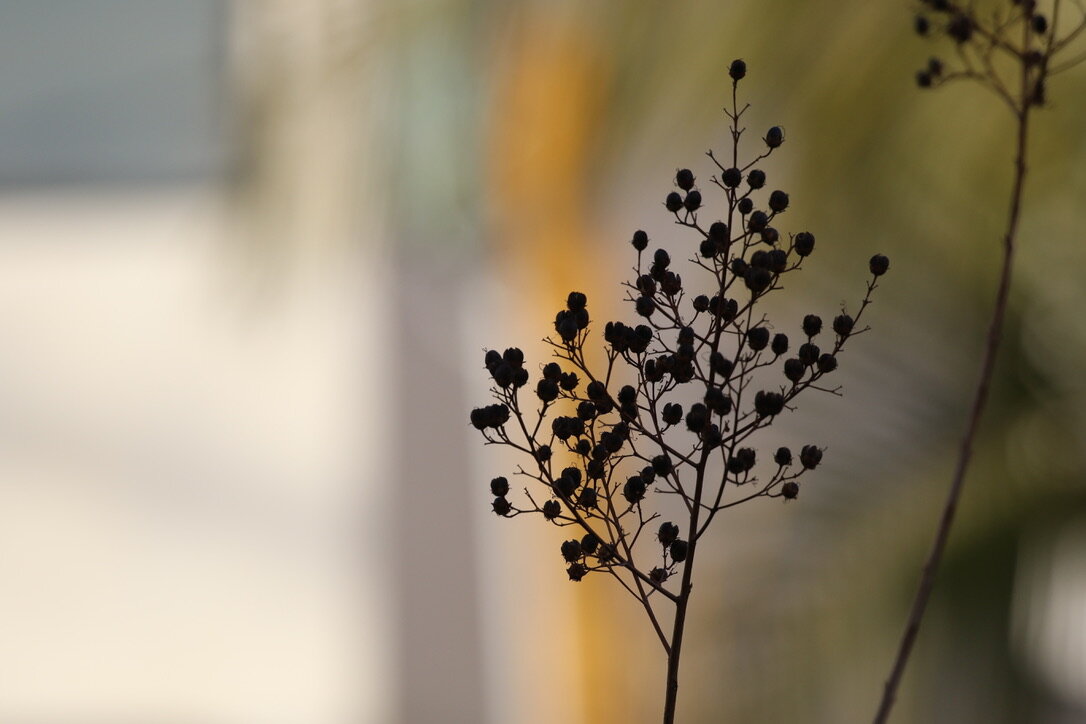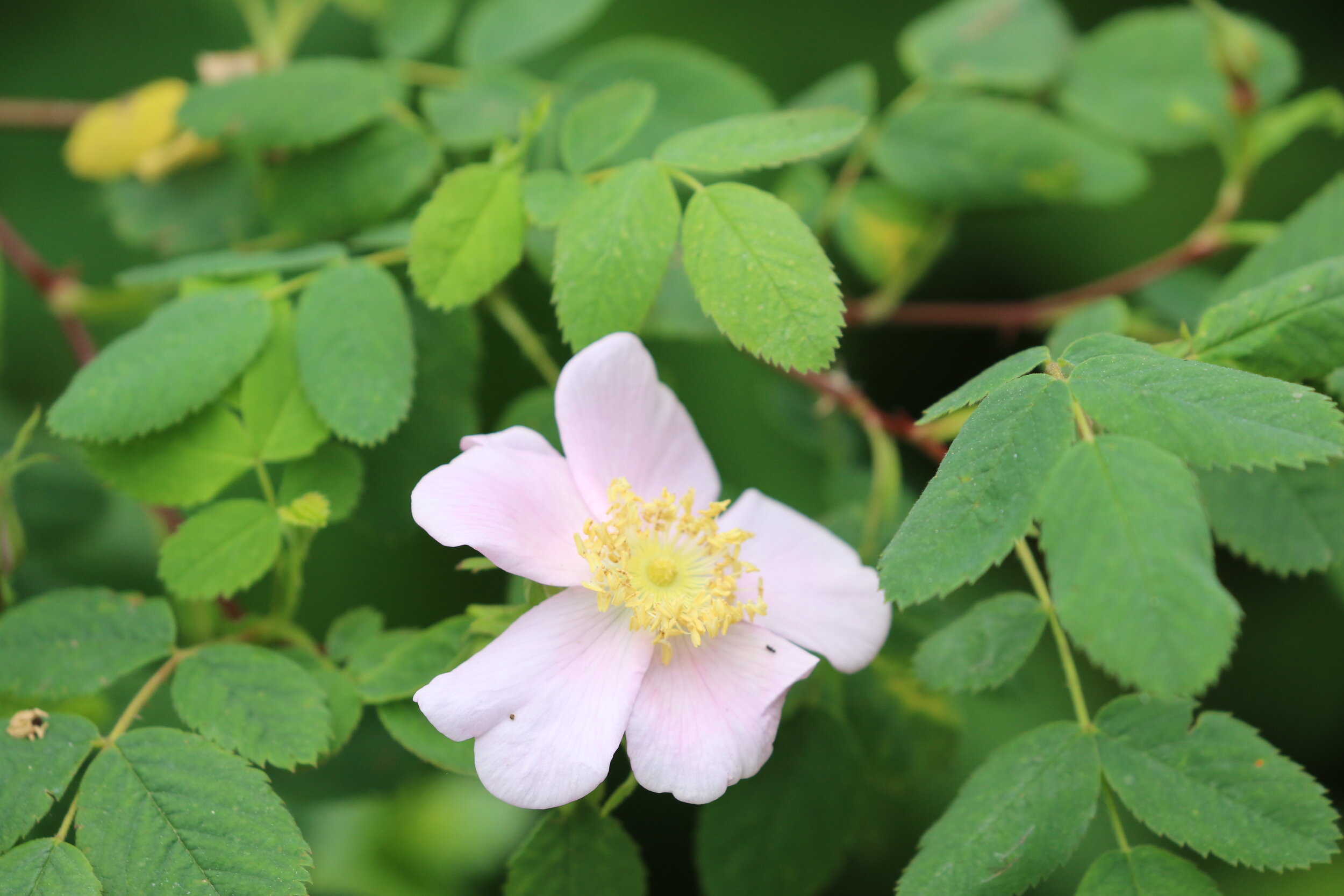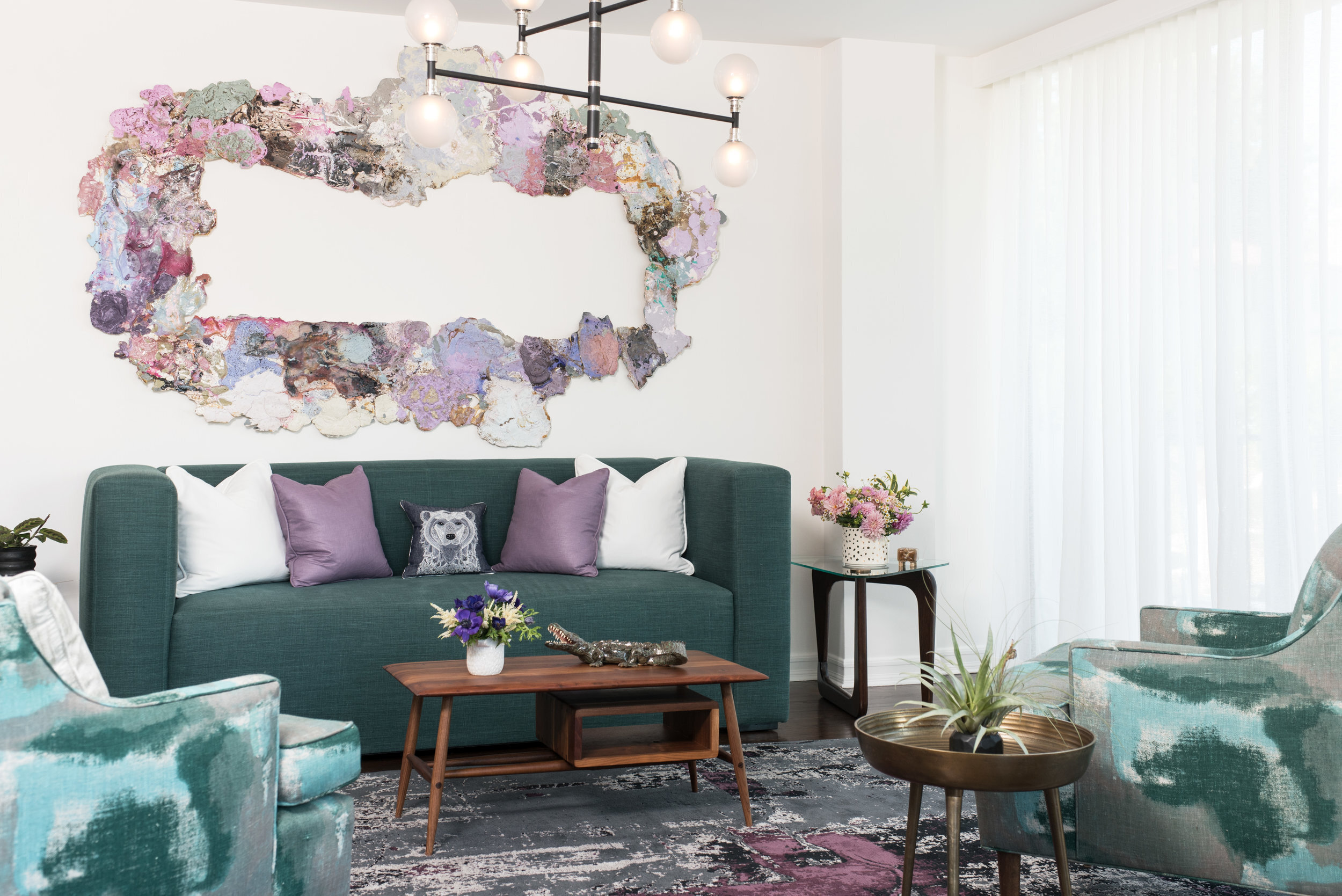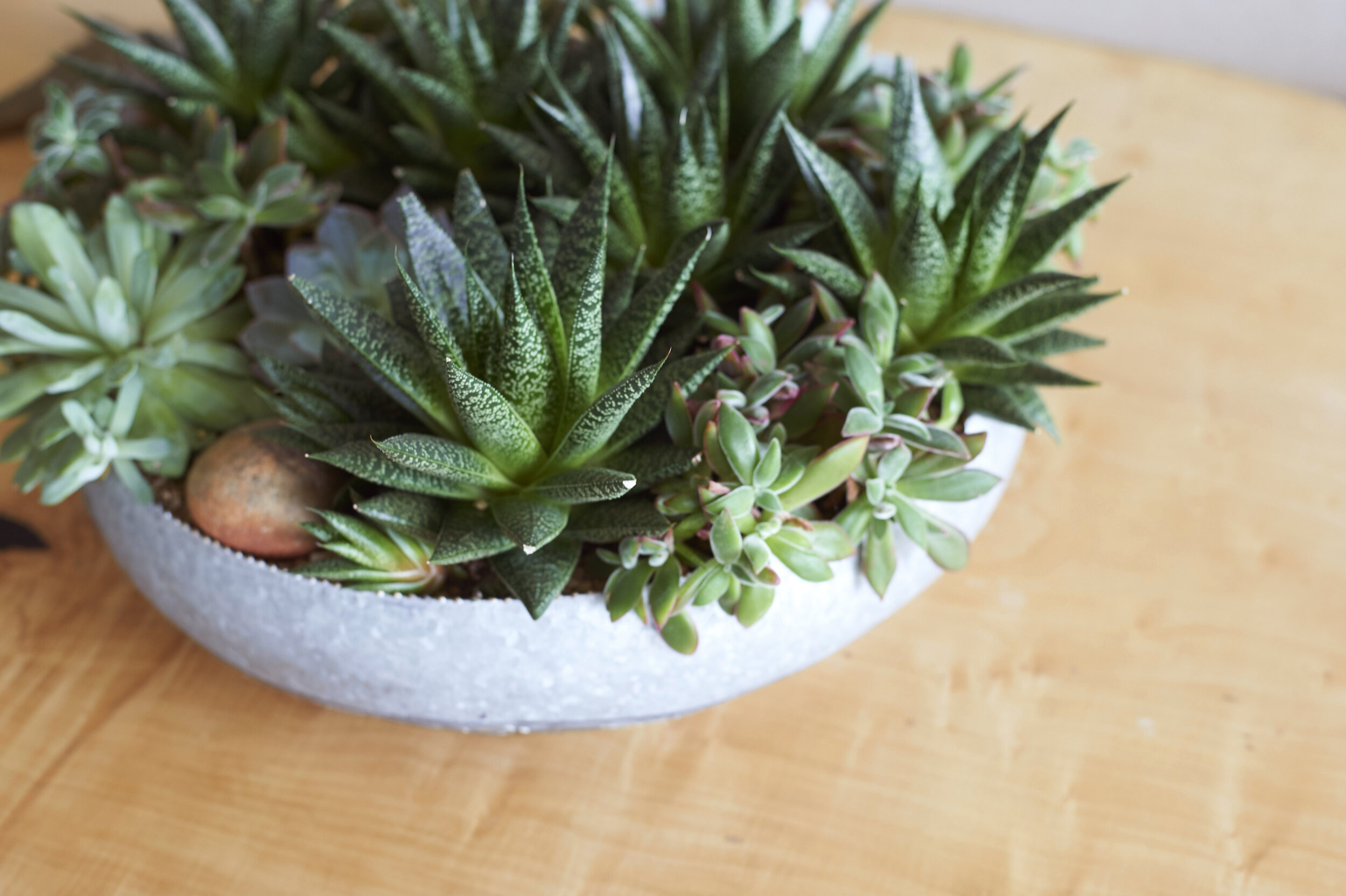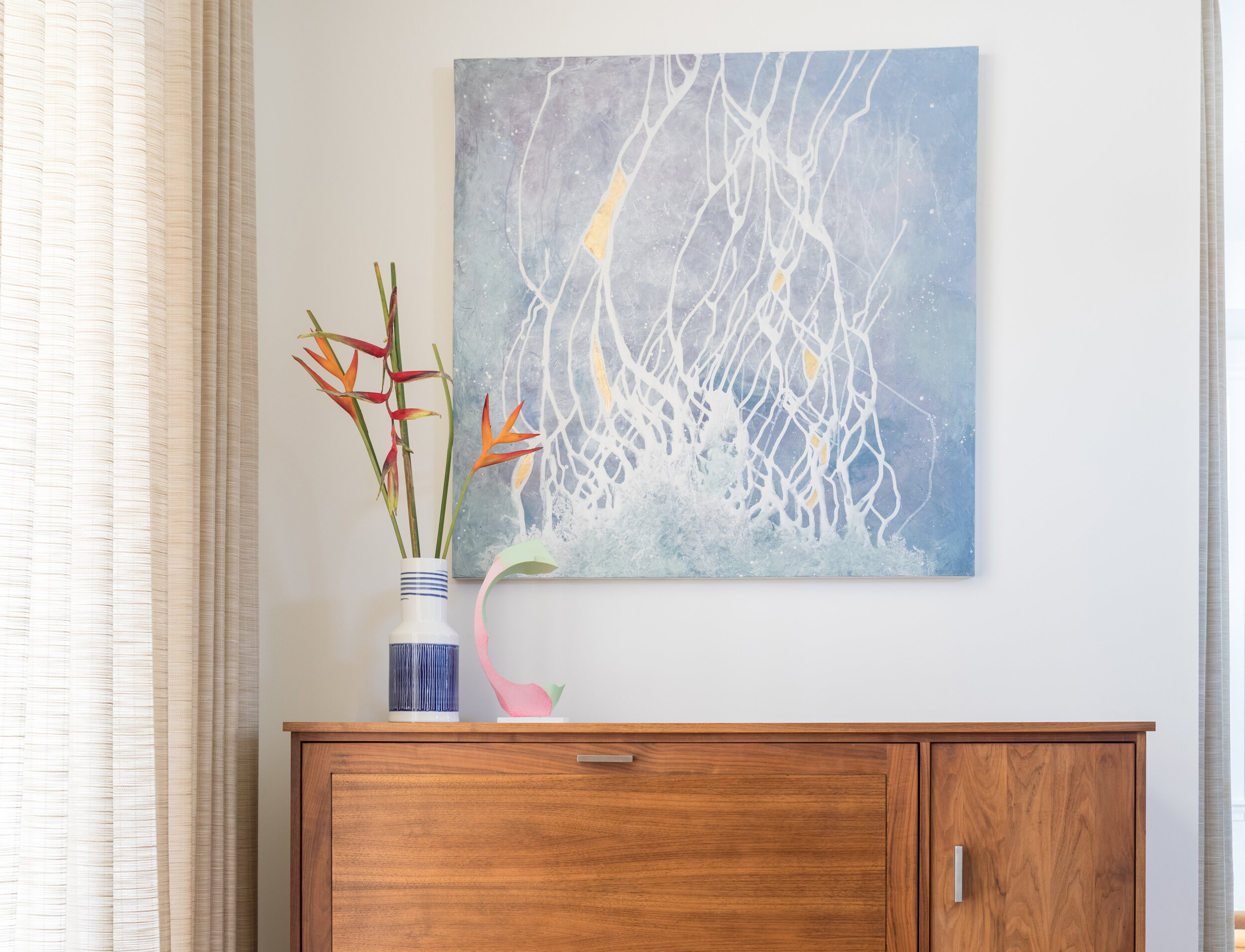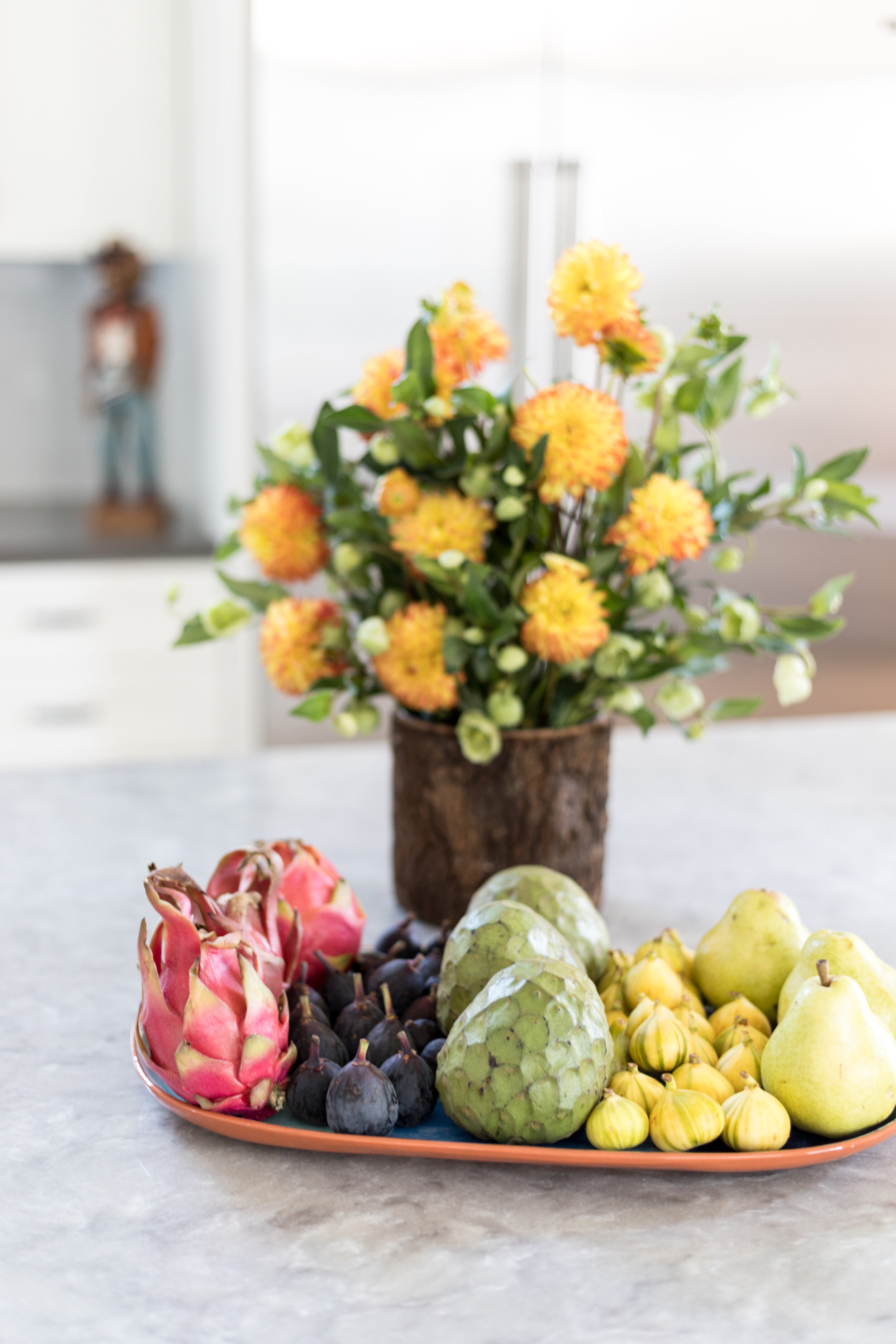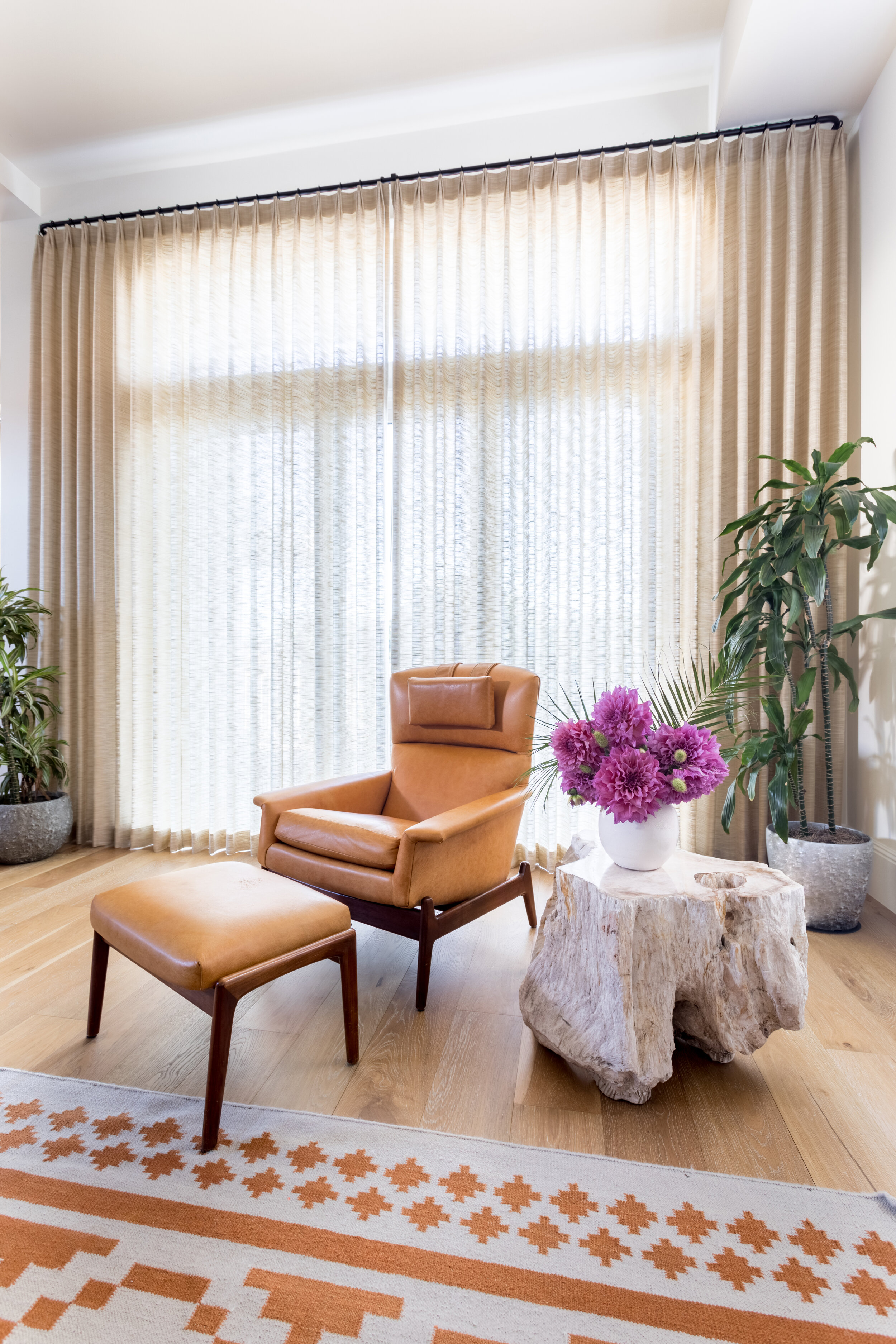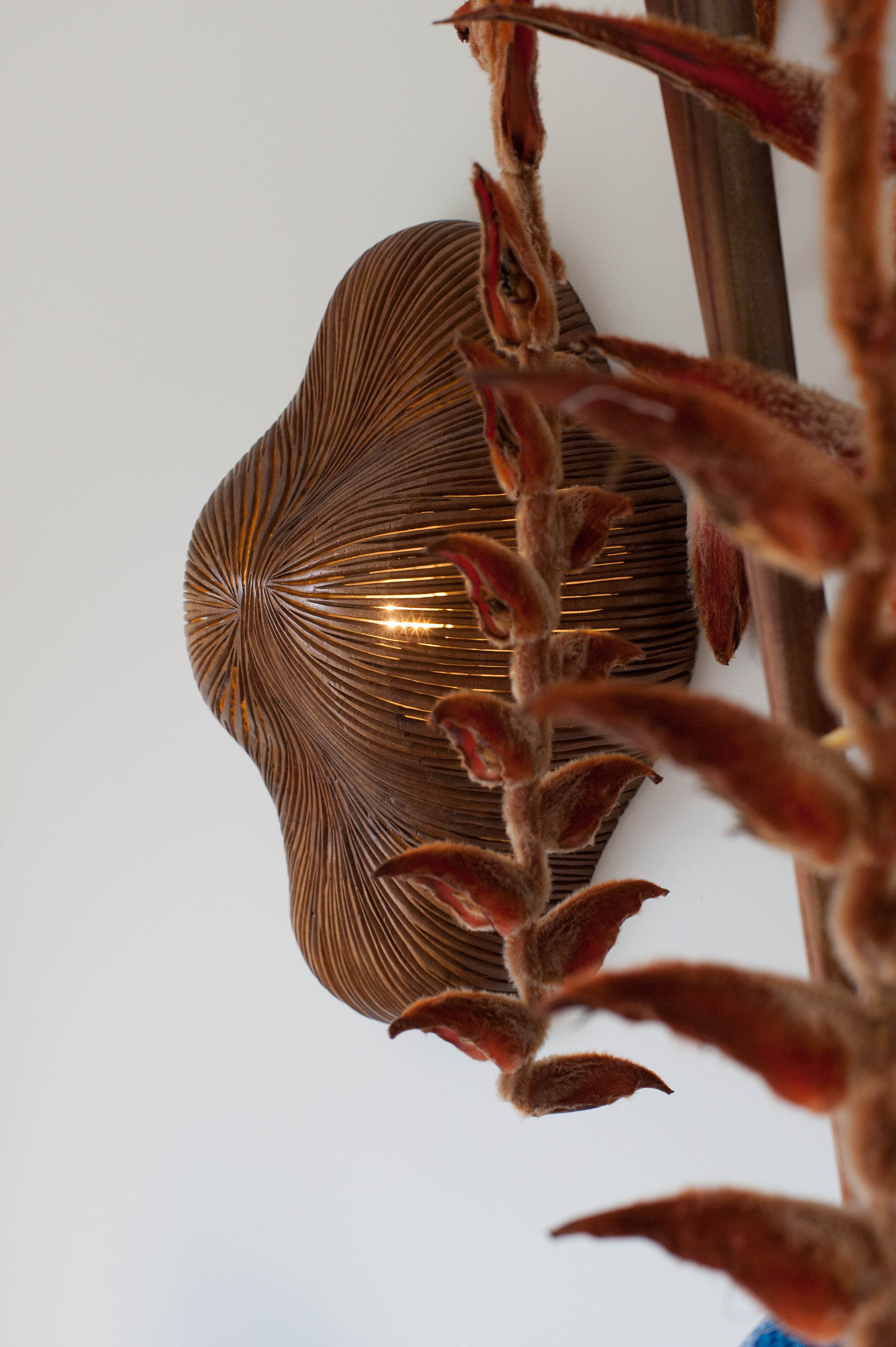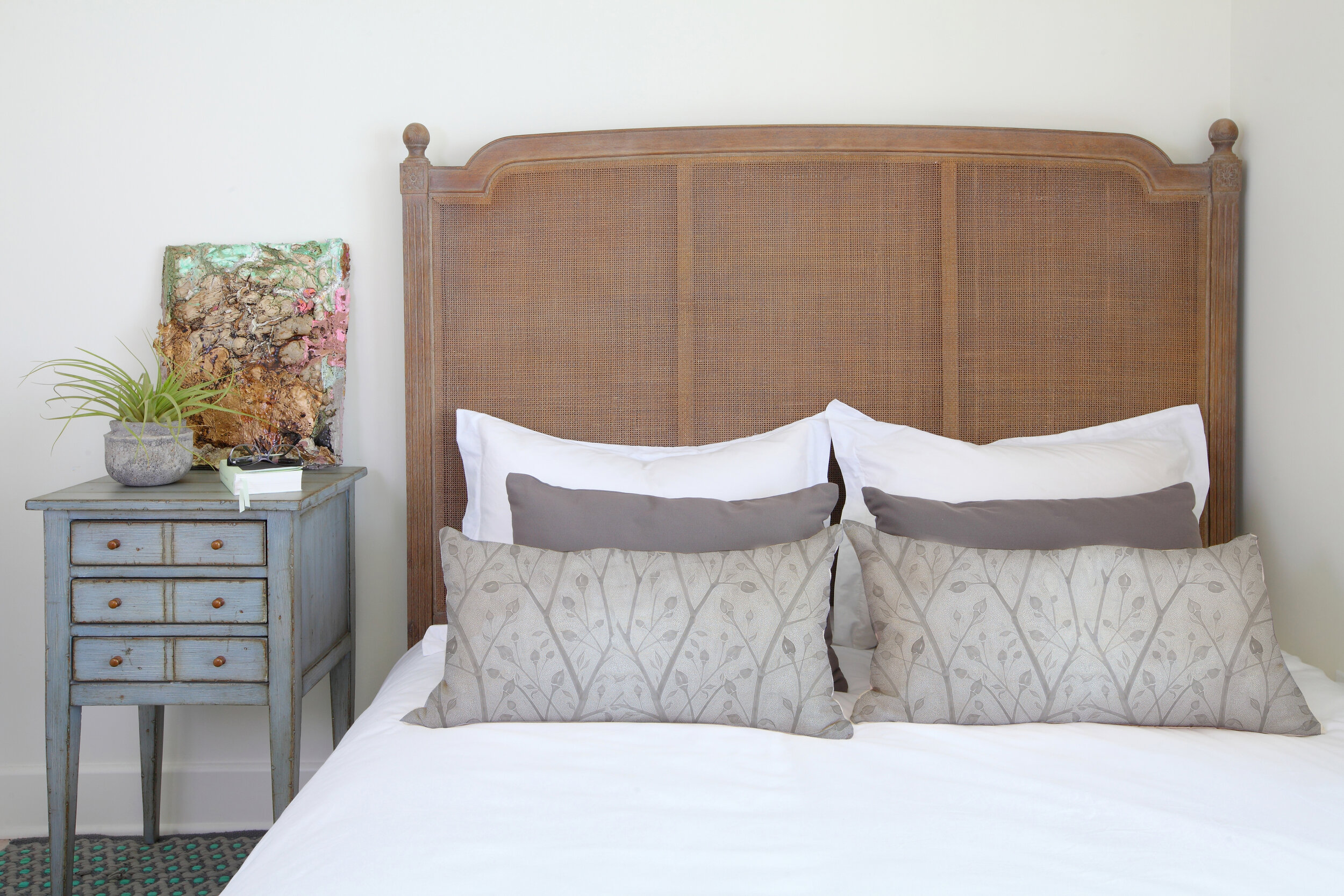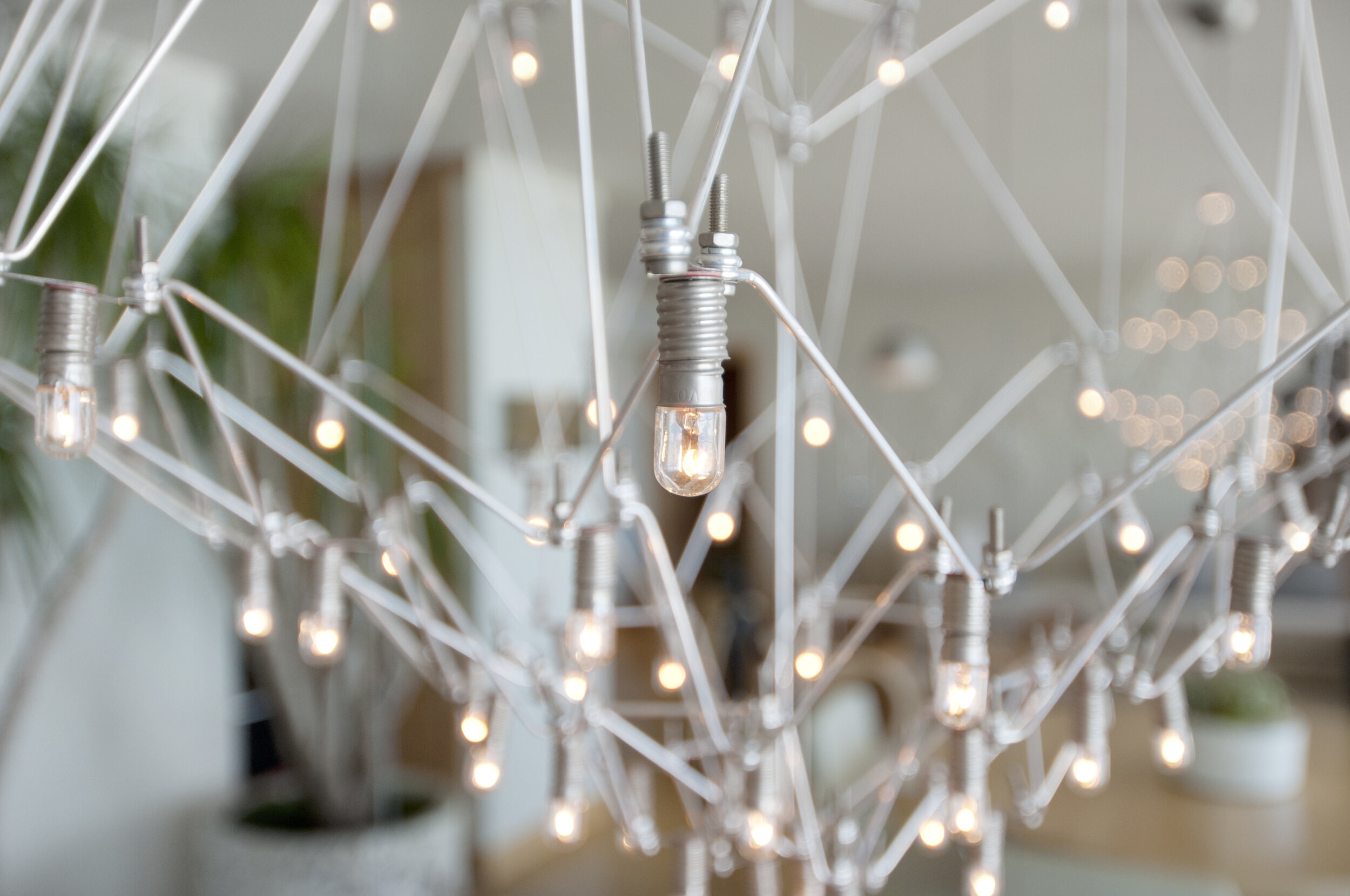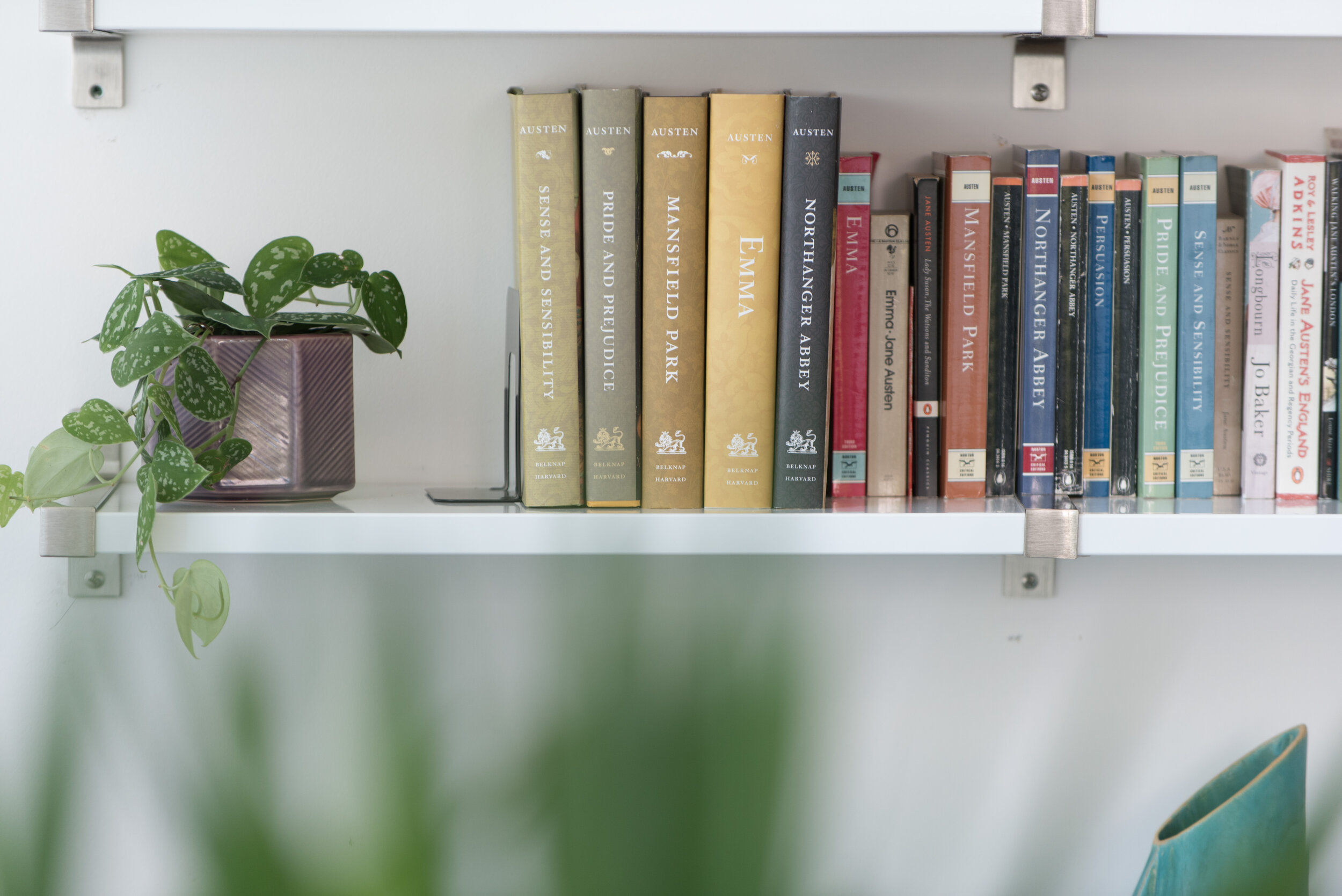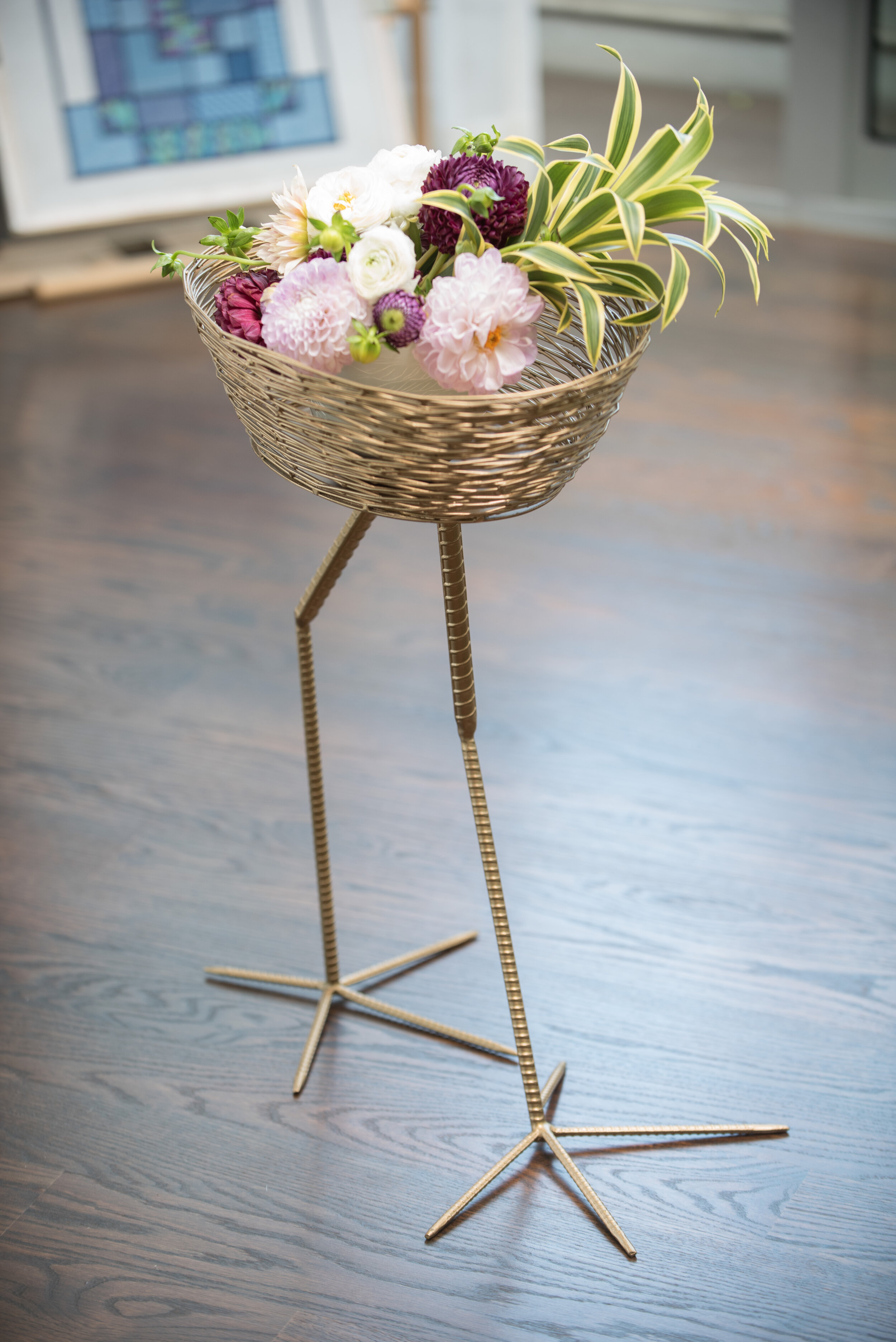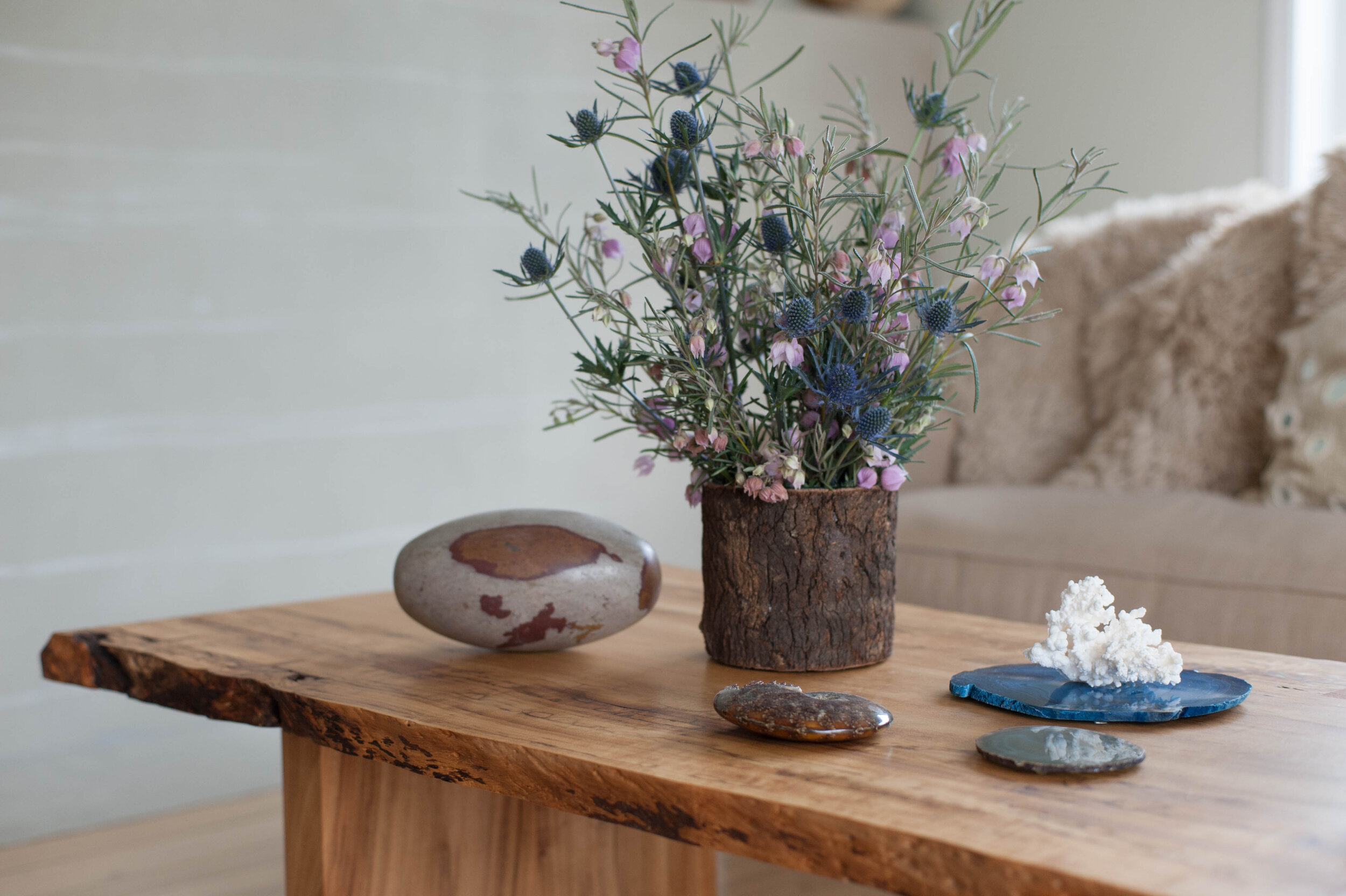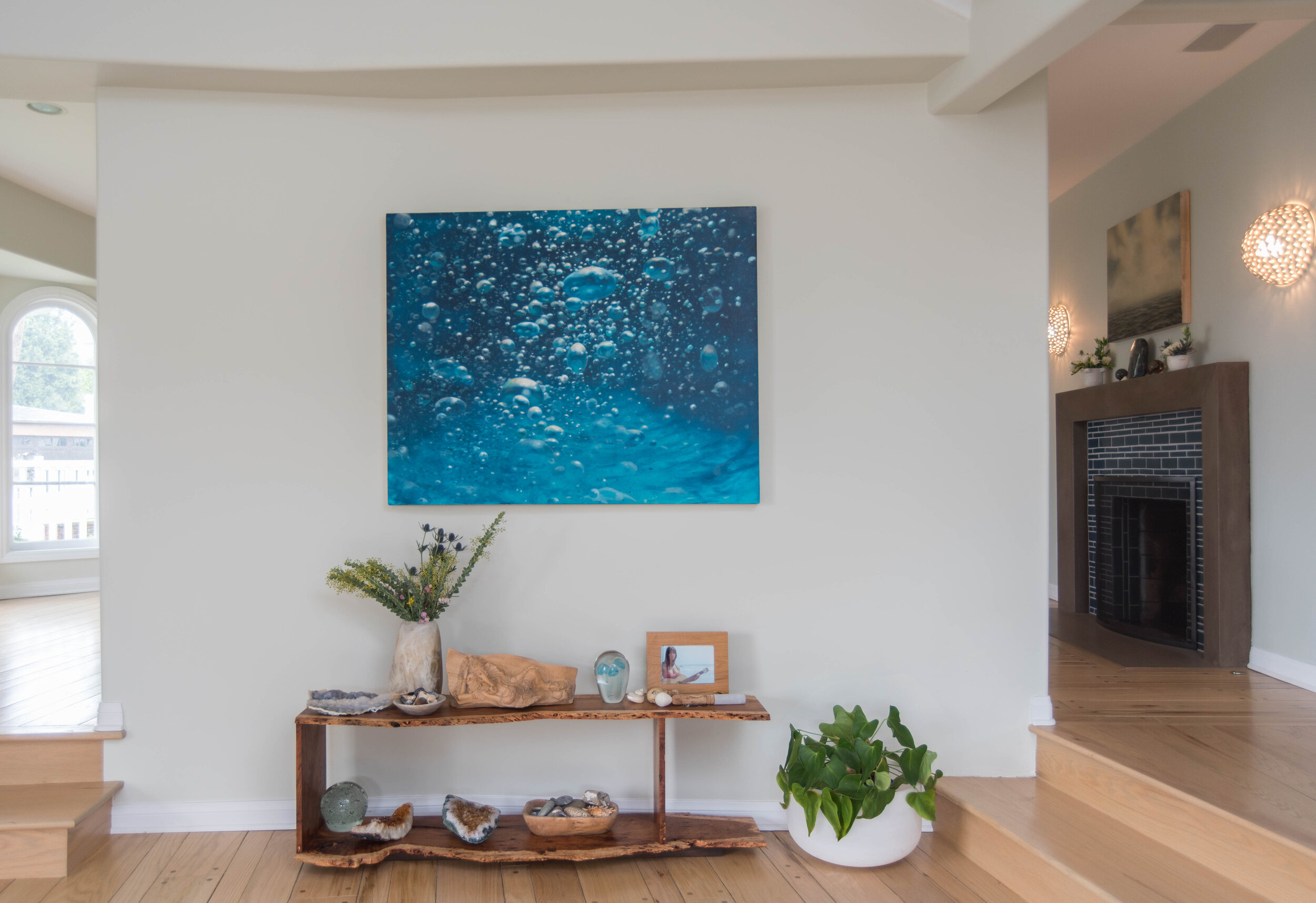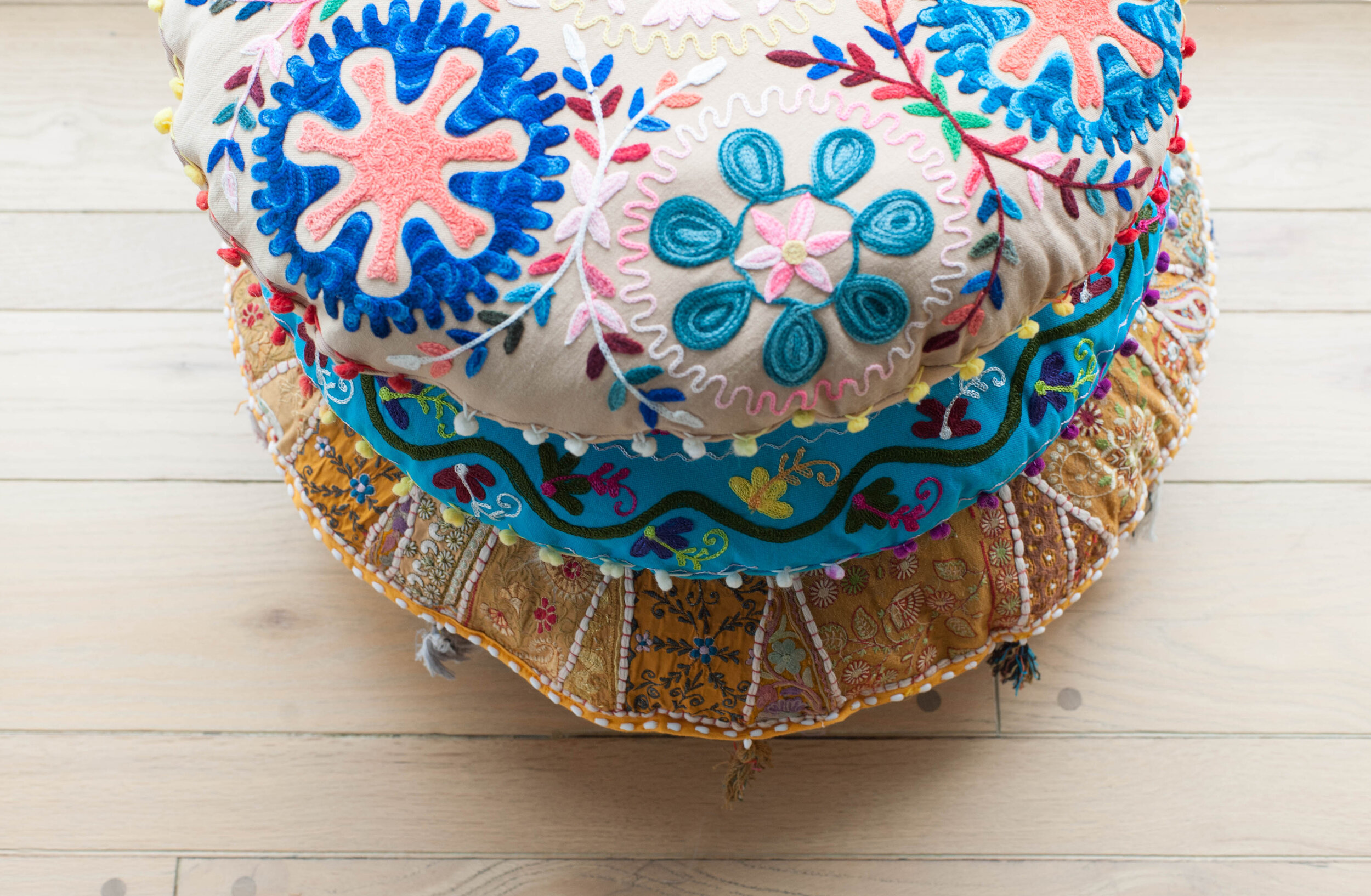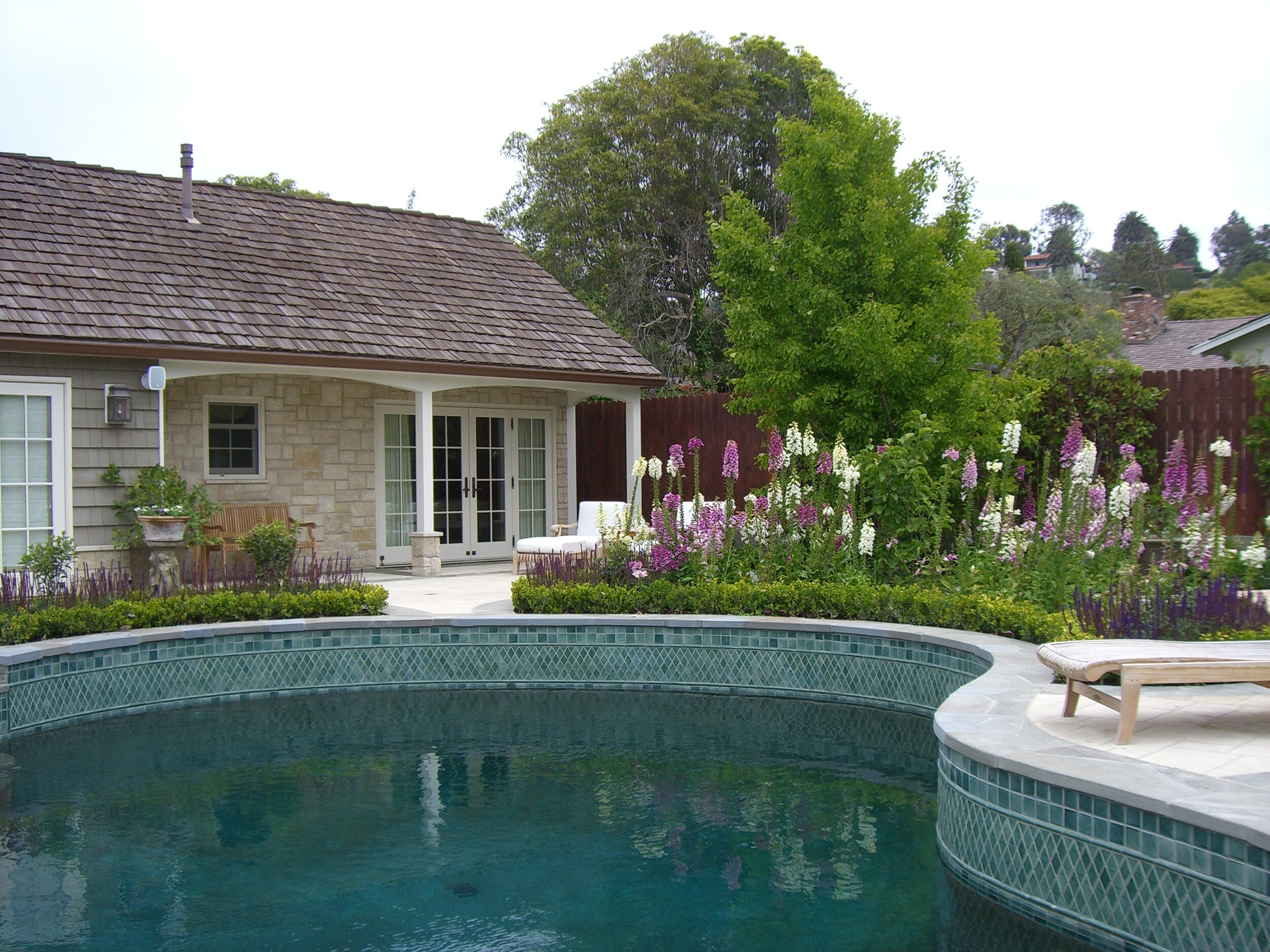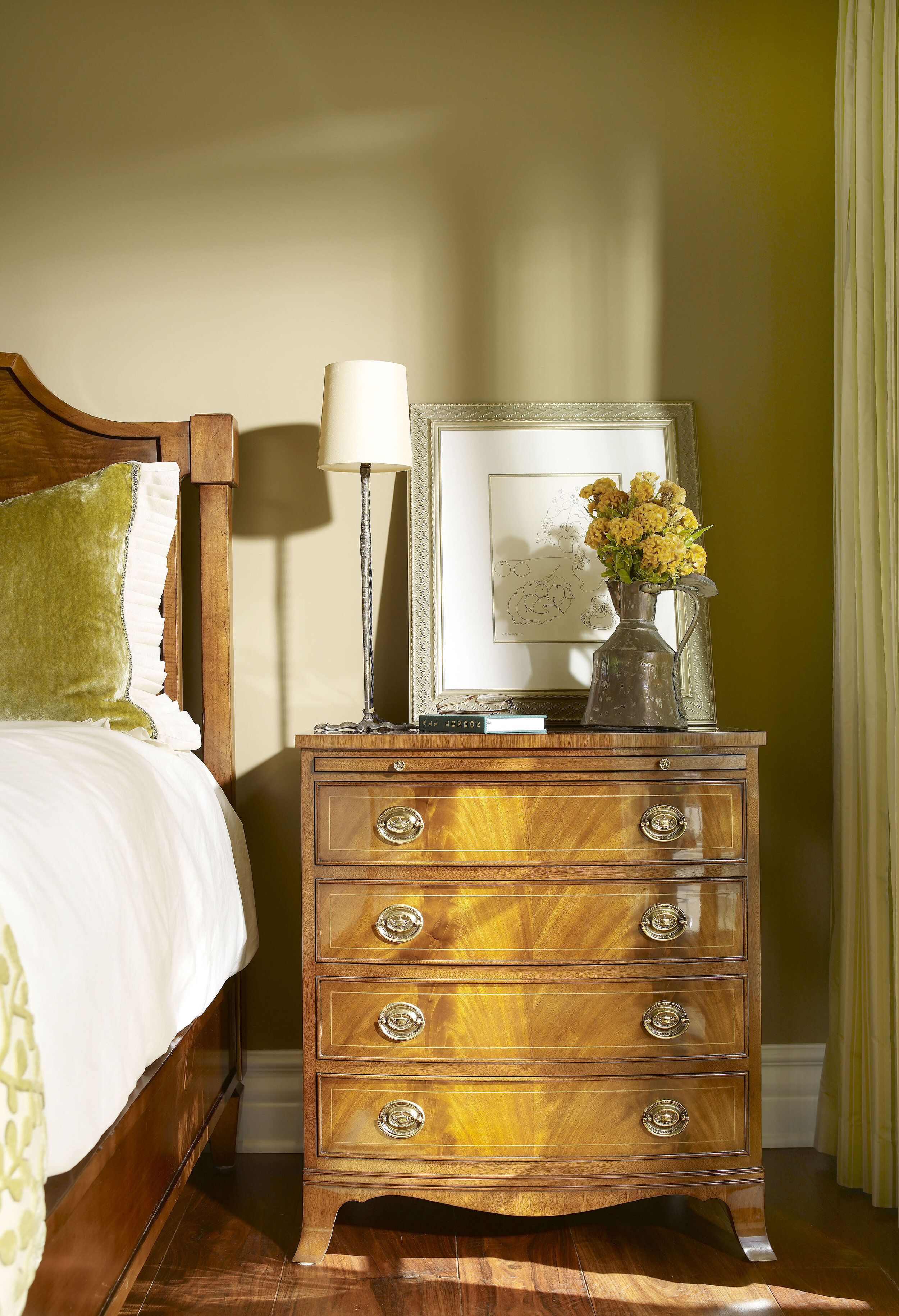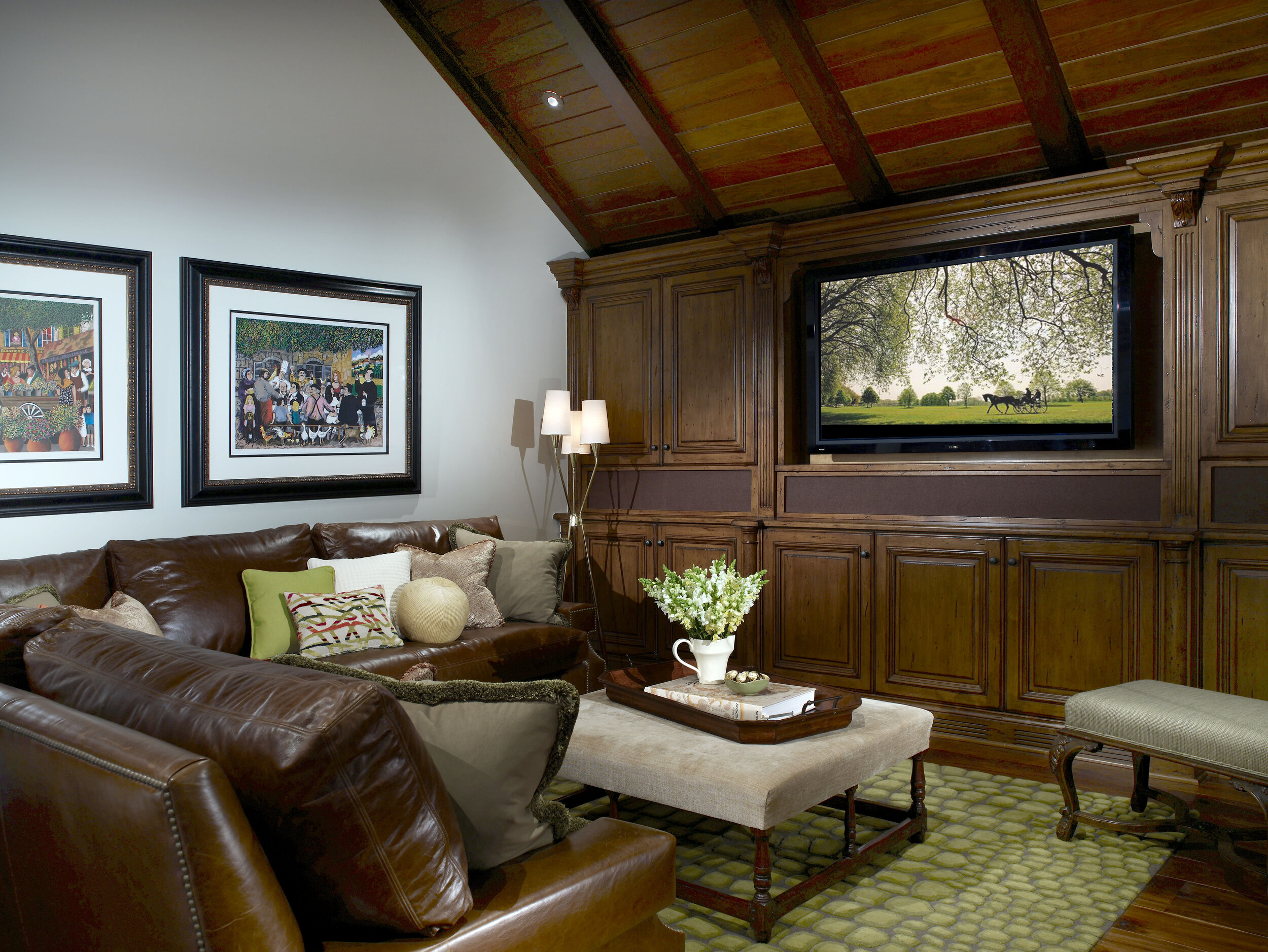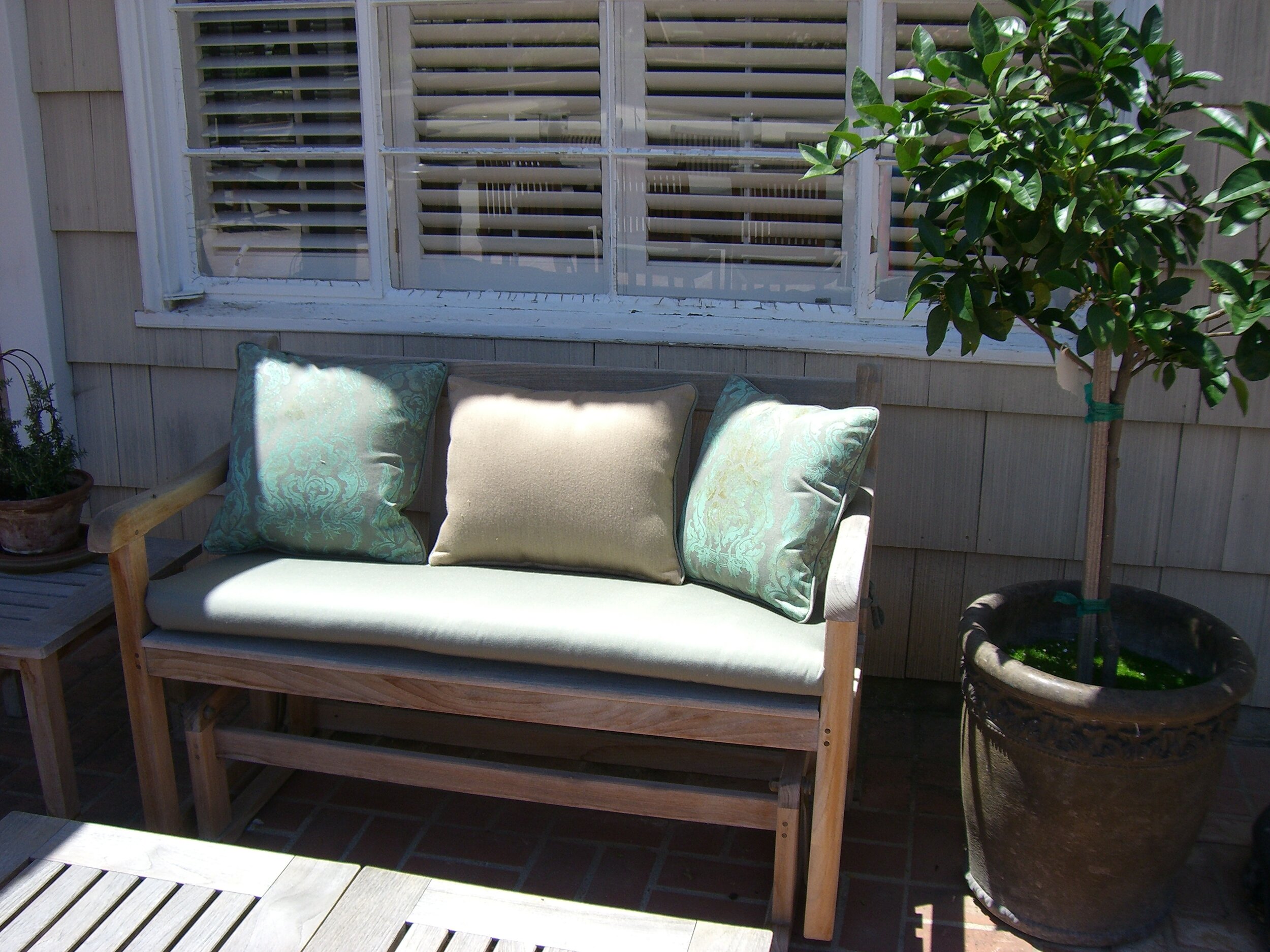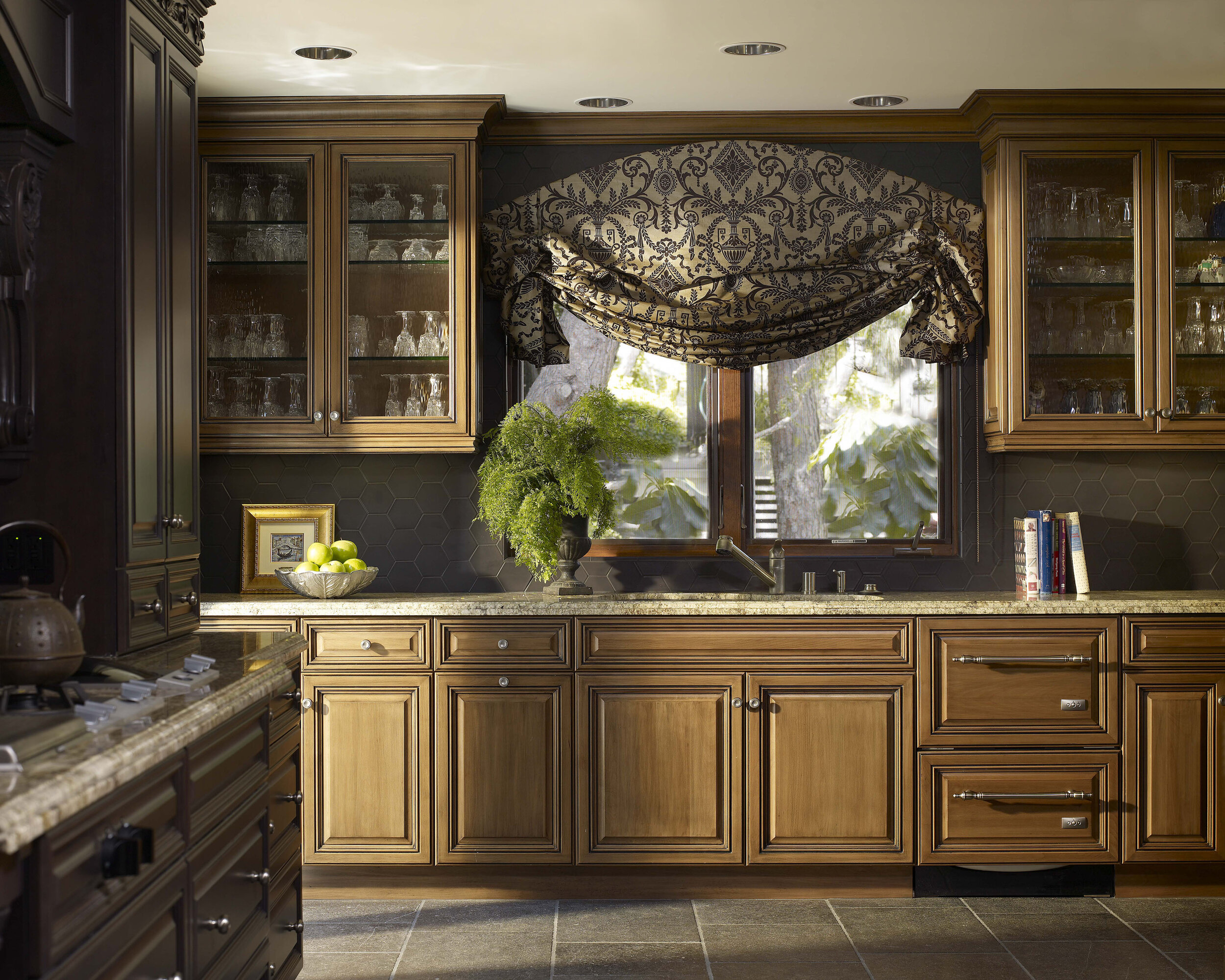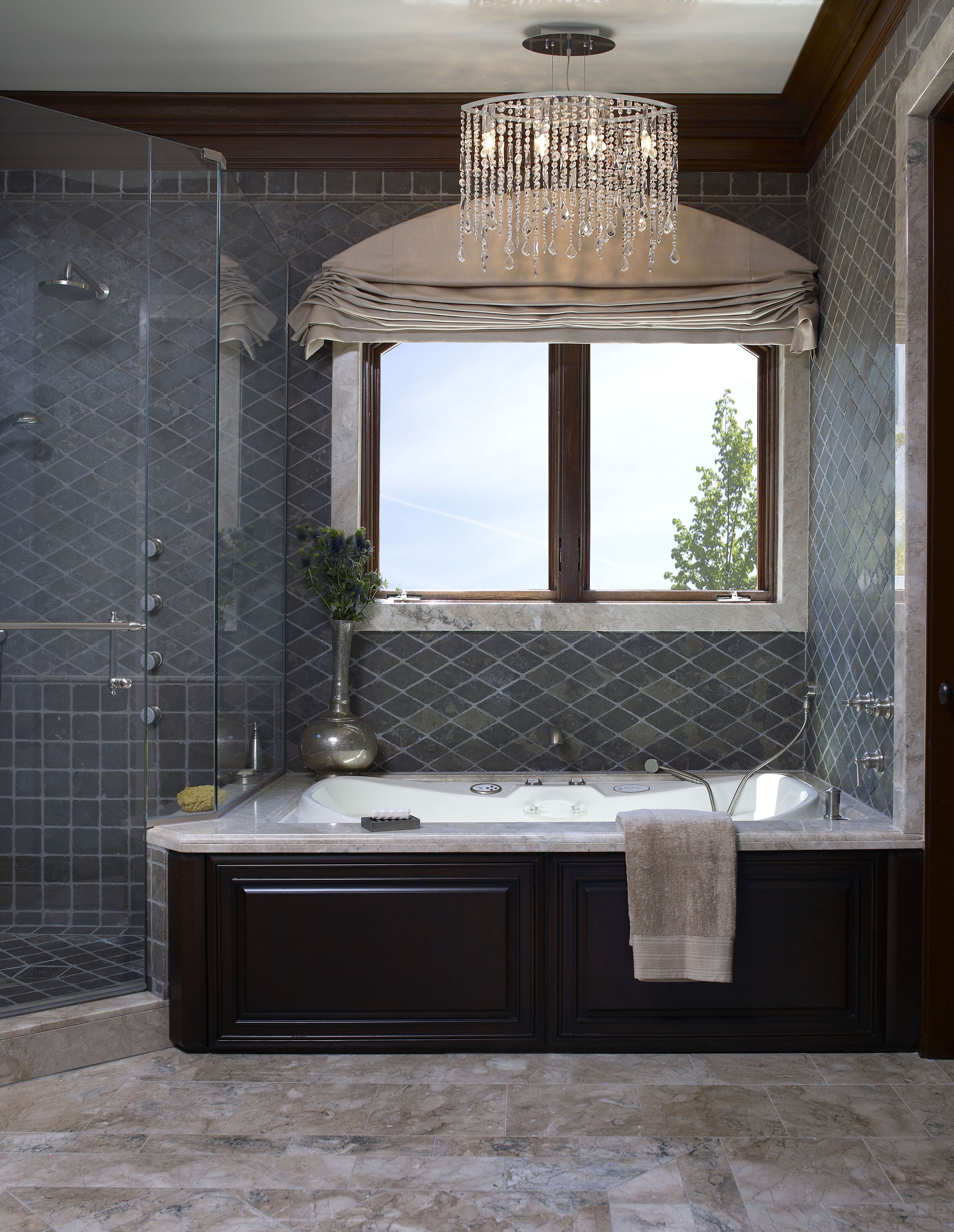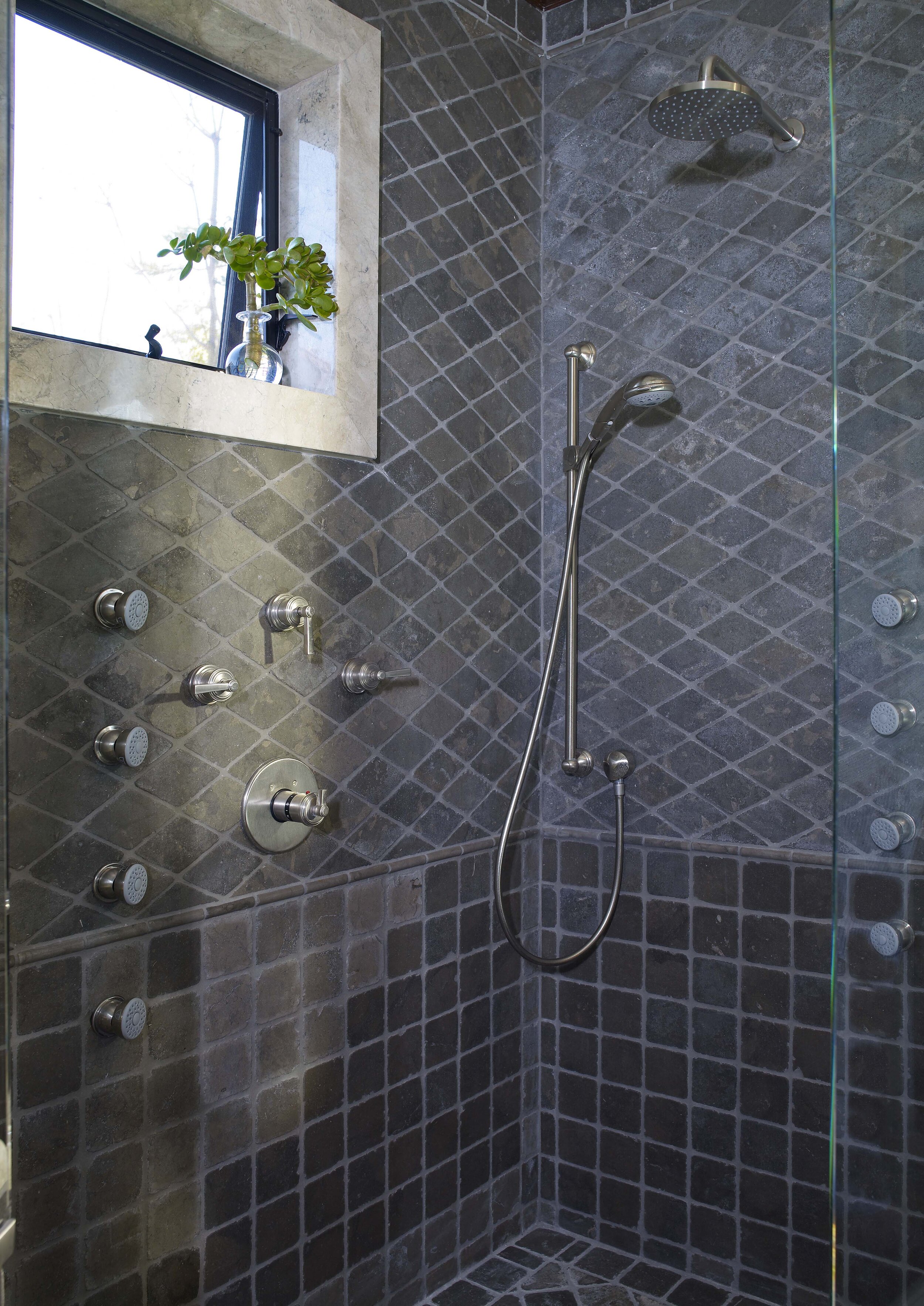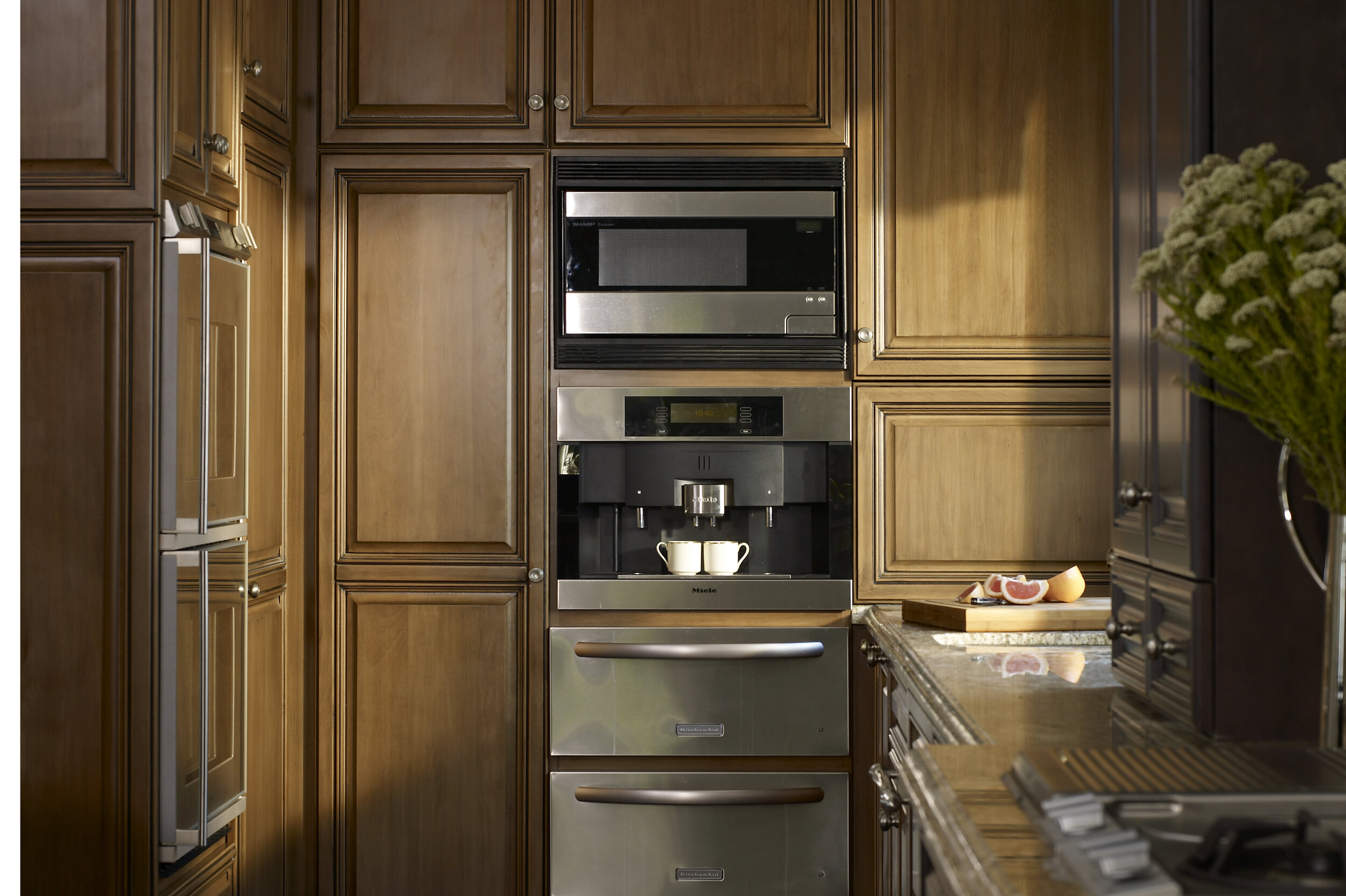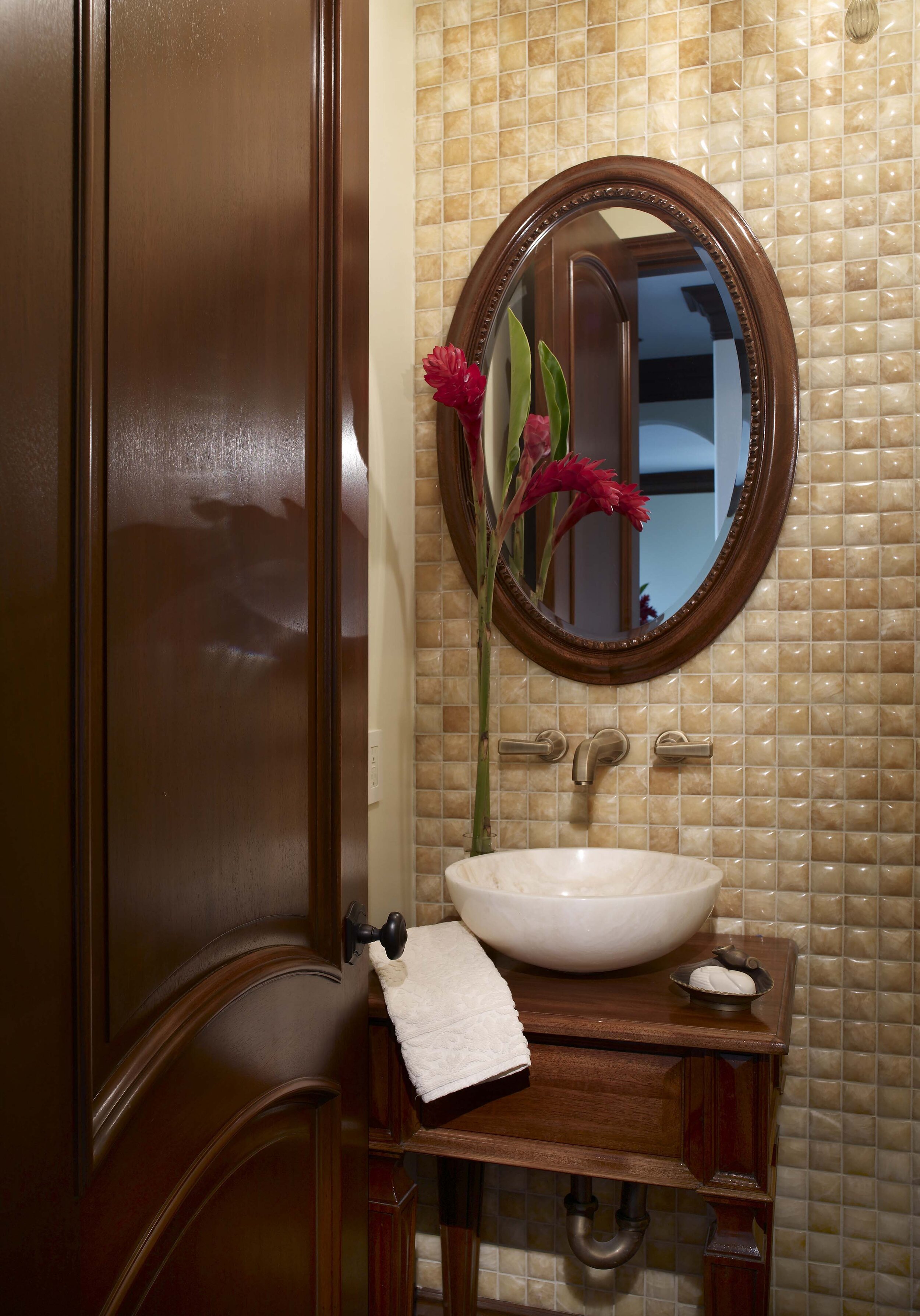Physical Considerations are one of the initial items to evaluate when creating a cosmopolitically inclined vegan home. Ranging from the materials we use to the layout of the space, physical considerations will often have the most prominent and direct effect on our health.
When our studio designs a vegan home, avoiding materials made with animal products is a clear first step. We find it essential to examine all product elements to ensure that the most responsible options are available to our clients.
Many of us are familiar with closely examining ingredient lists and investigating the steps of food production. Vegan home design follows a similar approach, using extensive research, building relationships with local artisans similar to how we might have previously formed relationships with farmers at local markets.
Supporting our client's health goes beyond sourcing vegan products. It's common knowledge that many vegan alternatives are made with synthetic fibers and harmful chemicals that can release volatile organic compounds, polluting indoor air and causing discomfort. Ethically sourcing natural options with low or NO VOCs helps ensure that our home's materials serve our health now and in the future.
While every room is vital in the home design process, I've found that the kitchen is often the most significant space in a supportive environment. Over the years, the most common recurring request is dedicated space to accommodate a large quantity of produce. For some clients this challenge is resolved with a sophisticated combination of under-counter refrigerator drawers combined with wall-mounted baskets and bins for room temperature items. Our household manages with a simple collection of large bowls filled every few days. Integrating produce storage in a visually appealing way can add color (and nature) to our kitchens.
A beautiful and practical walk-in pantry, can serve as a high functioning auxiliary kitchen, this one utilizes a large refrigerator paired with additional freezer drawers and additional storage drawers for dry goods and root vegetables. Ample counter space provides room to work or countertop storage for items that need to be instantly accessible.
A large island provides the client with room to prepare meals and offers additional seating for guests to socialize or assist during food prep. The kitchen layout also encourages views to the exterior and provides a pleasant view whether drinking coffee or cutting vegetables.
A focus on functional kitchen design, supported by natural materials and a connection to the outdoors, can contribute to the ease of healthy food preparation, directly impacting our physical and mental wellbeing.
A consciously designed home that feels mentally supportive incorporates our values into the design process and feels like a joyful expression of our best selves.















